
- 비주얼 이팩트 감독 Visual Effects Supervisor : Jamie Price
- 이팩트 애니메이터 Effects Animator : Hal Hickel
- 컨셉 아티스트 : Wayne Barlowe, TyRuben Ellingson, Francisco Ruiz Velasco, Guy Davis
- 컨셉 아티스트 : Allen Williamsm, Keith Thompson
- 컨셉 조형 : David Meng, Simon Lee
- 프로덕션 디자이너 : Andrew Neskoromny
- 원형 : Joey Orosco, Mario Torres
- 렌더링 : Simon Webber
- 의상 디자이너 Costume designer : Kate Hawley
Doug Williams (Concept Art)
Rob McCallum (Storyboard)
Stephen Schirle (Concept Art)
Hugo Martin (Concept Art)
Francisco Ruiz Velasco (Concept Art)
Oscar Chichoni (Concept Art)
Raul Monge (Concept Art)
Carlos Salgado (Concept Art)
Casey Love (paint)
Russ Lukich (paint)
Spectral Motion : Mike Elizalde, Alex Palma
Industrial Light and Magic (ILM)
Axehead (Trespasser)


(Left) Axehead의 기본 외형 / (Right) Axehead의 입 내부 생물 발광 표시
영화 도입부에서만 볼 수 있는 괴수이다. 포효할때 입 내부에서 발광하는 빛이 엿보이는 이 괴수는 전반적인 크리쳐 디자인 스타일을 소개하는 역할이다. 이팩트 애니메이터 Hal Hickel은 말한다 "일종의 내부 생물 발광이죠. 그들 다수가 피부에 생물 발광 표시가 있습니다.".
Baby Kaiju
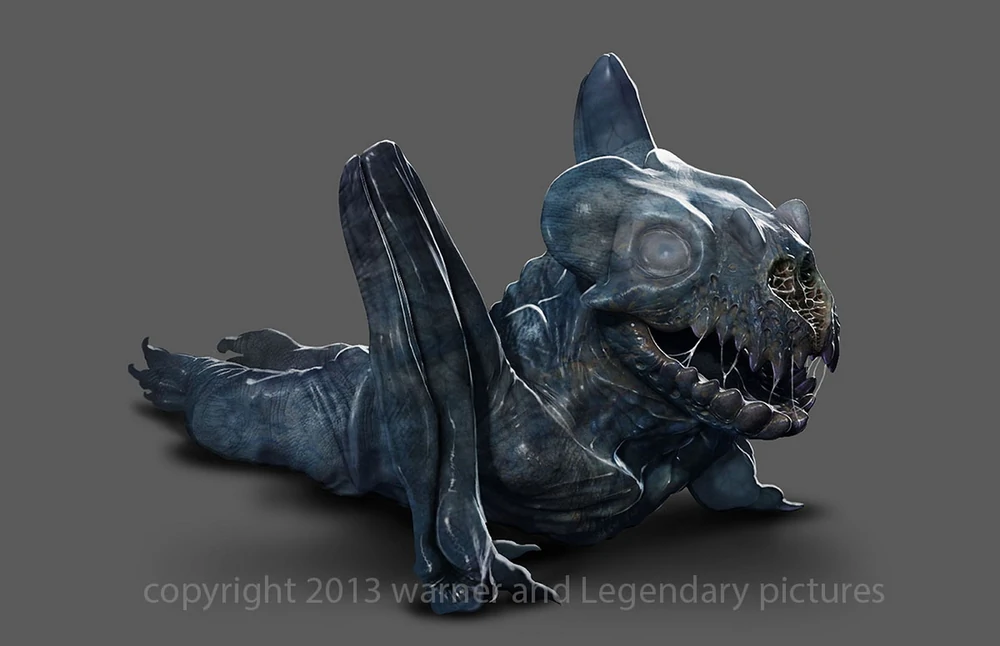
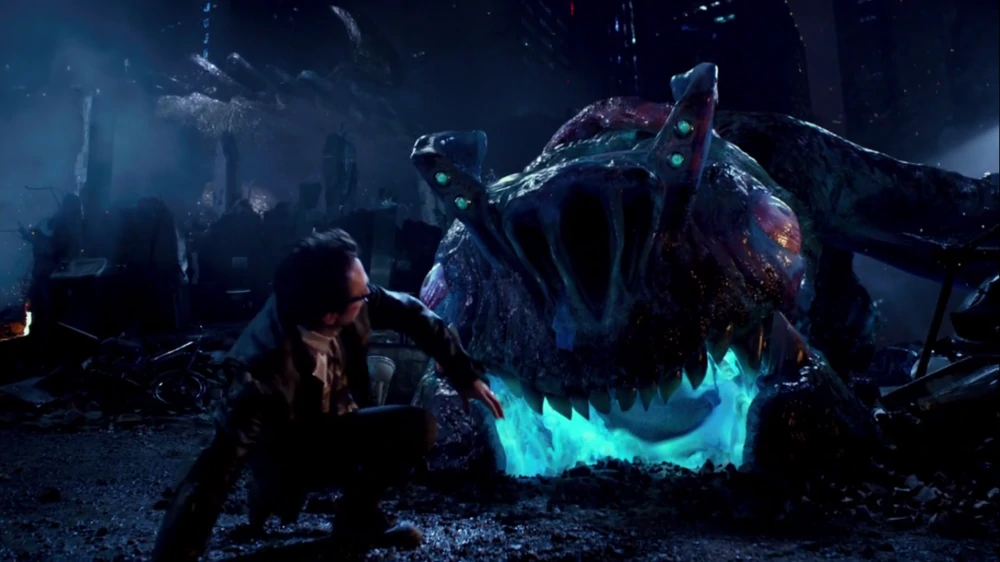
(Left) Francisco Ruiz Velasco의 초기 컨셉안 / ( Right) Baby Kaiju의 영화 속 구현 장면
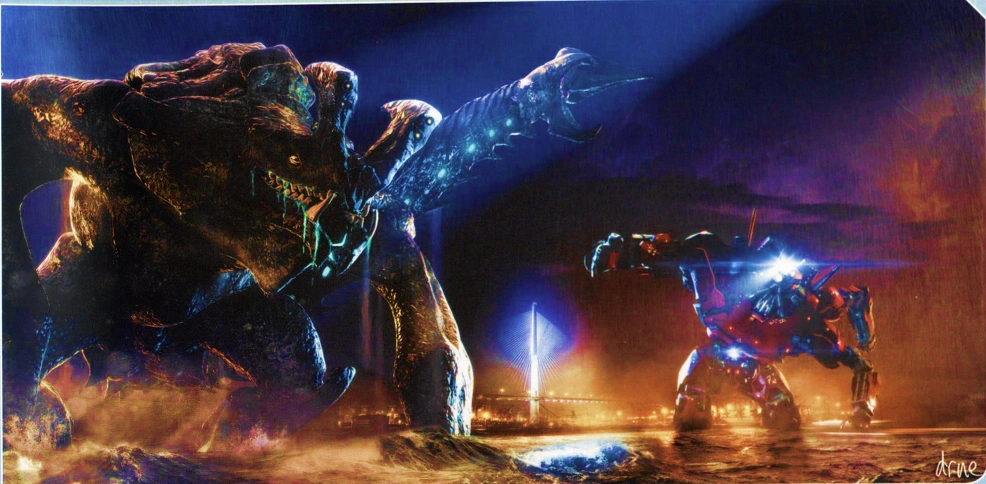
성체 Otachi의 외형
홍콩 장면에서 등장하는 아기 괴수는 Otachi의 후손이다. 그래서 디자인 또한 부모의 것을 역산하는 방식으로 만들어졌다. 아기 괴수는 기예르모 델토로의 초현실주의 스타일을 가장 생생하게 보여준 영화적 요소이다. "이 괴물에게 무시무시하면서도 호기심이 많고 약간은 귀엽고 매력적인 순간을 부여했다. 초현실주의는 병치에서 비롯된다. 랍스터 위에 올려신 달리의 전화기. 불필요해 보이는 요소들이 필요성을 만들어낸다.". 큰 눈에 비례하는 큰 머리를 같고 있는 이 '강아지 같은' 생물체에 대해서 델토르는 "끔찍하게 귀엽다"고 덧붙인다. "우리는 특별함을 부여하기 위해서 투명함과 무지개색이라는 2가지 특성을 적용했다. 반투명한 피부는 진주처럼 빛 나지만 두더지 쥐나 이집트 고양이처럼 주름져 있다." Hickel은 아기 생물을 애니메이션화하는 것은 특히 복잡하다고 말한다. "모든 움직임과 작은 설정을 창조해야 되는 애니메이터 입장에서 복잡한 디자인은 가장 까다로운 작업이다."
Hardship (Bowser)
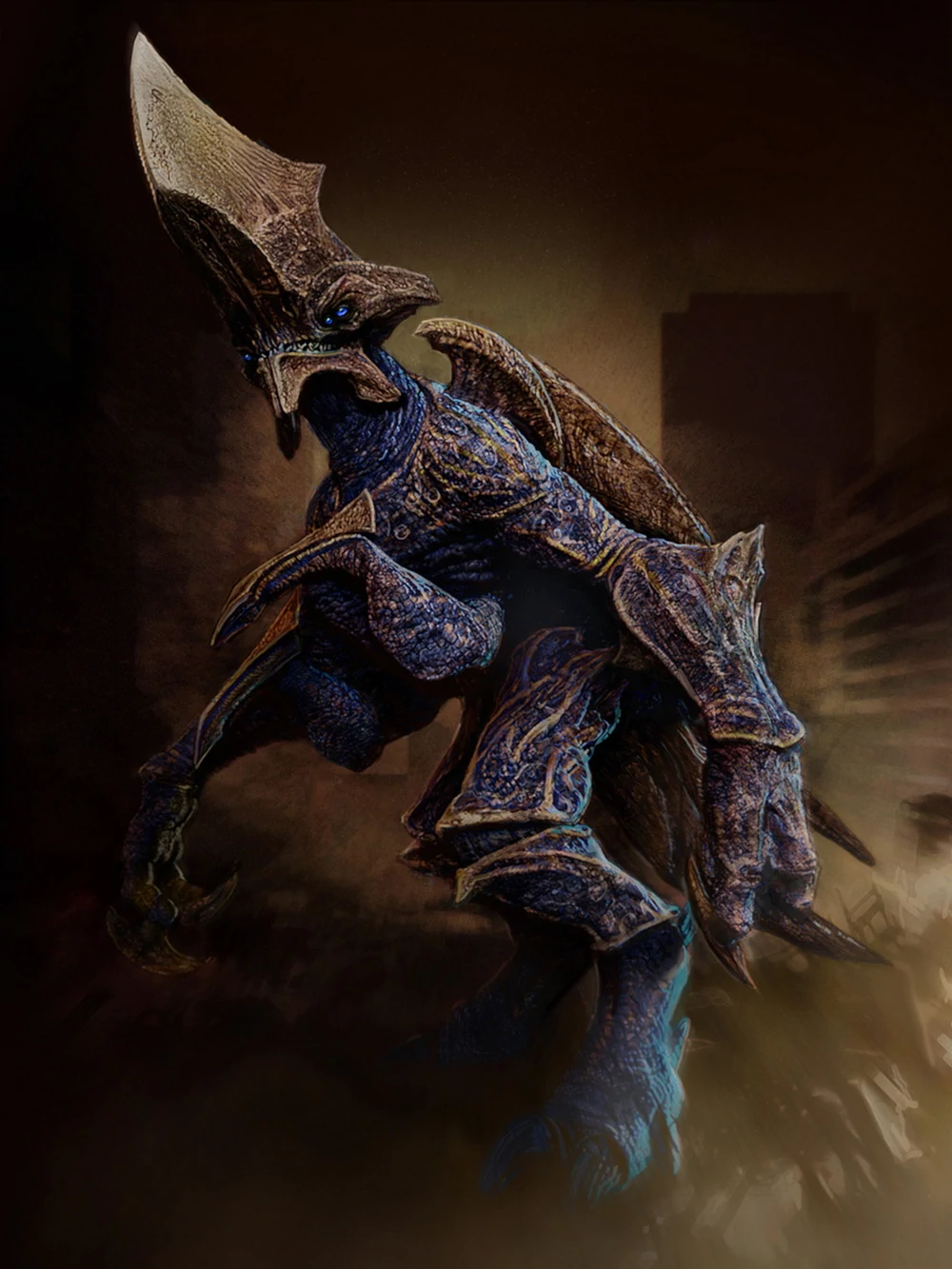
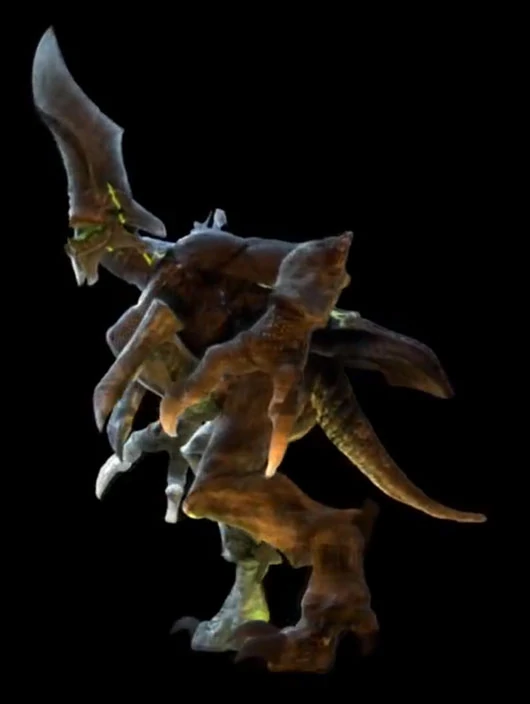
(Left) Bladehead(Mutavore)의 초기 컨셉안 / (RIght) Harship 외형은 Mutavore 디벨롭 과정에서 분리 발전했다
특정 디자인은 다른 케릭터의 초기 컨셉에서 파생되었다. 프롤로그에서 잠깐 등장하는 Harship은 아랫턱의 뚜렷한 돌출 부분이 특징이다. Simon Webber가 디자인한 이 괴수는 원래 시드니 반 괴수 방벽을 부수는 Mutavore 였지만 개발 과정에서 독립적인 디자인으로 발전했다. 영화 내에서 이름을 받기 전까지 Bowser라는 별명이 붙었다.
Karloff
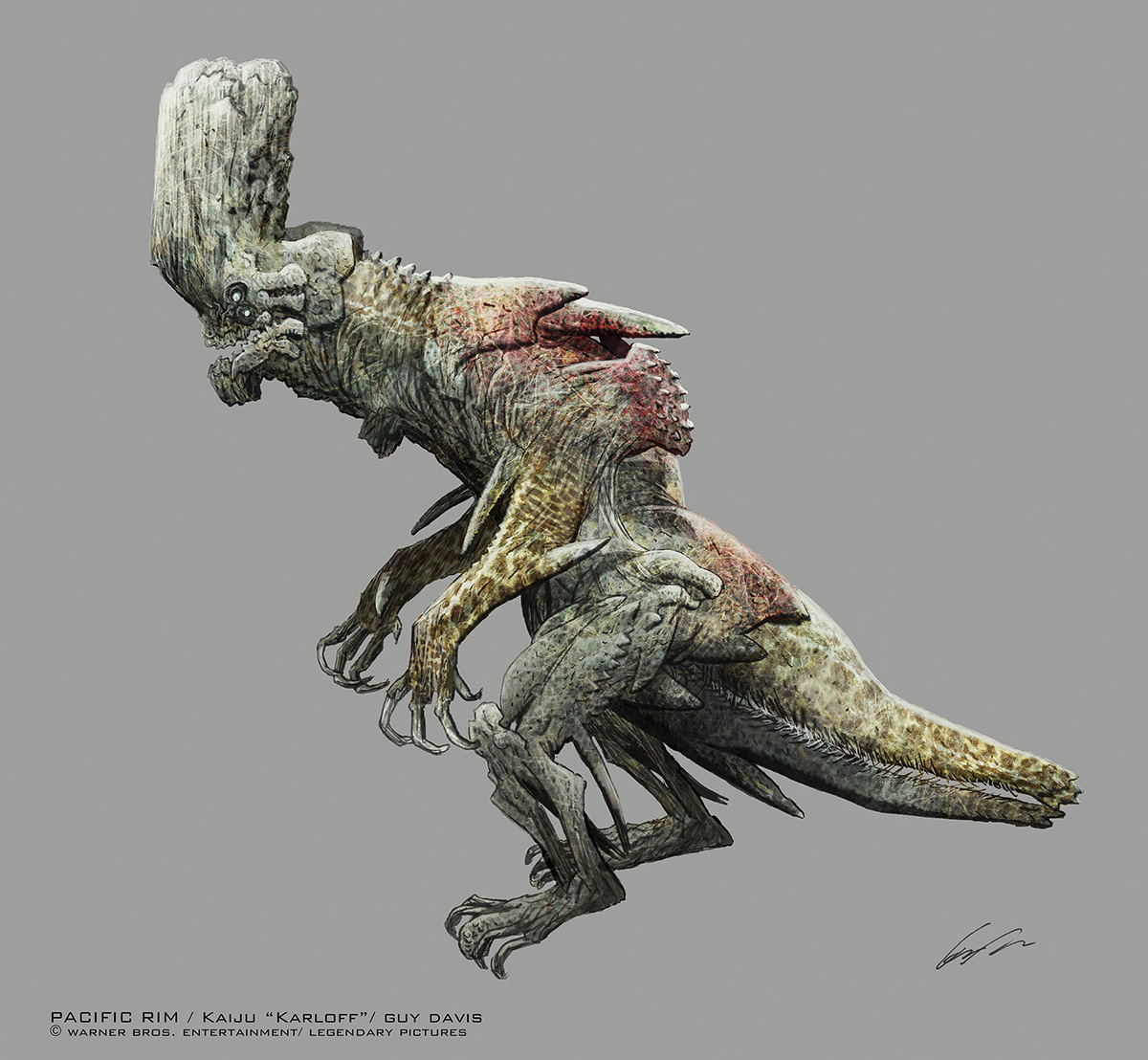
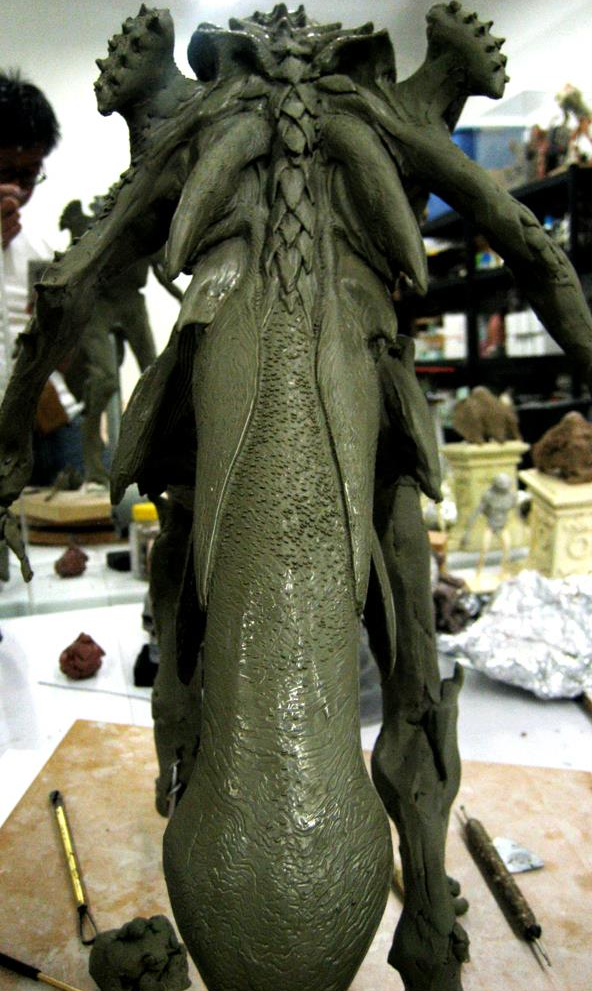
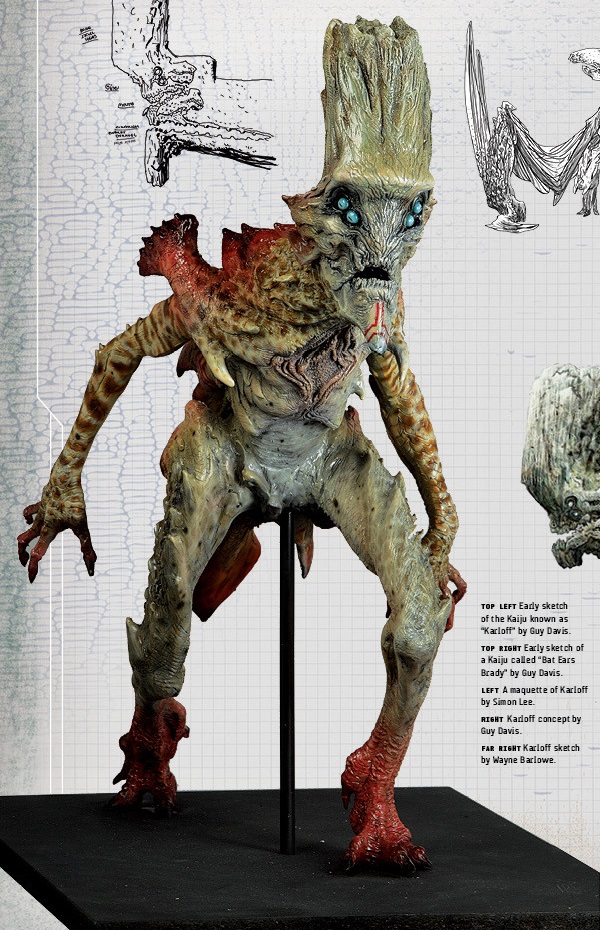
(Left) Guy Davis의 외형 컨셉안 / (Middle) 등 부위 귀뚜라미 구조와 제트 엔진을 결합시킨 디자인 / (Right) Karloff의 컨셉 조형물
Karloff는 유니버셜 스튜디오 고전 영화에서 프랑켄슈타인과 미라를 연기한 배우 Boris Karloff에서 따온 이름이다. Guy Davis는 이 괴수의 머리 부분이 Boris Karloff를 연상시켜서 [닉네임]을 'Karloff'로 붙였다고 말한다. "이 디자인은 실제로 (프랑켄슈타인처럼)튀어나온 이마 부분과 (미라처럼)주름진 입술이 특징이다. 등부분은 귀뚜라미 같은 생물적 구조와 제트엔진을 결합시켰다. 가슴쪽에 위치한 Karloff의 두번째 입은 '성기'로서 프롤로그에서만 잠깐 보여질뿐 영화에서 그 용도가 잘 드러나진 않는다.
Knifehead
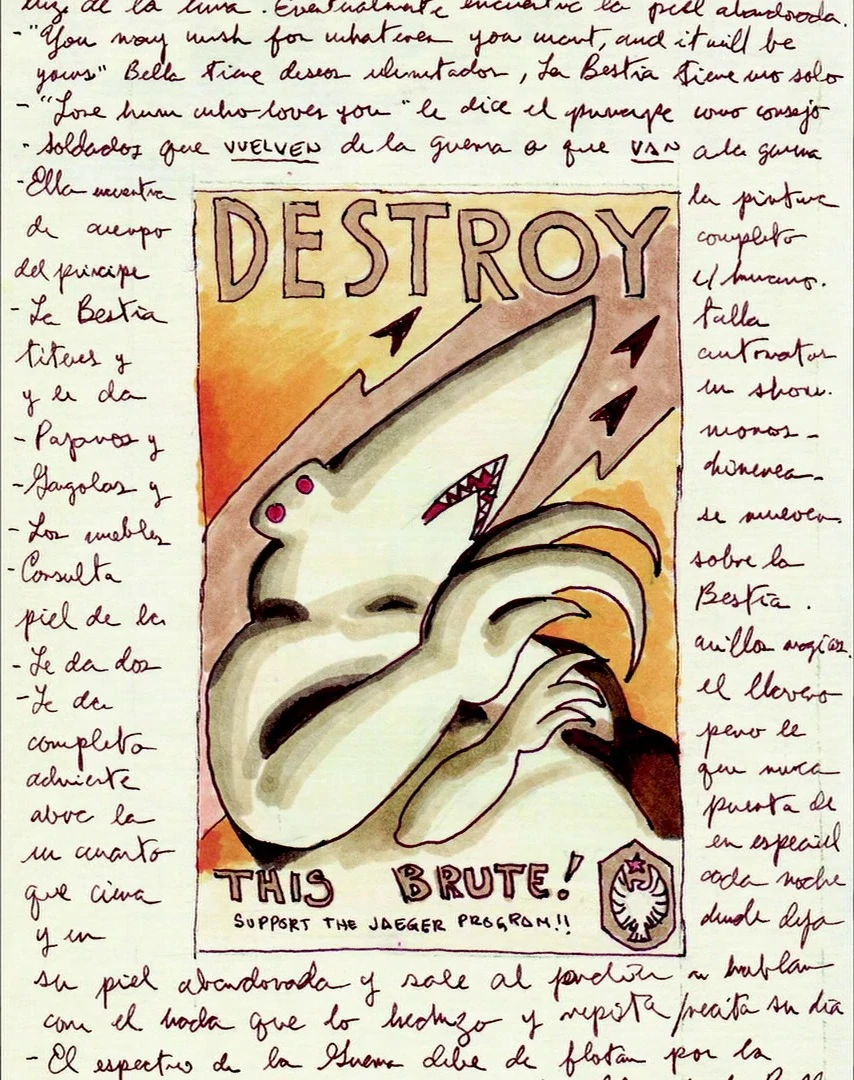
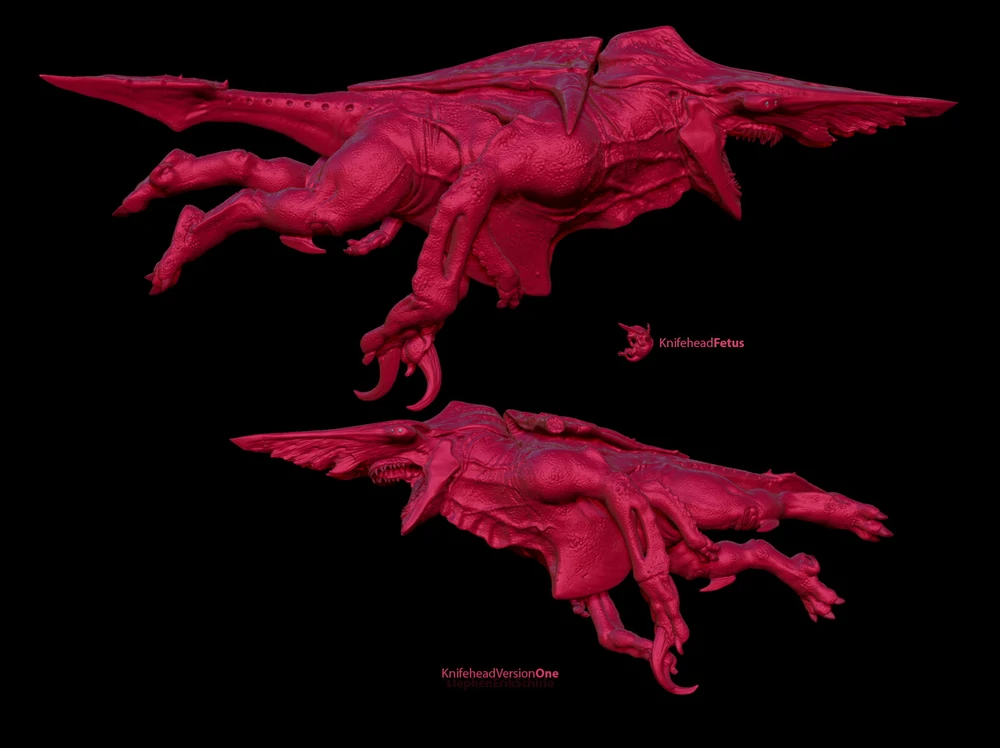
(Left) Guillermo del Toro의 Knifehead 초기 컨셉안 / (Right) 초기 CGI 모델링

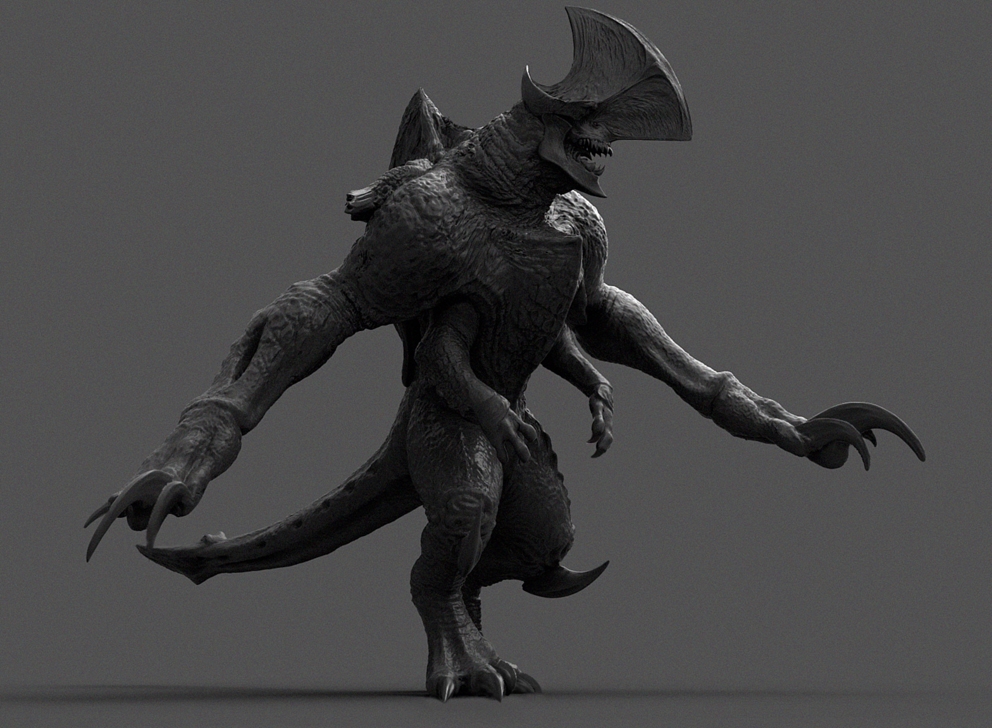
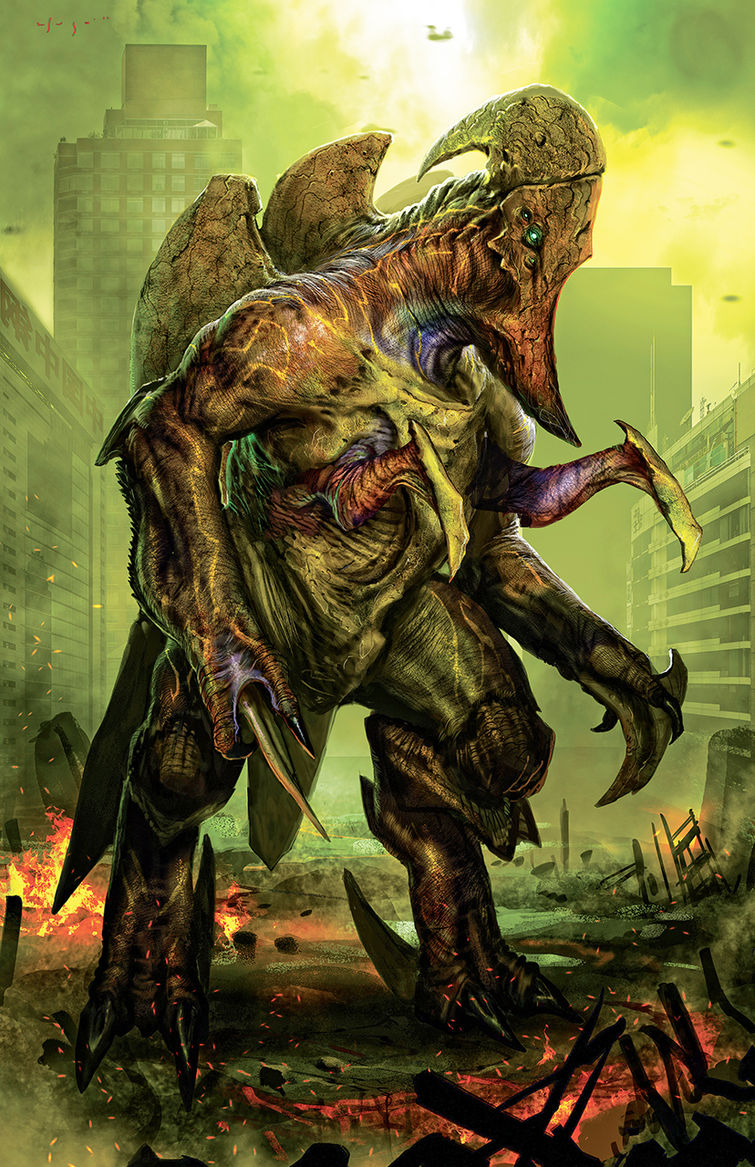
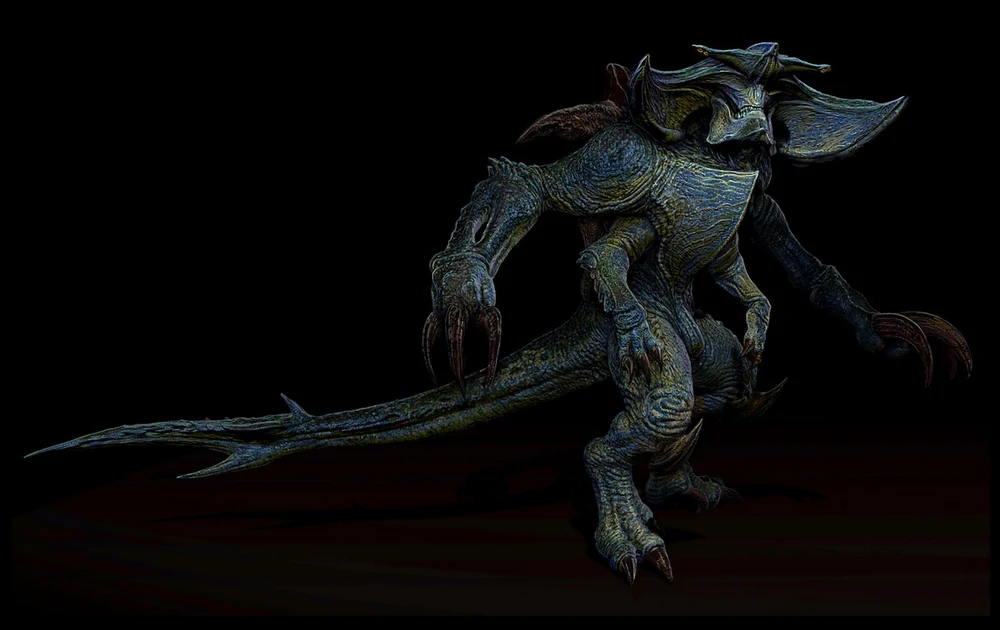
(시계방향) Knifehead의 기본 외형에서 발전된 Axehead / Bladehead / Scunner
Wayne Barlowe가 디자인한 Knifehead (카테고리 3)는 프리 프로덕션 기간 중 가장 먼저 만들어진 괴수이다. 감독은 이 생물체가 거대한 상어처럼 보이길 원했다. "보통의 상어 머리처럼 뭉툭한 삼각형이 아니라 코 부분을 늘려서 매우 날카롭고 뽀죡한 모양으로 만들었다." Knifehead의 디자인은 결국, 가메라(Gamera)vs구이론(Guiron)에 등장하는 적들 중 하나인, Guiron을 연상시키는 외형으로 만들어졌다. 의도한 일은 아니였지만 델토로는 이에 대해 설명한다 "재미있는 지점은 Knifehead가 Wayne Barlowe의 컨셉에서 나왔고 그는 Guiron을 본적이 없었다는 점이다. 나는 그에게 '고블린 상어 스타일을 원해'라고 주문했고 그는 그 요구에 충실했을 뿐 Guiron을 몰랐다. 그 다음 우리는 이같은 작업 방식을 반복했고 그 결과물로서 Axehead와 Bladehead가 만들어졌다." Knifehead의 완성된 외형을 기반으로, 주요 차이점은 존재하지만 동일한 기본 해부학적 프레임을 유지하면서, Axehead와 Bladehead 및 Scunner의 디지털 모델링에 활용했다.
Leatherback
Mutavore (Bladehead)
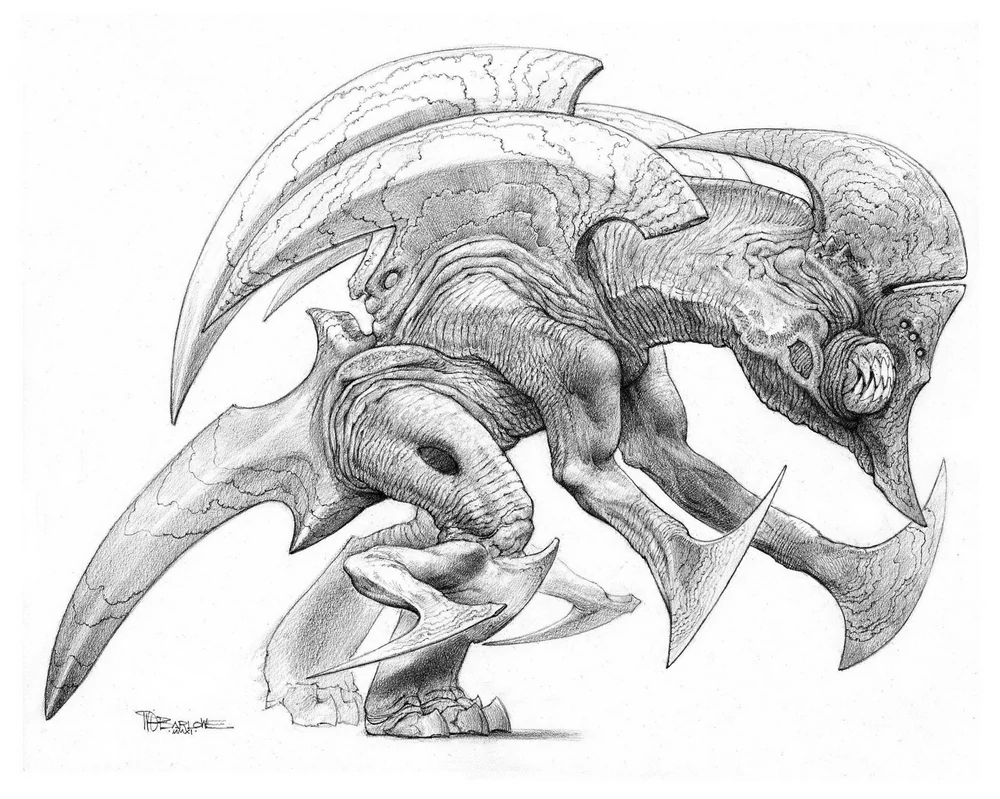
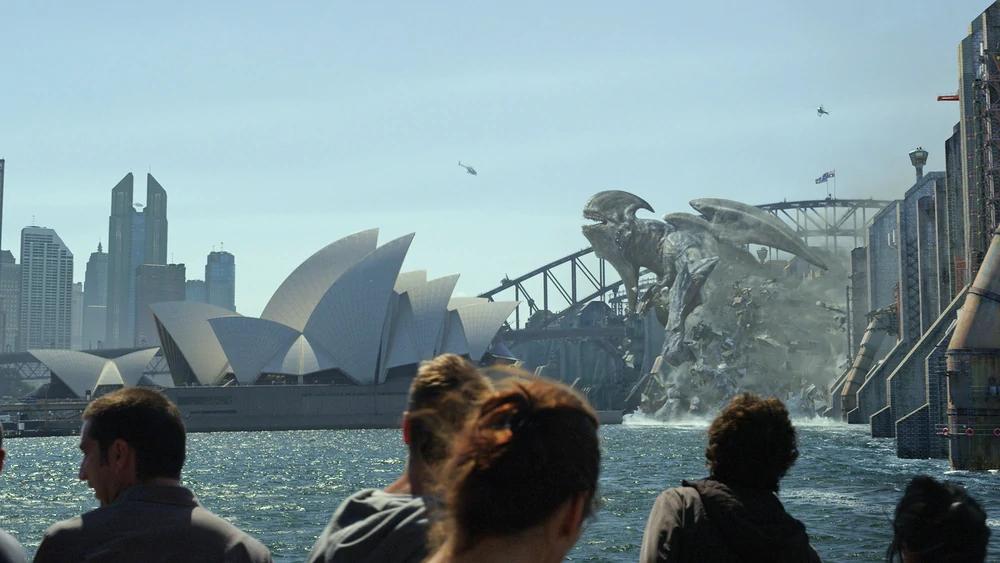
(Left) Wayne Barlowe의 초기 컨셉안 / (Right) 시드니 반 괴수 장벽을 파괴하는 장면
Mutavore는 프로덕션 기간 동안 도검 머리로 불러졌다. 영화 속 시드니에서 반 괴수 장벽을 파괴하는 최초의 괴수이다. Wayne Barlowe가 디자인한 이 괴수에 대해서 Hickel은 이야기한다. "시드니 주변을 둘러싼 보호벽을 뚫고 나가는데 사용하는 거대한 도검 모양의 머리를 갖고 있다". "단단한 방벽을 녹은 버터처럼 뚫고 나가는데, 입은 벌리고 으르렁 거리기 전까지 잘 부각되지 않는다. 도검 머리의 전면에는 독특한 분할선이 눈에 띄는데 참 이상하고 그래서 내가 정말 좋아하는 디자인이다." 이 생물의 머리 모양의 특징은 아래턱과 눈 부분에도 반영됐다. 초기에는 보조 입과 팔다리가 있었는데 최종 디자인 단계에서 폐기 되었다.
Onibaba
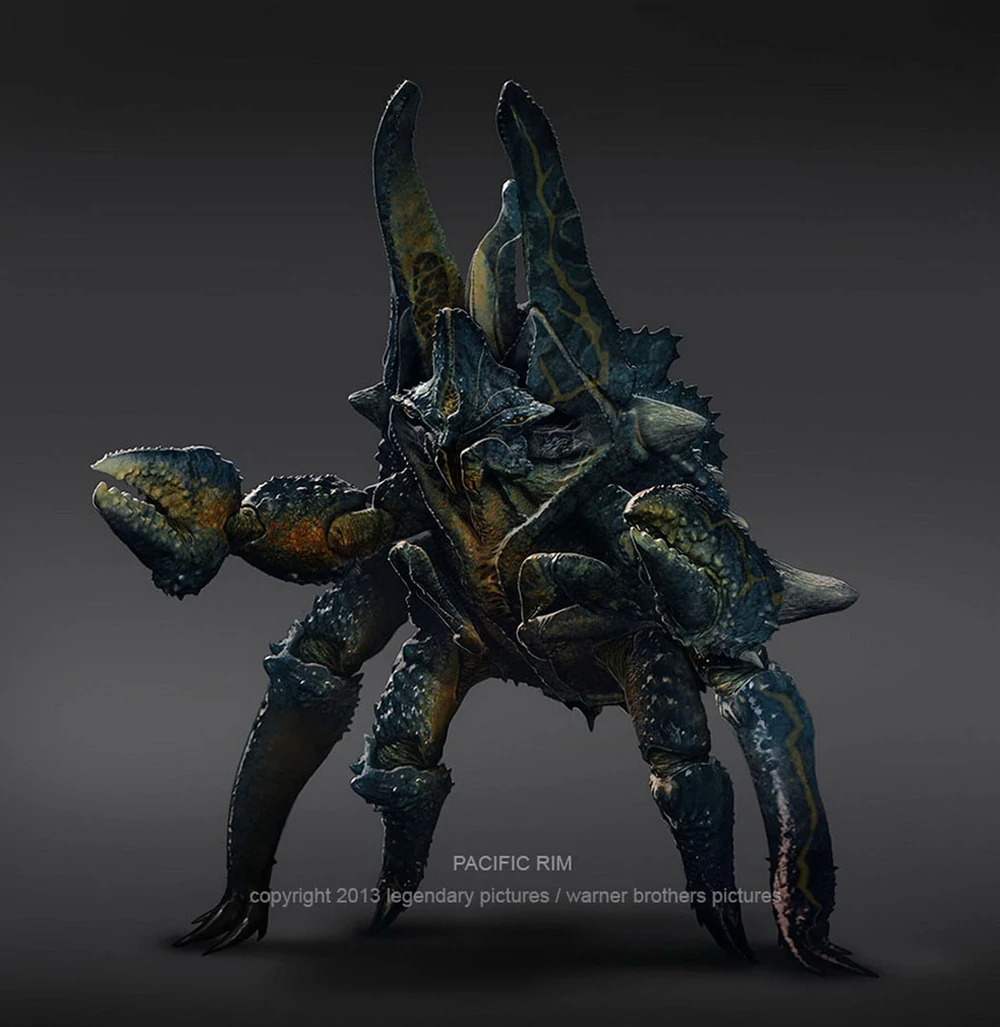
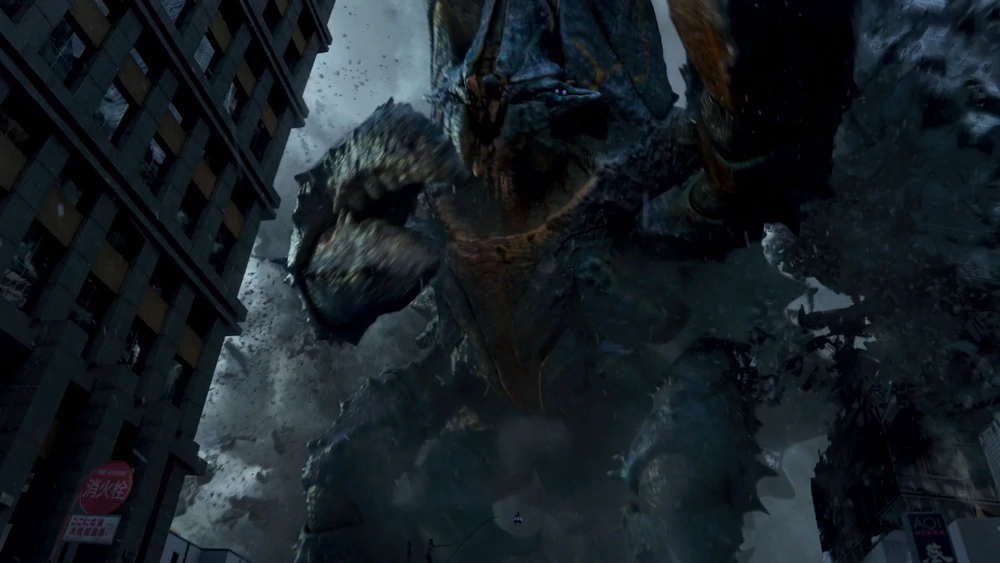
(Left) Onibaba의 외형 / (Right) 건물을 파괴하며 돌진하는 장면
(1964년 일본 호러 영화에서 이름을 따온) Onibaba는 기본적으로 장갑탱크 혹은 '돌진하는 괴물'로 묘사했다. 델토로는 말한다 "Onibaba의 시퀀스는 좁은 길이였기 때문에 멈추지 않고 건물을 돌격하며 파괴하길 원했다". 입 구조는 복잡한 판으로 구성되어 있다. 이 괴수는 신체 다양한 부분에서 움직임이 가능하기 때문에 애니메이션화하기 가장 복잡한 작업이였다.
Otachi
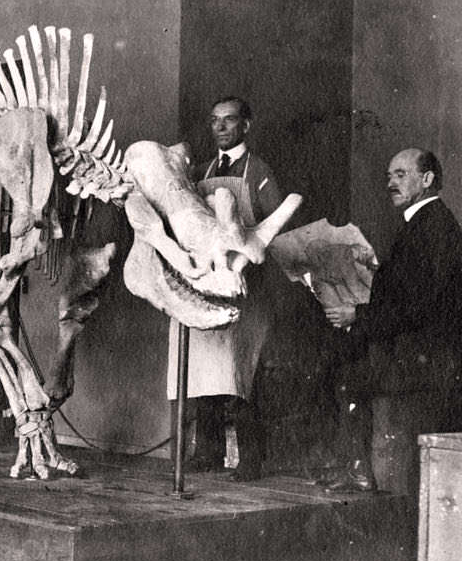

(Left) Brontotherium의 머리 돌출부 / (Right) Guy Davis의 초기 스케치
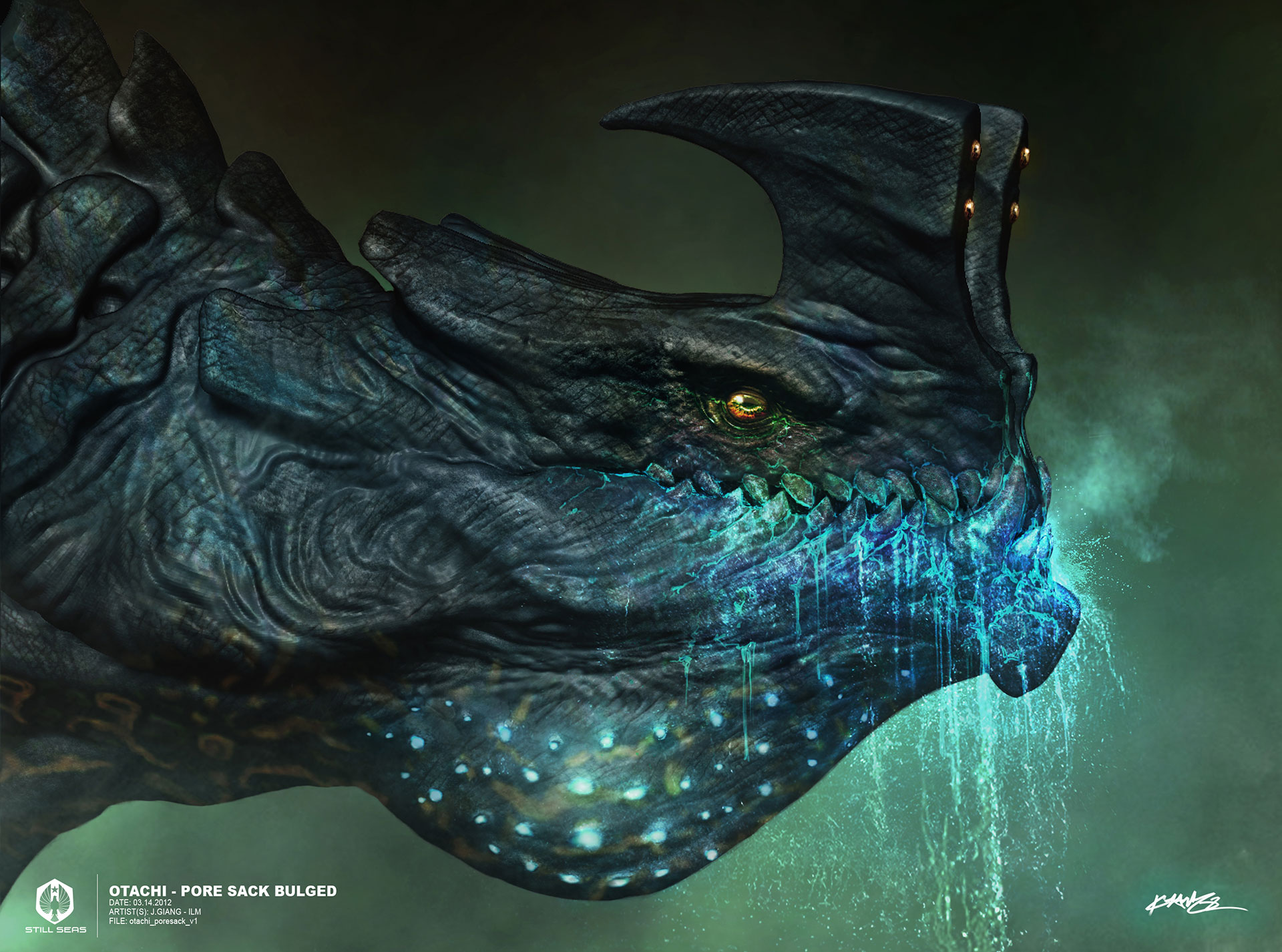
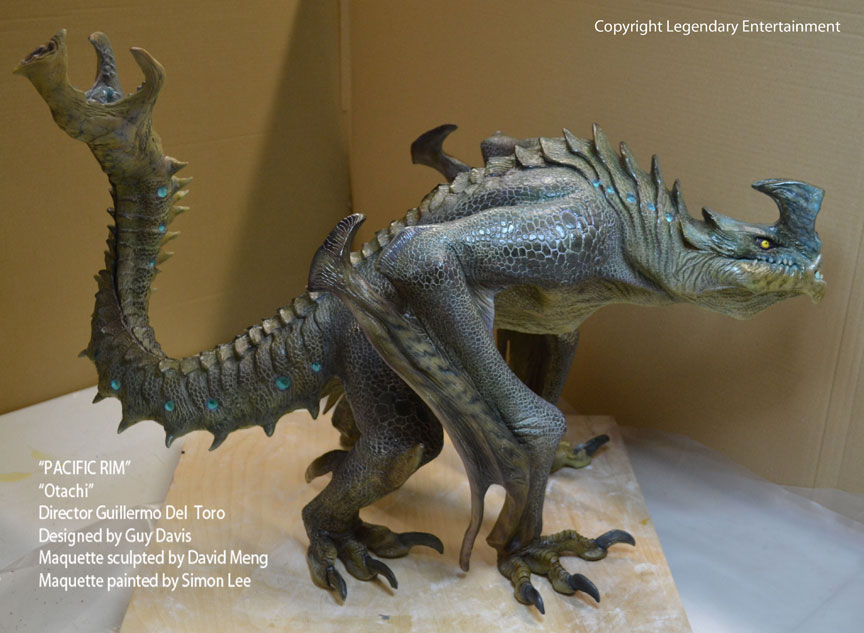
(Left) 산성 공격 능력 / (Right) 측면 가죽 발광 포인트 반점
홍콩을 공격하는 장면에서 등장하는 괴수 중 하나인 Otachi는 파충류 스타일의 머리에 두개의 칼날 볏이 달려 있다. 델토로는 말한다 "우리는 사악한 얼굴을 디자인하고 싶었다. 이 괴수의 눈에는 일종의 사악함이 담겨있다". Otachi는 Guy Davis의 초기 스케치 기어다니는 박쥐 이미지를 기반으로 발전했다. 머리의 돌출 부분은 브론토테리움(Brontotherium)에서 영감을 받았다. 초기 이 괴수는 턱과 힘줄, 머리 측면에 다수의 눈, 꼬리 끝에 망치 모양을 구조를 달고있었다. 최종 외형은 날개가 달린 앞다리에 목을 부풀리는 생물 특유의 산성 공격 능력, 뱀 모양의 아래턱이 둘로 갈라져있다. 또 다른 특징은 Otachi의 분리된 꼬리가 스스로 공격한다는 점이다. 도마뱀의 꼬리 분리 방어 메커니즘을 과장해서 고안한 기능으로 영화에는 등장하지 않는 미트헤드(Meathead) 디자인의 일부였다. Wayne Barlowe와 Tyruben Ellingson이 제안한 독자적 다리가 달린 '싸우는 꼬리' 개념은 결과적으로 Meathead가 등장하지 못하게 되면서 Otachi에게 '상속' 되었지만 그 모습을 영화에서 볼 수 없다. Ruiz Velasco는 최종적으로 생물의 측면 가죽에 발광하는 반점들을 표현했다.
Parasites
괴수(Kaiju)의 피부 외층에 사는 기생충이다. Spectral Motion이 담당한 '롤리 폴리 Rollie-Pollies'라는 애칭을 가진 이 생물 디자인은 Mike Elizalde와 Alex Palma가 창조해냈다. 디자인과 이름은 등각류에서 영감을 받았으며 갑각류의 질감과 색 구성 또한 참고했다. 실물 크기의 애니메트로닉(Animatronic) 원형은 Joey Orosco와 Mario Torres가 작업 했고 Russ Lukich 도색했다. 절지동물과 유사한 움직임을 가능하게 만든 기계 메커니즘은 Mark Setrakian이 고안하고 제작한 것이다. 디지털 버전은 영화 속 여려 장면에서 다양한 괴수들의 피부 위를 기어다니는것을 볼 수 있다.
Raiju
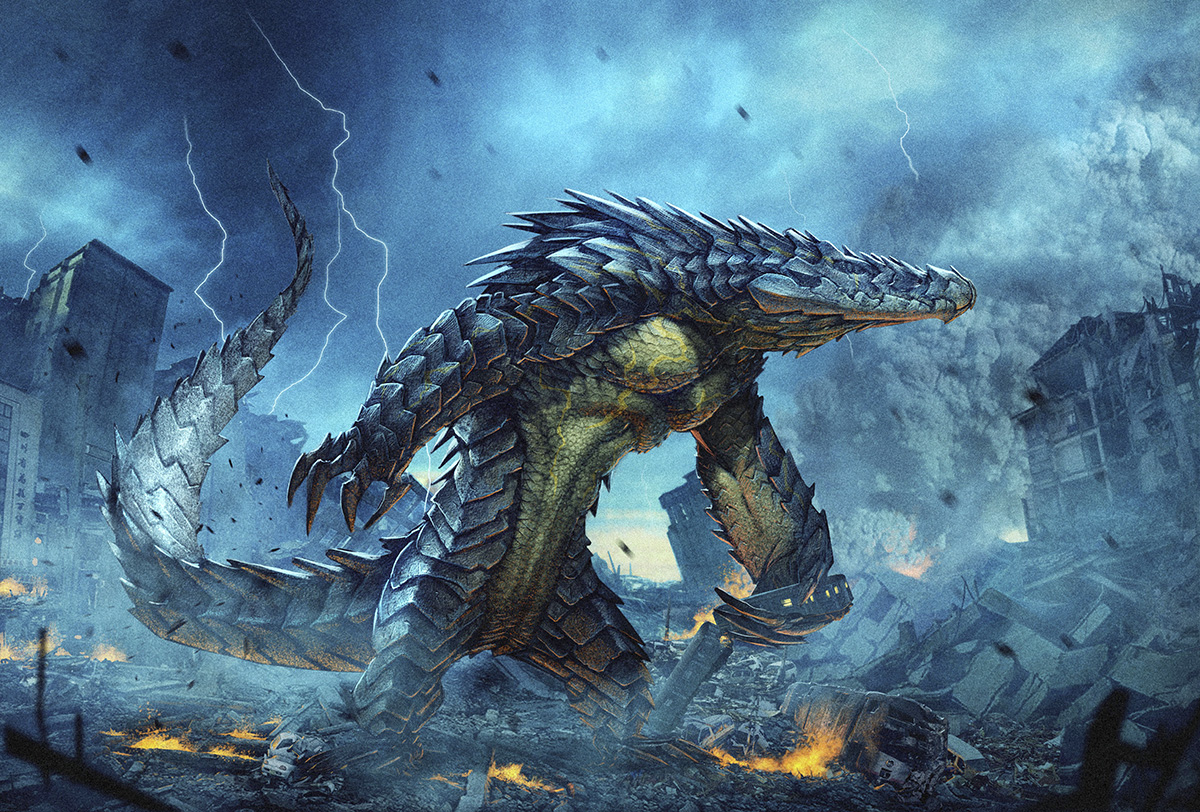
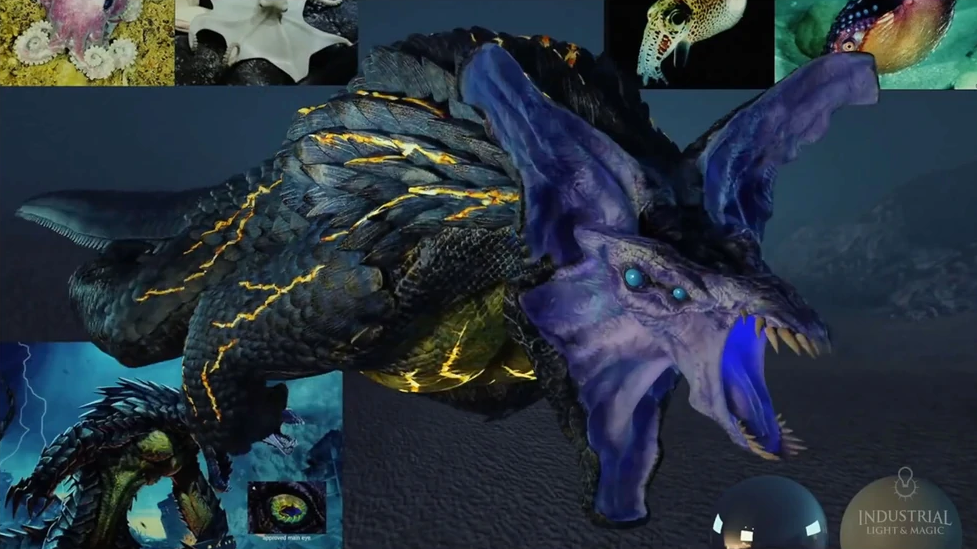
(Left) 천산갑의 장갑판과 악어를 결합한 Francisco Rauiz Velaco의 컨셉안 / (Right) ILM 디지털 모델링 차트
Raiju (카테고리 4)는 세 부분으로 된 머리 갑옷을 두른 생물로서 갈라진 머리 내부에 송아지 같은 진짜 머리가 있다. 주로 파충류(가장 두드리지게는 이구아나)에게서 영감을 받은 수생 생물로 델토로는 "괴수의 발이 구부러진 형태이기 때문에 [두 다리로] 걸을 수 없다. 디자이너들에게 거대한 이구아나처럼 수평으로 움직이는 몸체를 염두하라고 이야기했다."고 말한다. '악어'라는 또 다른 별명을 가진 Raiju는 Francisco Rauiz Velaco가 디자인했다. 그는 이 괴수에게 천산갑의 장갑판에 악어의 모습을 결합했다.
Reckoner
Scunner
패시픽 림의 하이라이트 전투는 태평양에서 세명의 괴수가 함께 등장할 때이다. Simon Webber가 디자인한 Scunner (카테고리 4)는 기본적으로 '황소 괴물'로 인식된다. 집시 데인저와 대결 장면에서 로데오를 연상시키는 Scunner의 행동은 황소의 움직임을 기반으로 만들어졌다. 뿔로 상대에게 돌진하며 찢고 구멍내는 무기로 사용한다. 몸통 기본 프레임은 Axehead 또는 Knifehead와 비슷하지만 어깨 질감 부분에서 차이가 있다. 또한 메인이 되는 팔에는 두더지 모양 발톱이 3개 달려있다.
Slattern
출처 : https://monsterlegacy.net/2013/07/11/kaiju-pacific-rim/
Kaiju of the Rim
“It was a project that encompassed every single thing on my wish list, visually, atmospherically and emotionally,” said Guillermo Del Toro about Pacific Rim. “An unstoppable, thri…
monsterlegacy.net
괴수 카테고리 분류
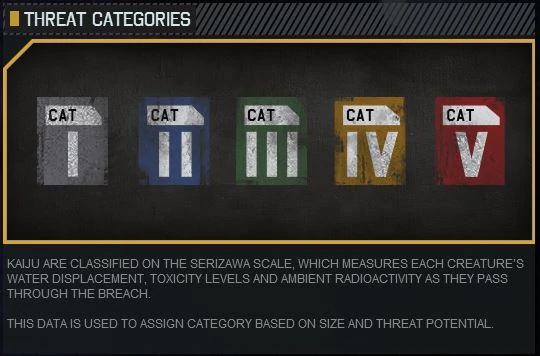
Kaiju are creatures of a highly toxic nature and have been categorized on the "Serizawa Scale". Each Kaiju is classified into five different categories. Categories I and II represent the weakest of the Kaiju, while Categories III through V are the strongest. The Serizawa Scale measures water displacement, toxicity and ambient radiation levels given off by their bodies when they pass through the breach.The fluid of a Kaiju is ammonia-based. Should they be killed in battle, their bodies are triggered to self-destruct immediately.
Upon decomposing, their bodies release a noxious agent into the air known as "Kaiju Blue", their blood. Kaiju Blue has the ability to contaminate the air and its immediate environment, rendering it essentially uninhabitable. The blood of a Kaiju is highly acidic, corroding anything in its path. This makes it especially hard to gather samples safely for examination and experimentation. As a result, Jaegers have been equipped with weapons that cauterize wounds they inflict on Kaiju to prevent the spread of their highly acidic internal fluids. As silicon-based organisms, the design of their bodies makes it difficult to determine and study particular parts of their internal systems
- Category II : Onibaba / Ragnarok {Tales From The Drift)
- Category III : Knifehead / Yamarashi
- Category IV : Mutavore / Leatherback / Otachi / Raiju / Scunner
- Category V : Slattern
- Category Unknown : Axehad(Trespasser) / Baby Kaiju / Hardship / Himantura / Karloff / Meathead / Reckoner
괴수 초기 컨셉안 Kaiju early Concept Design
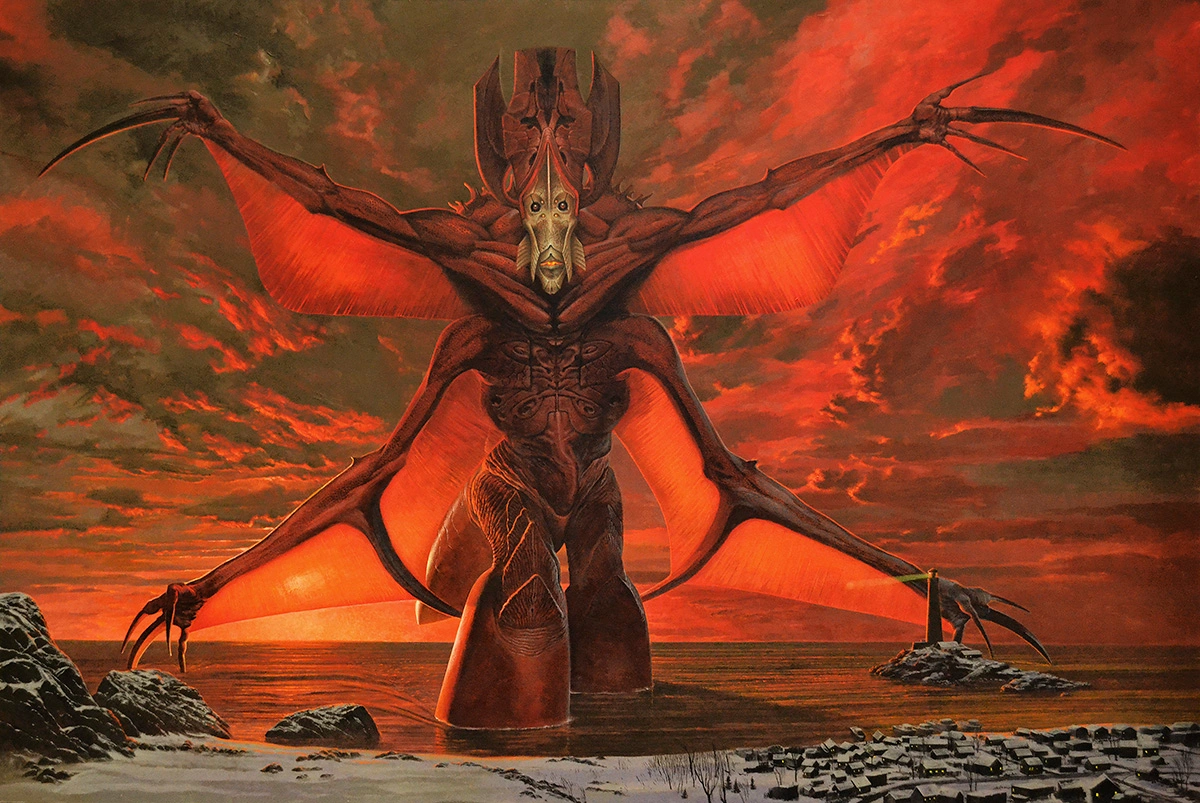
Concept art by Wayne Barlowe. Completed in the early phases of pre-production, it was eventually used as a base for the Precursors.
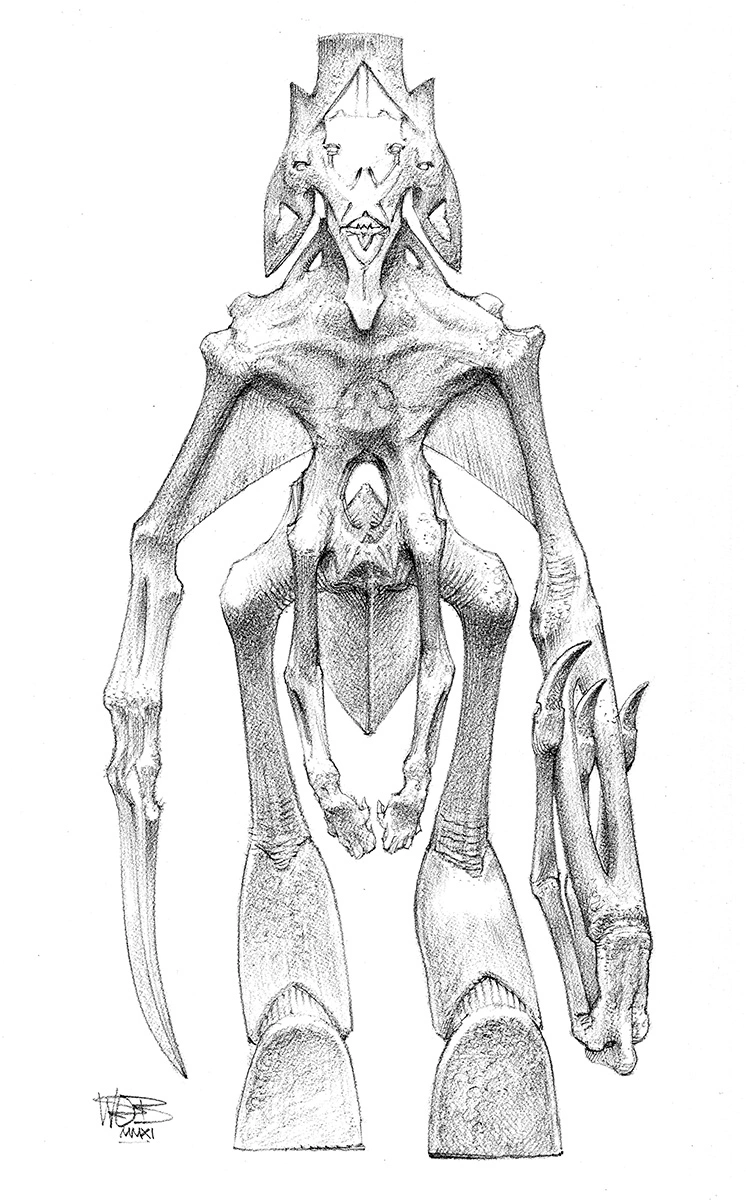
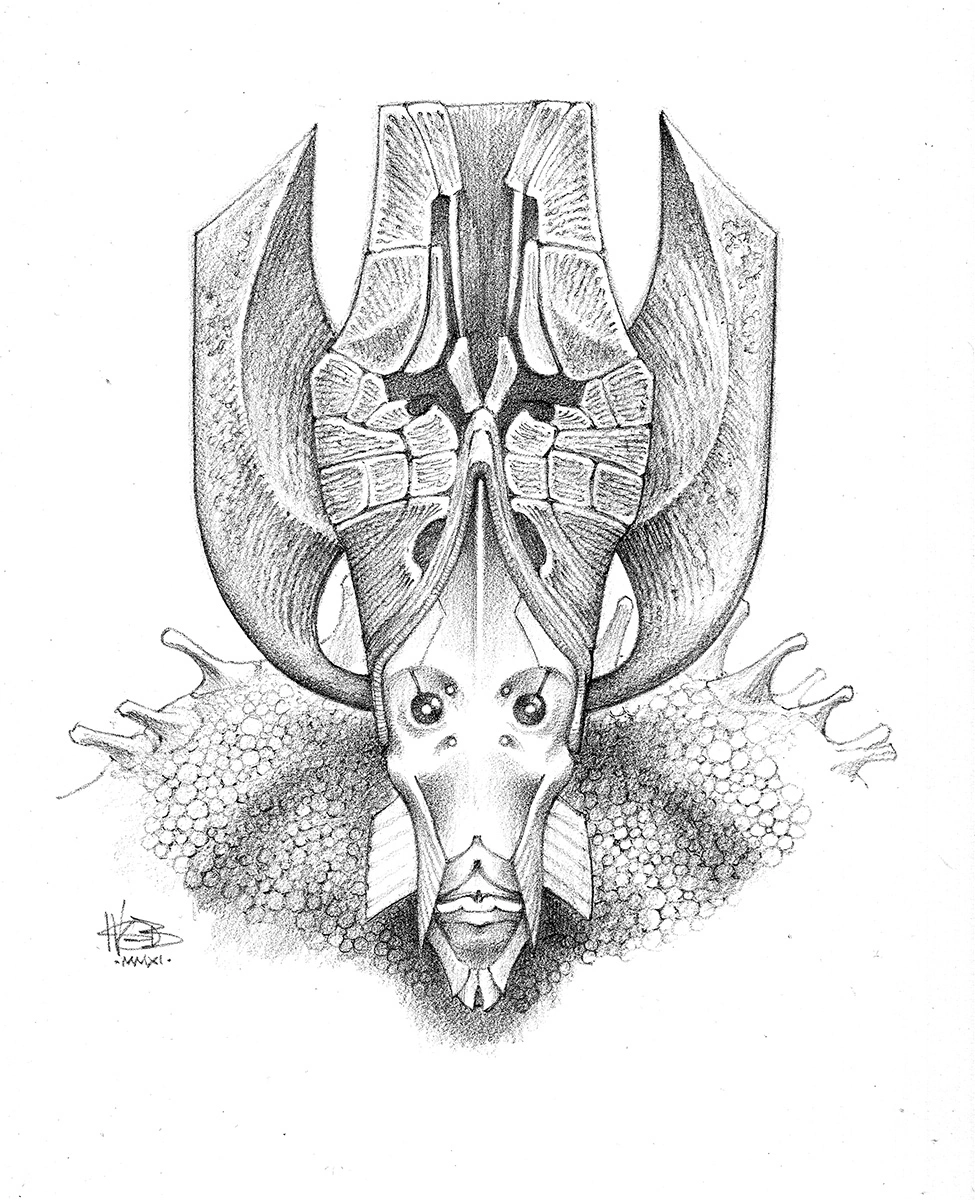
Precursor concepts by Wayne Barlowe.
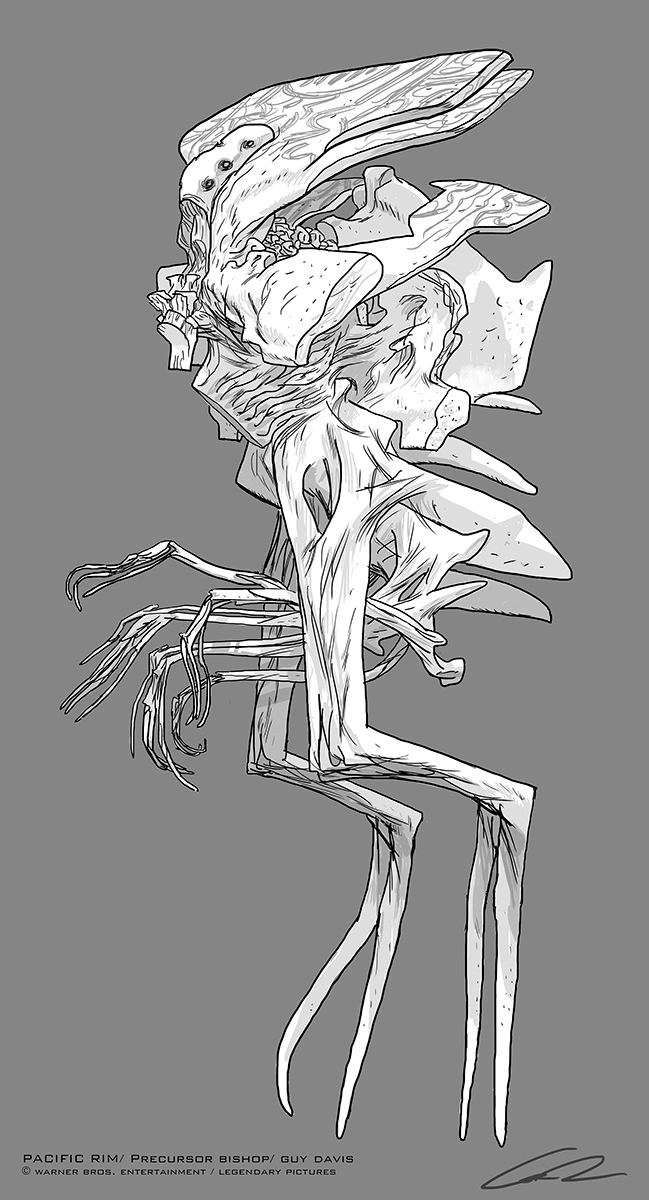
Precursor concept by Guy Davis.
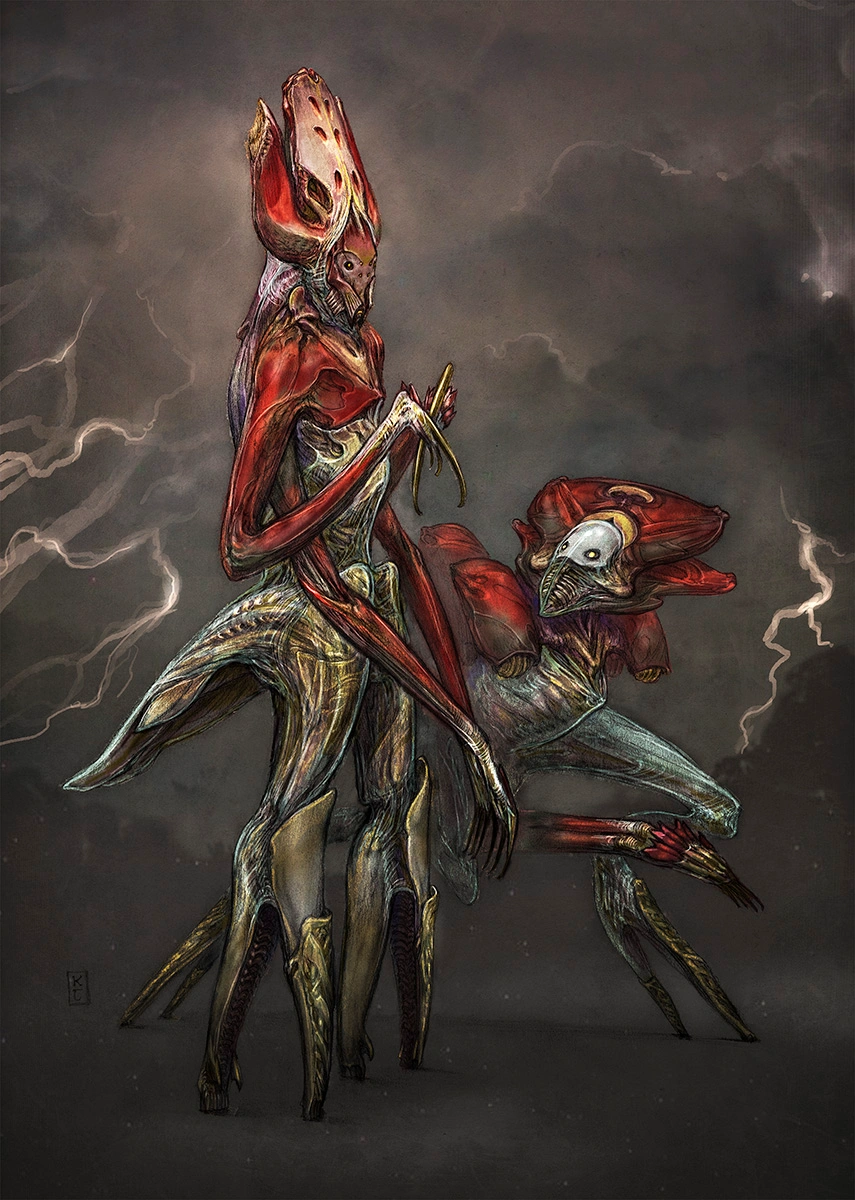
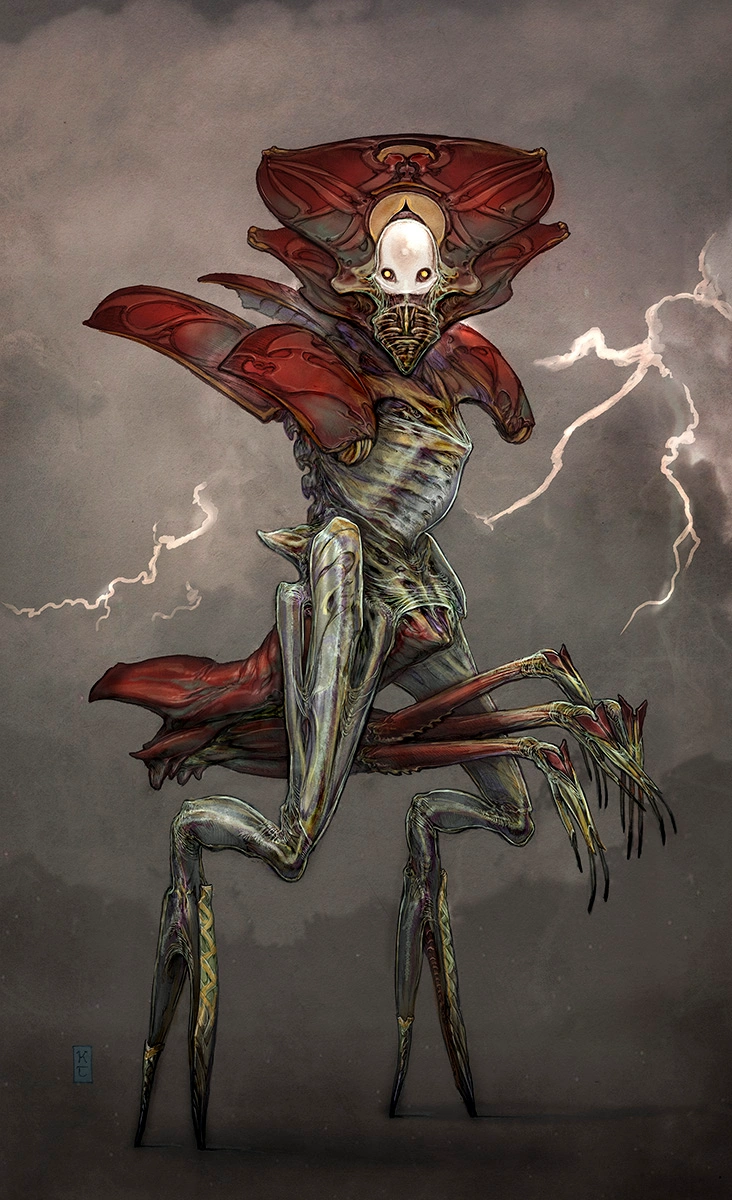
Precursor concepts by Keith Thompson.
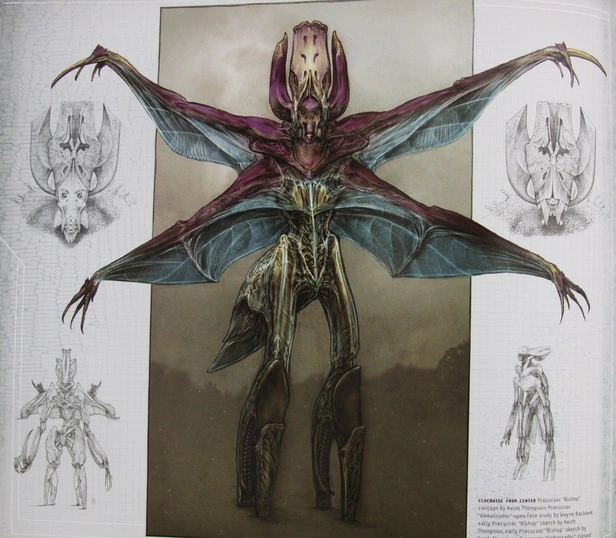
Precursor concept art.
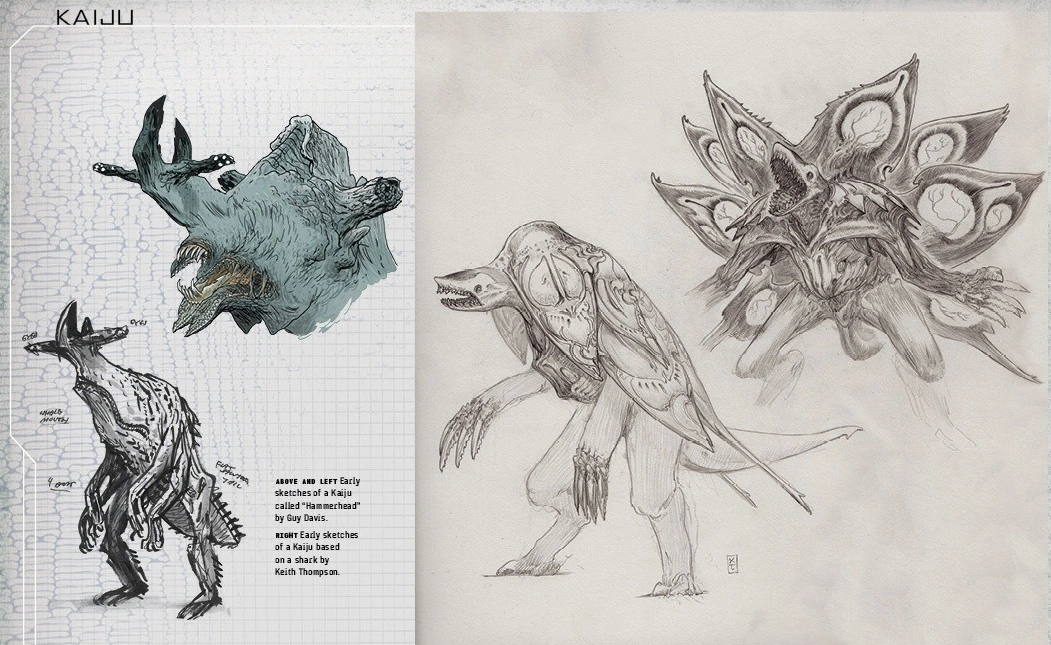
original
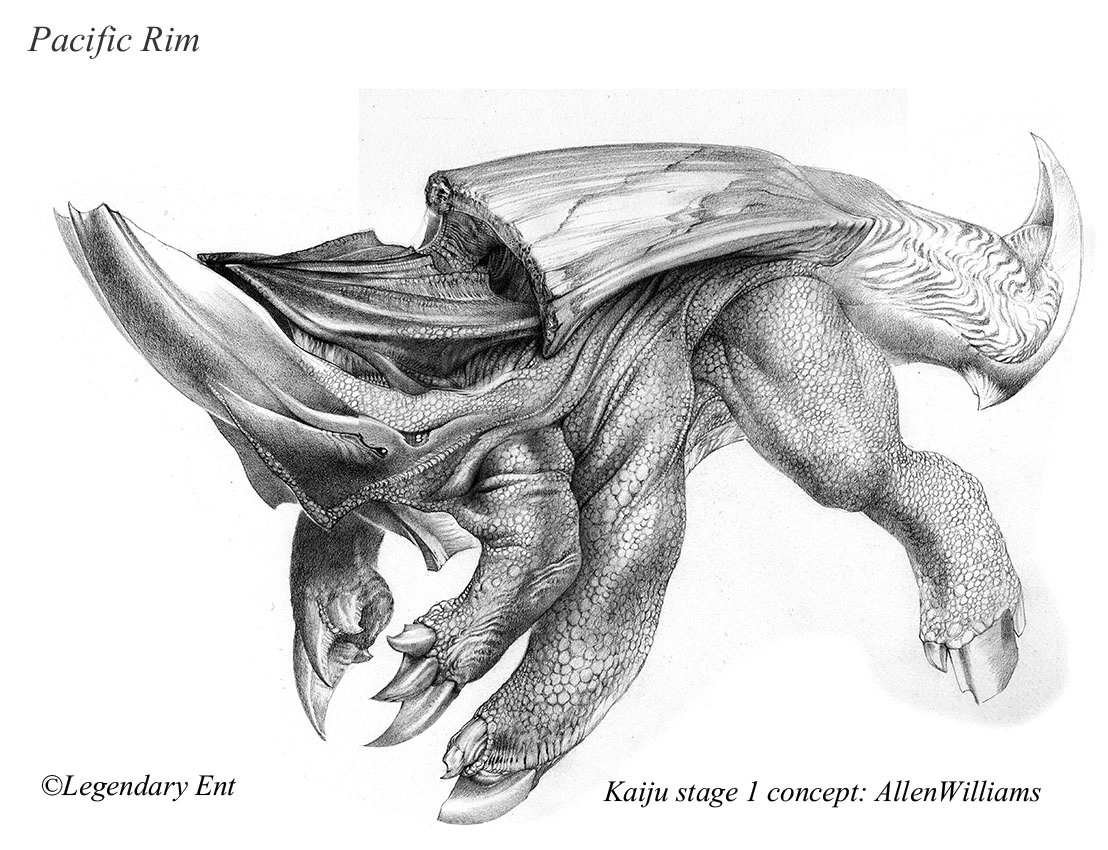
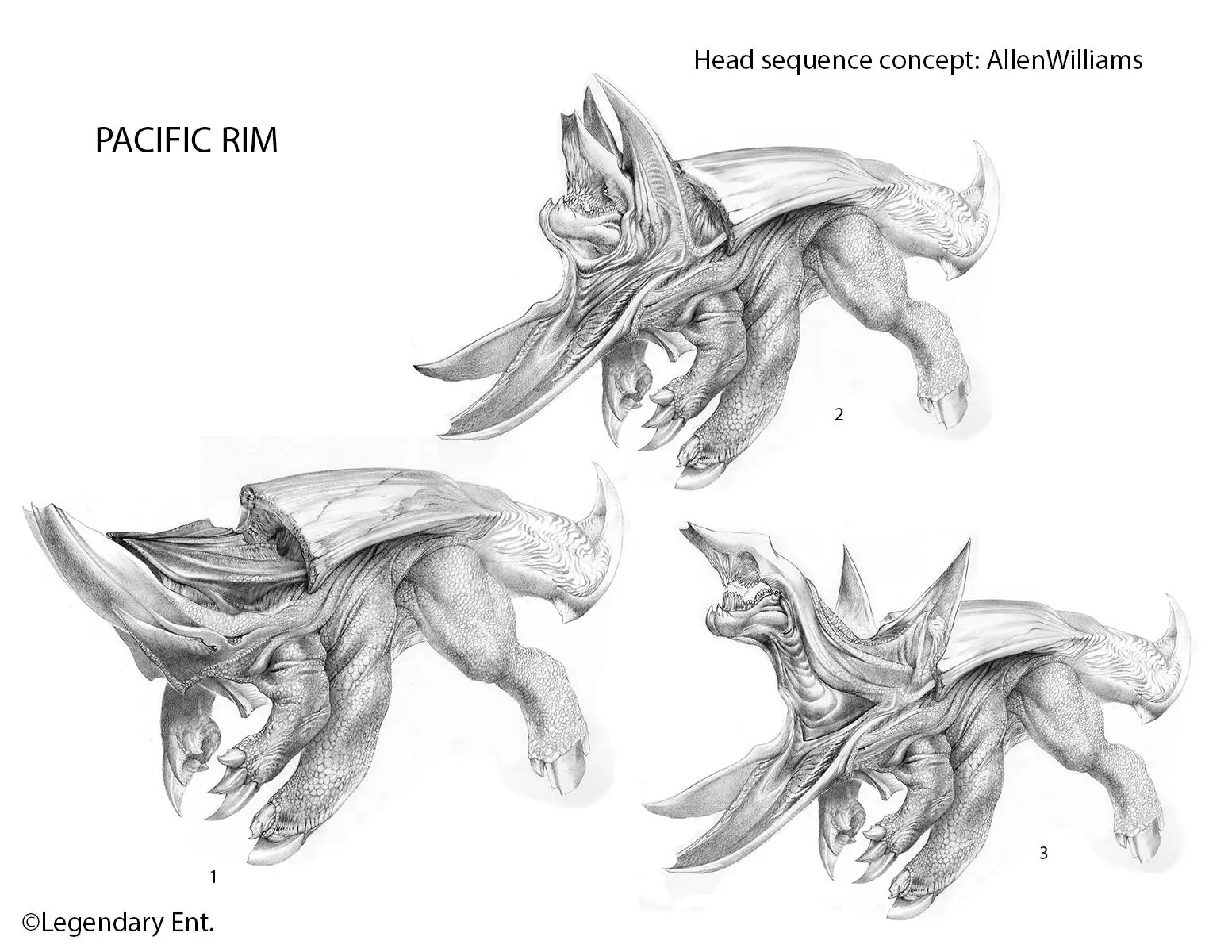
Unnamed Kaiju Openinghead concept by Allen Williams.
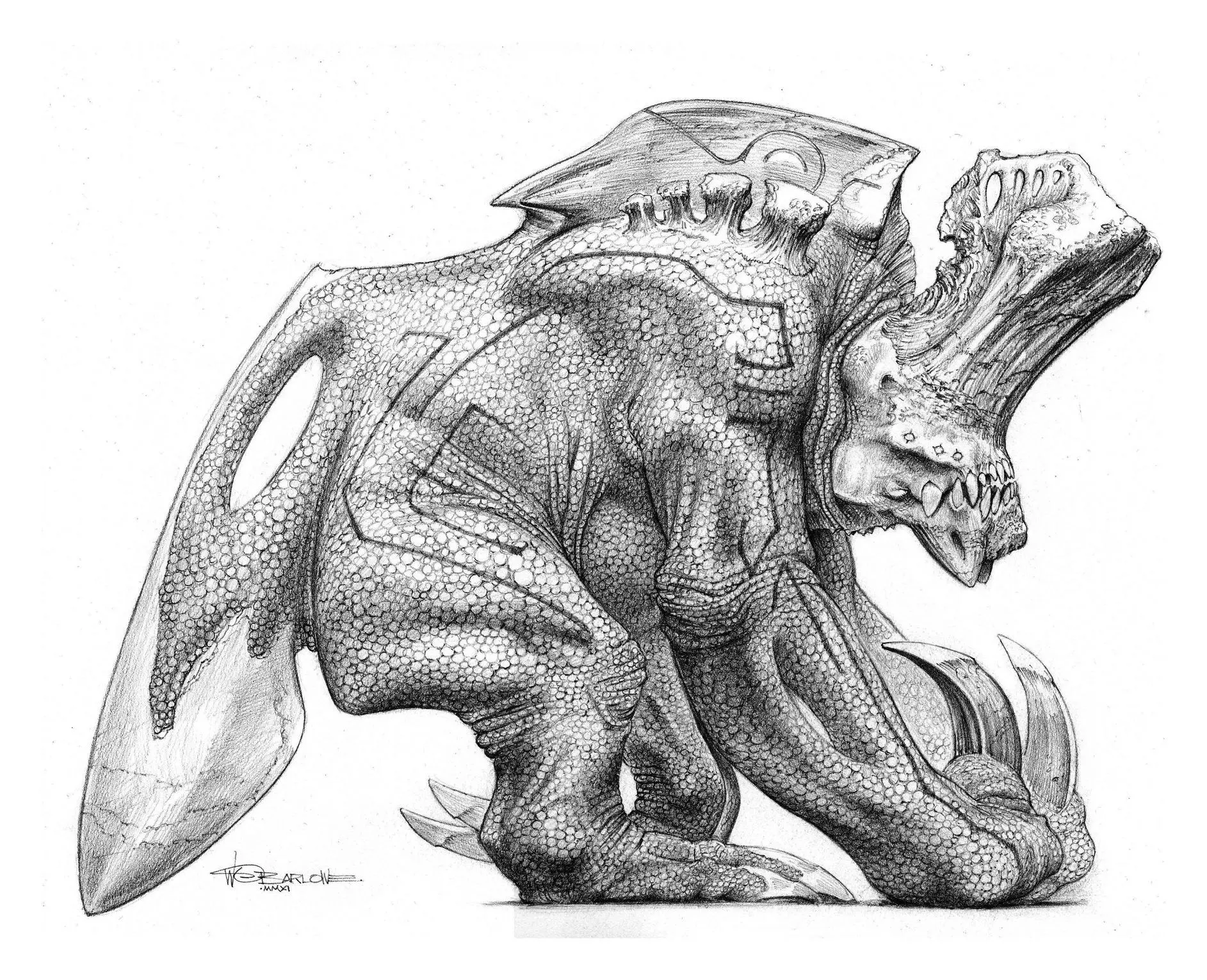
Miscellaneous Monster concept art by Wayne Barlowe.
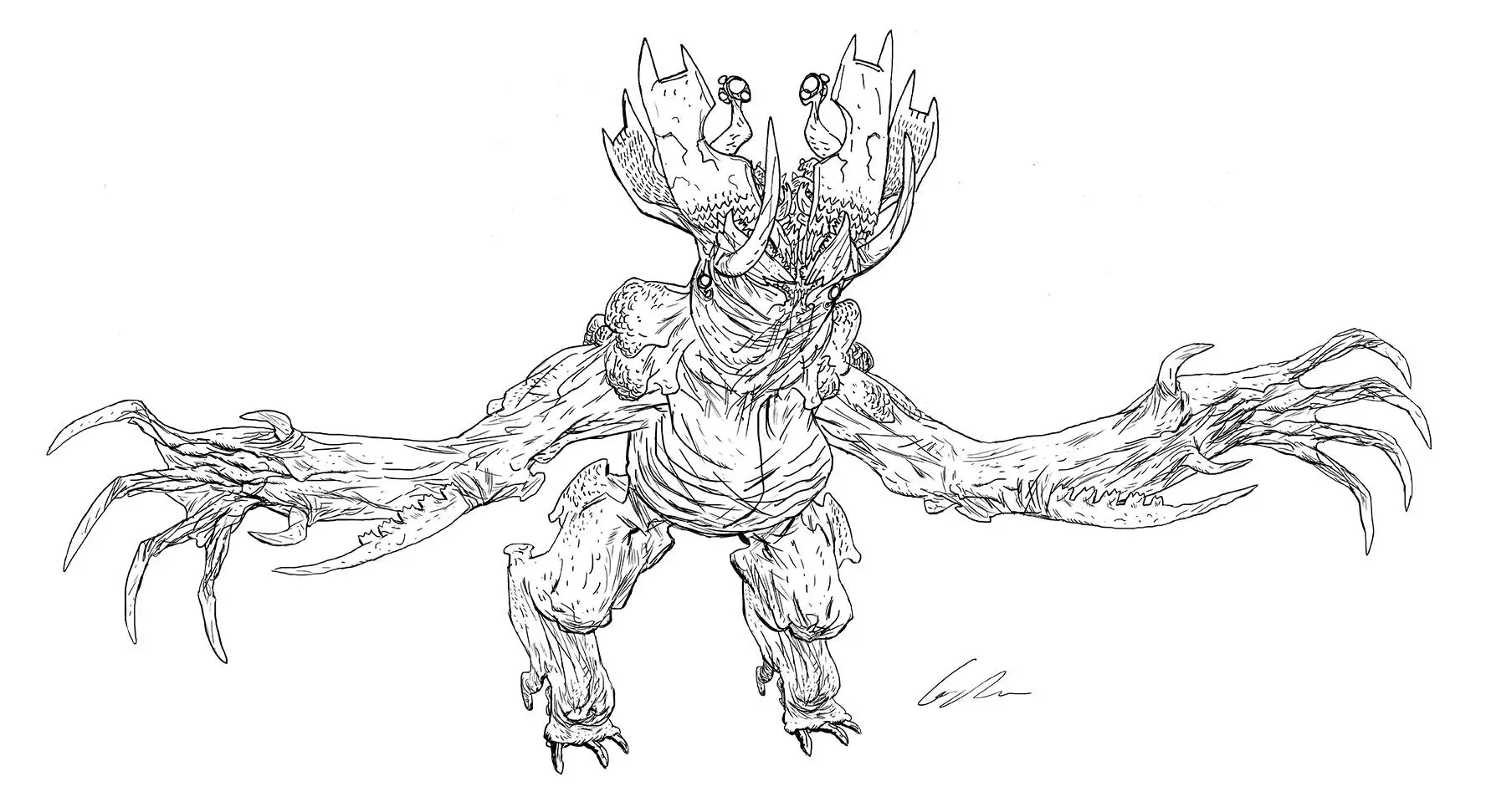
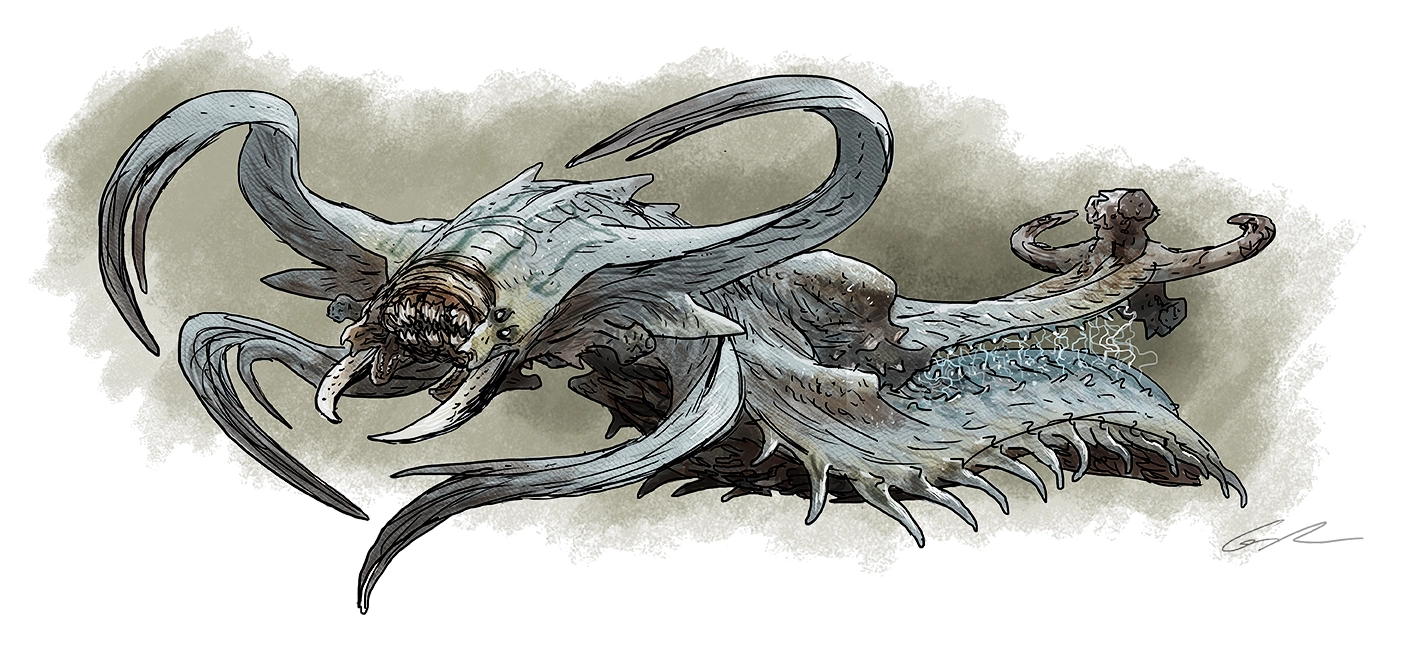
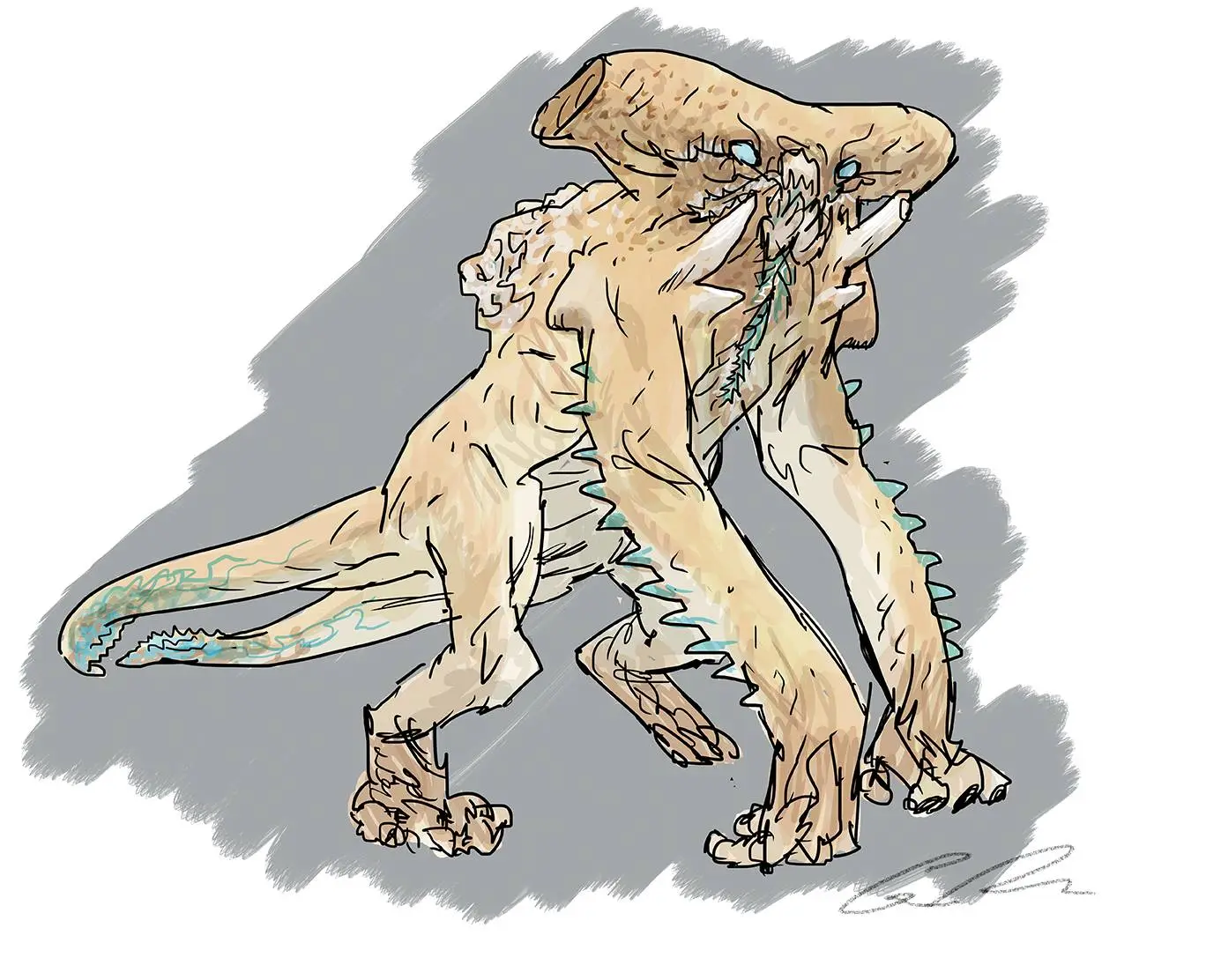
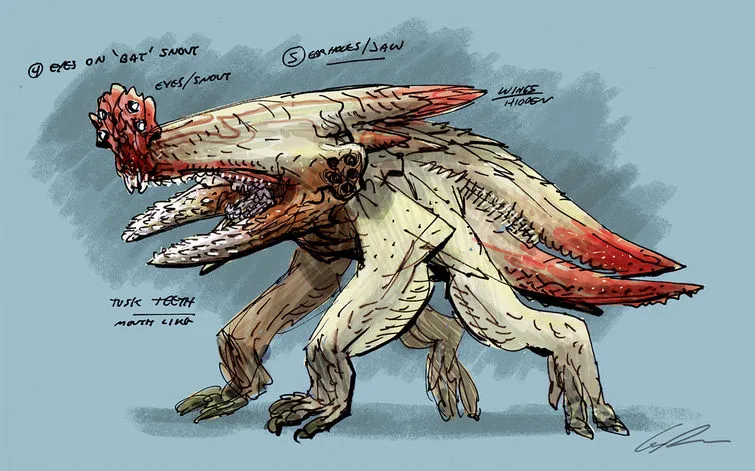
Early Kaiju concepts by Guy Davis.
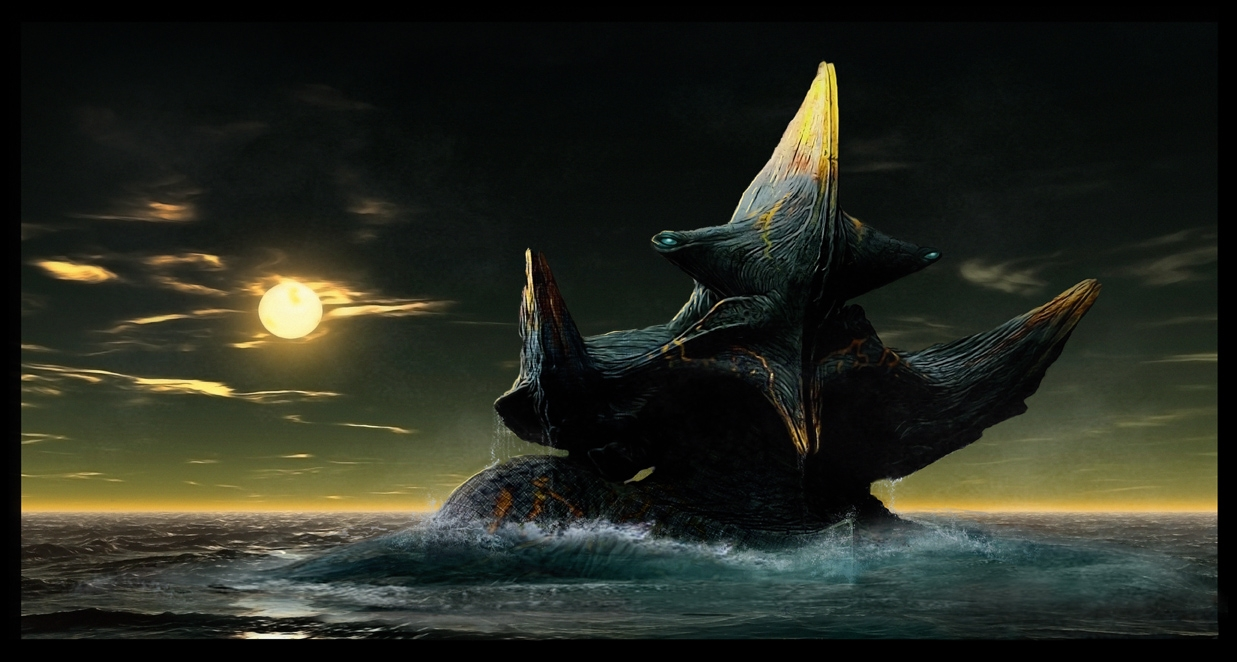
Unnamed Kaiju concept by Simon Webber.
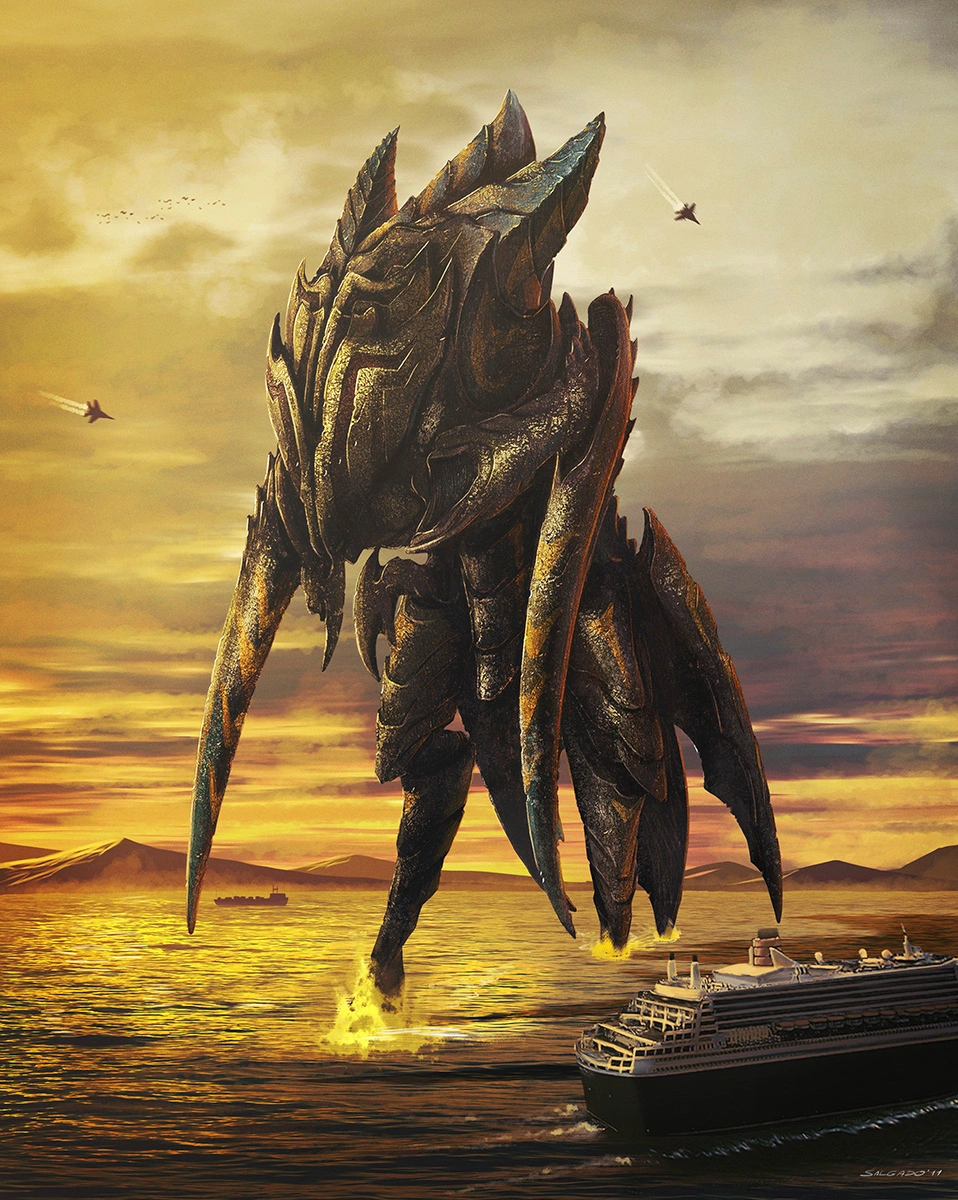
Unnamed kaiju concept art by Carlos Salgado.
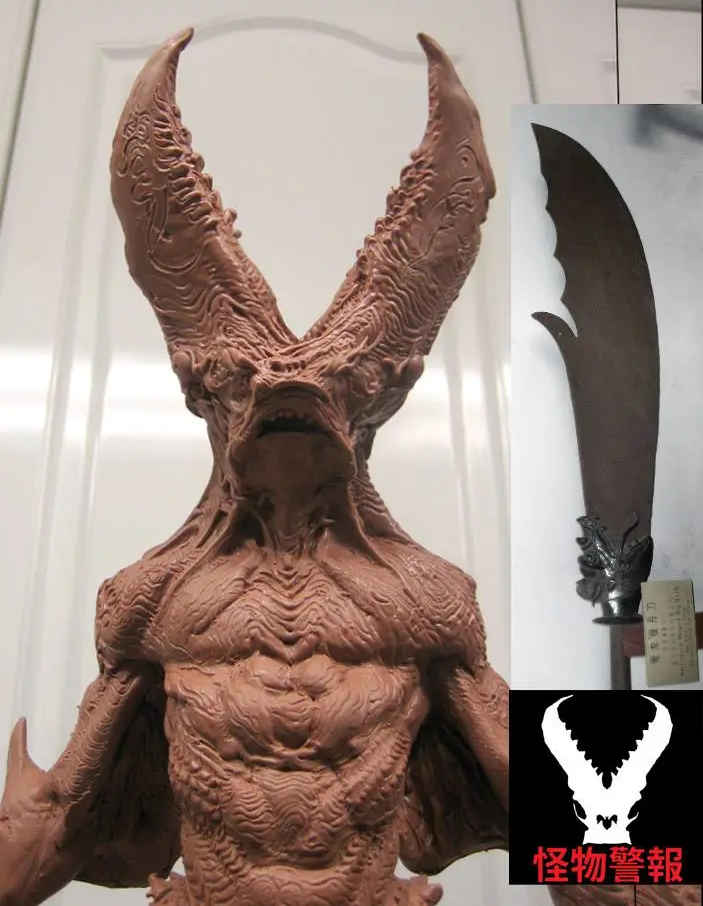
Unnamed Kaiju maquette by Simon Lee.
고기 머리 Meathead (등장 안함)
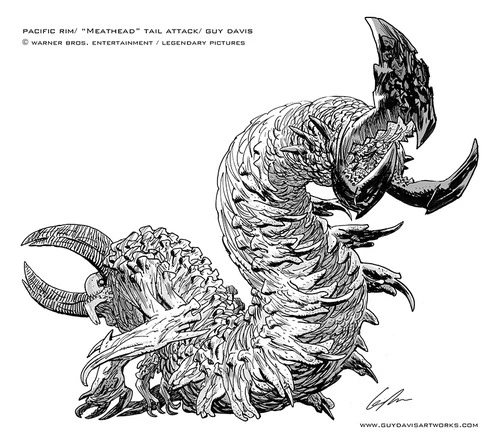
Meathead concept by Guy Davis.
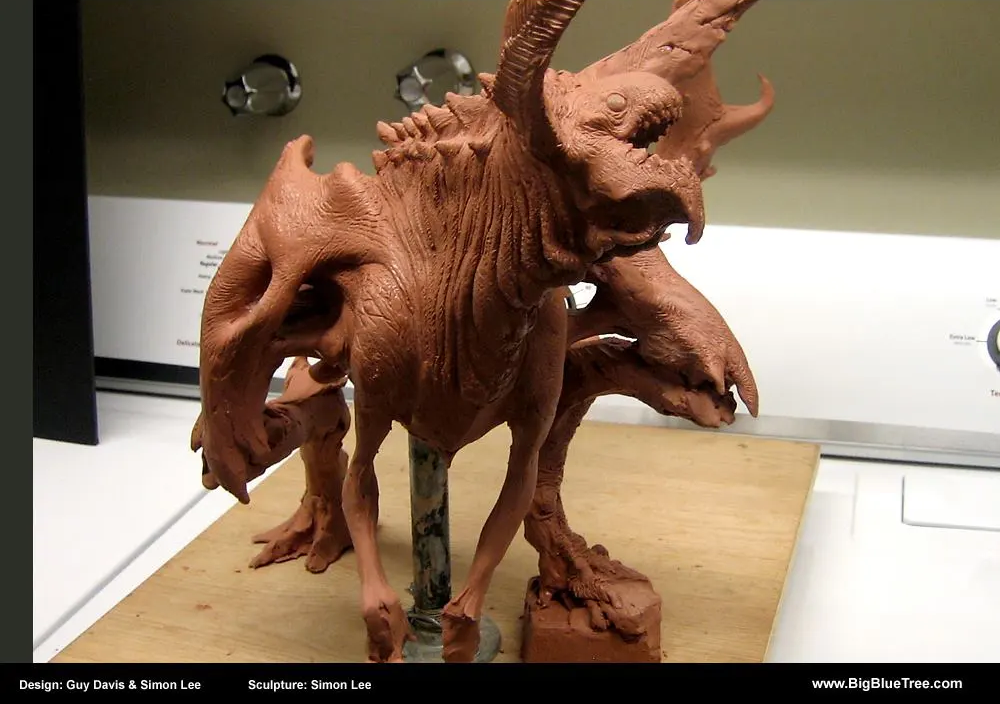
Unpainted Meathead maquette by Simon Lee. The leg anatomy was based on inner ear canals.
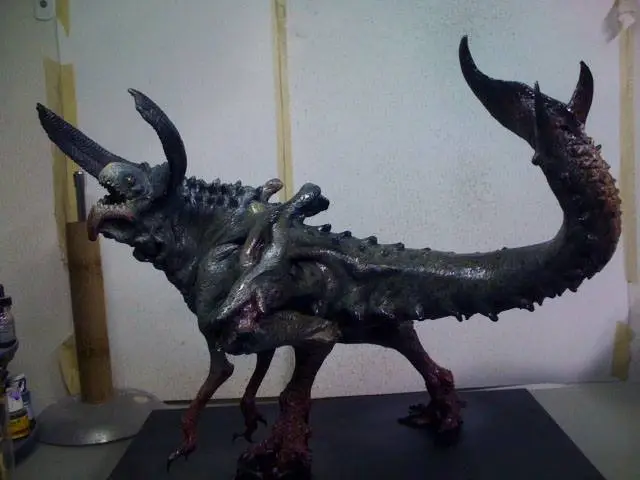
The Meathead maquette during the painting process.
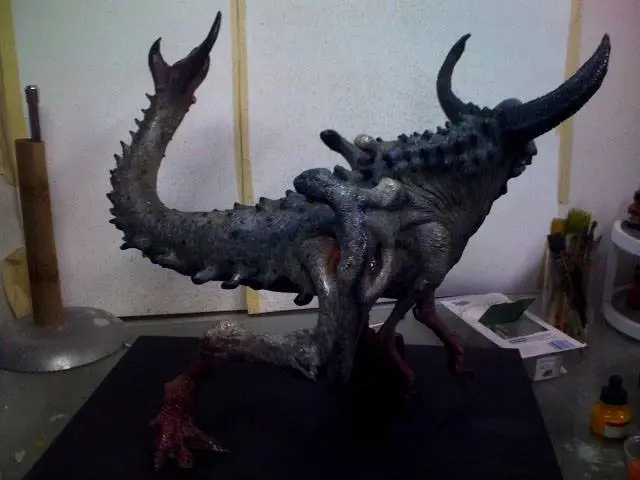
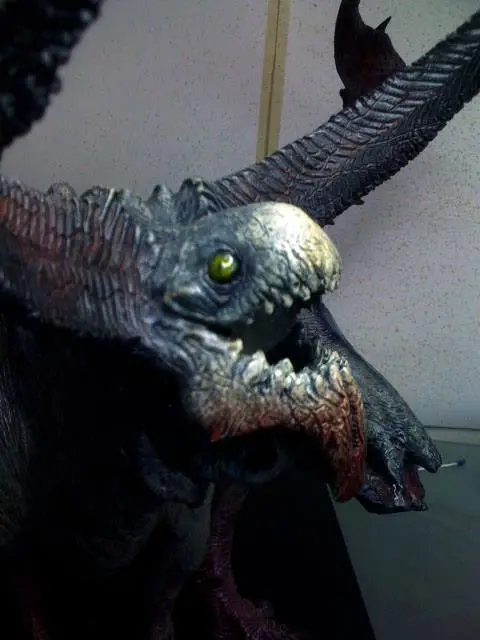
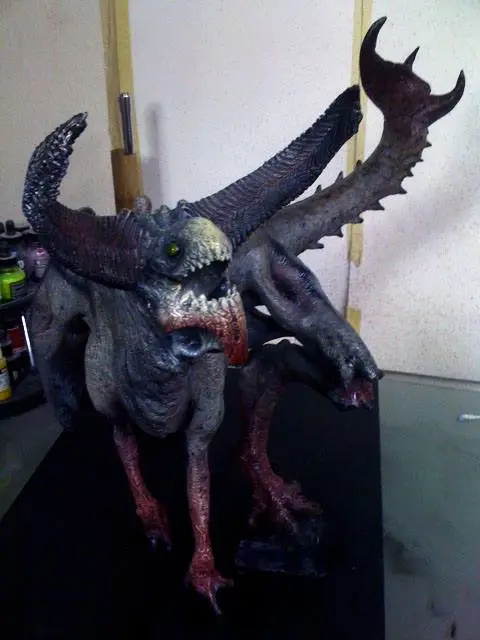
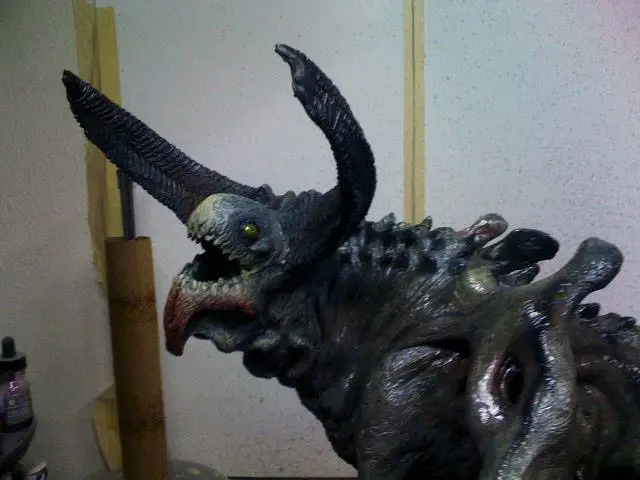
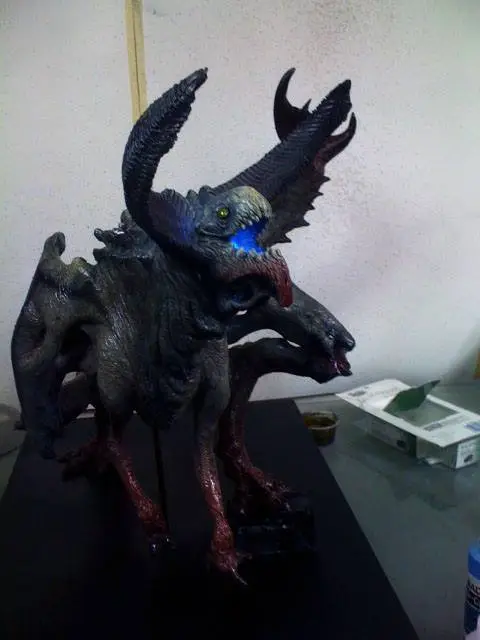
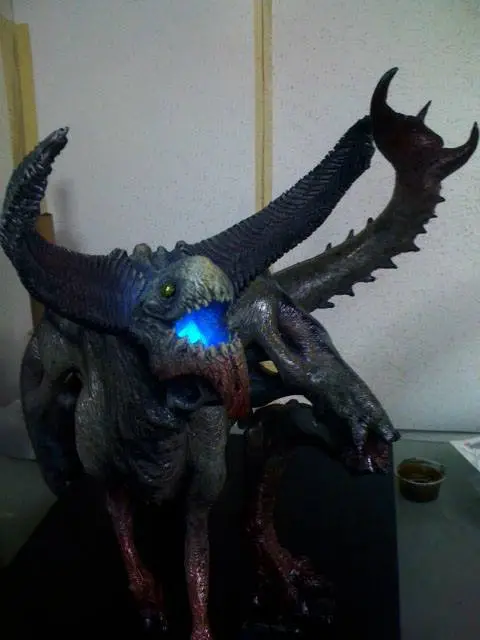
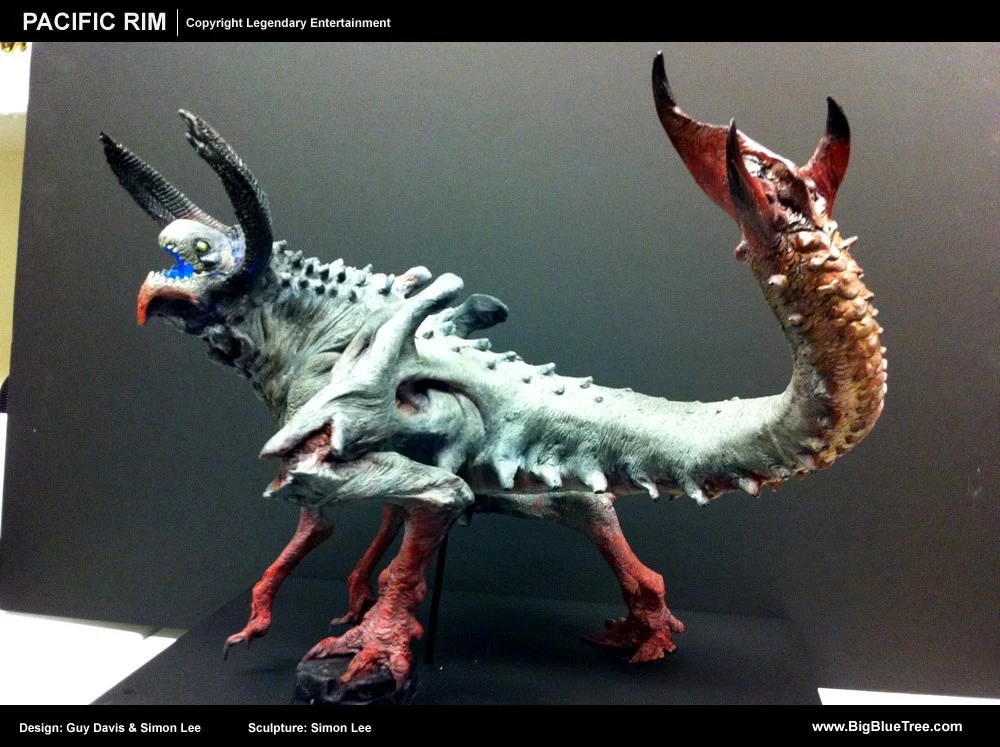
Meathead maquette
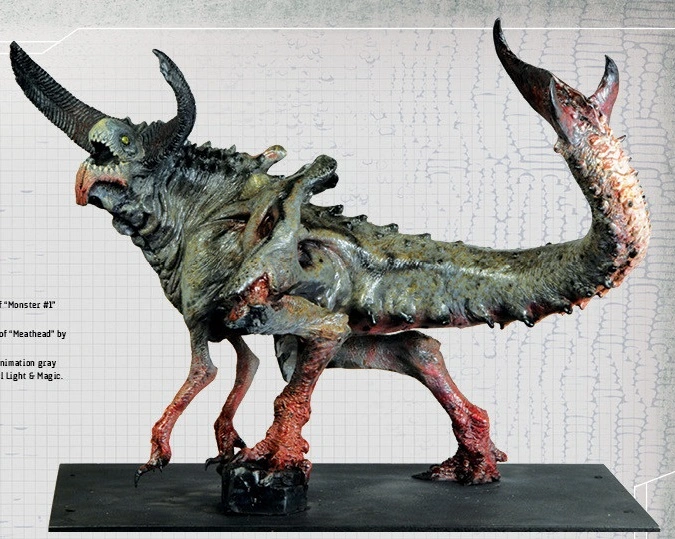
Meathead, one of the discarded Kaiju. It appears in the cover of the prequel comic. Maquette sculpted by Simon Lee and painted by Casey Love.
히만투라 Himantura (등장 안함)

Himantura, the discarded Kaiju.
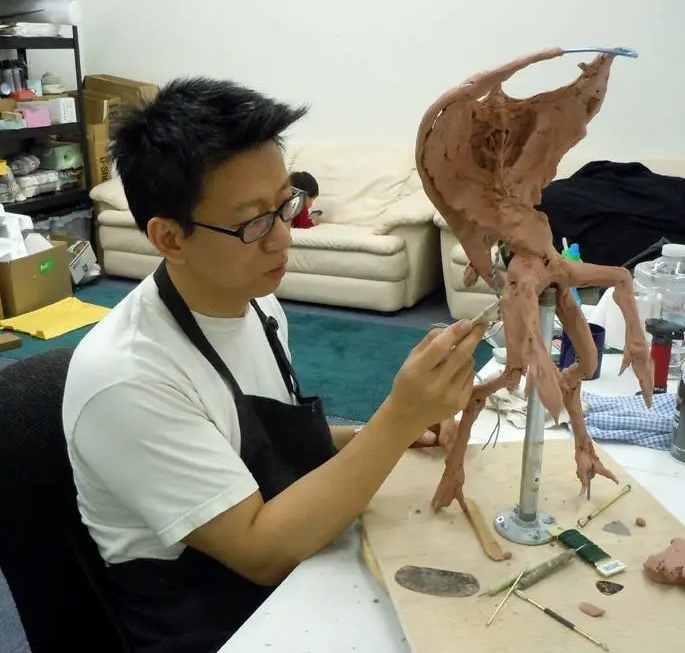
Sculpting Himantura. Simon Lee commented: “The idea of this creature all came from bending the aluminum armature – this creature can fold up or expand to open and is essentially 3 creatures in one.”
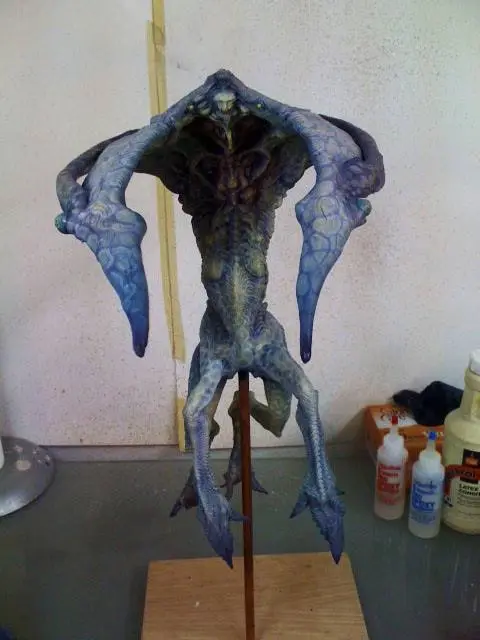
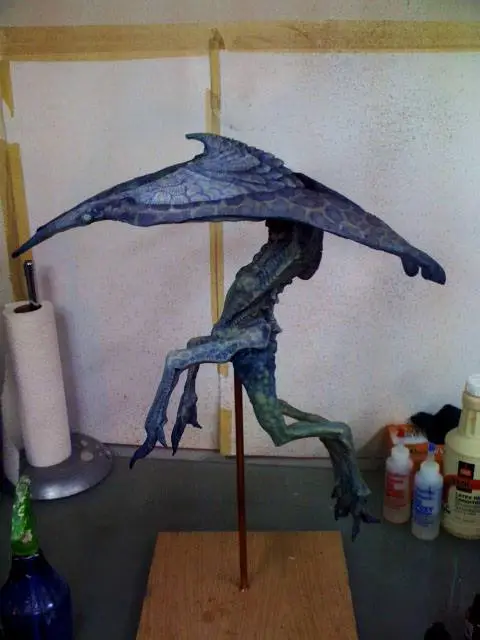
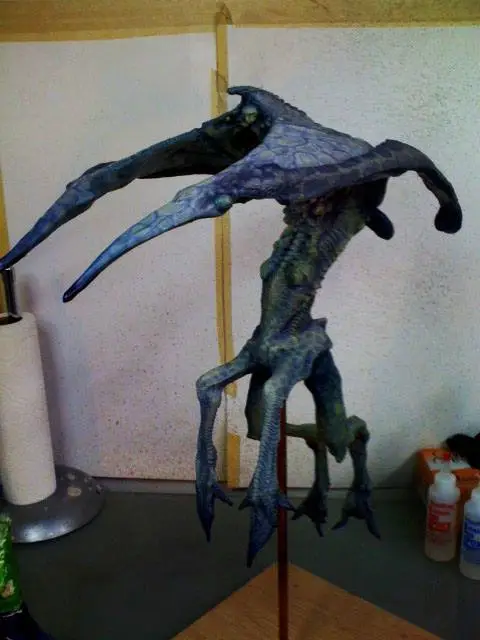
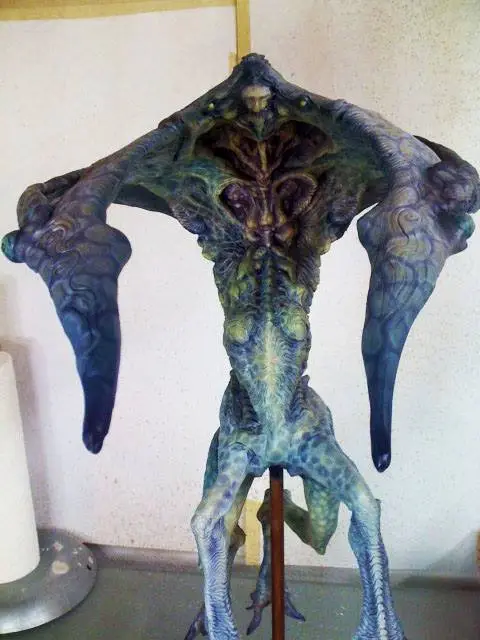
The Himantura maquette during the painting process.
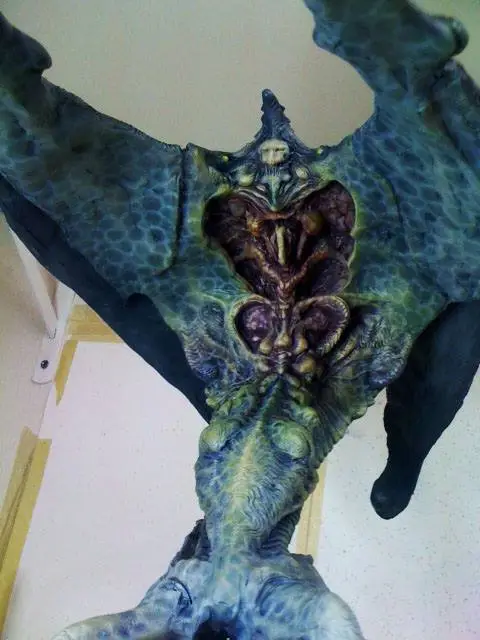
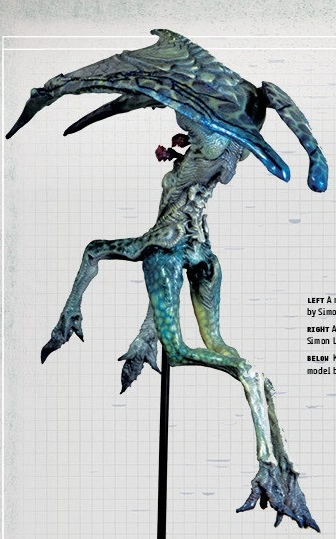
Himantura maquette sculpted by Simon Lee and painted by Casey Love.
둔한 박지귀 Bat Ears Brady (등장 안함)
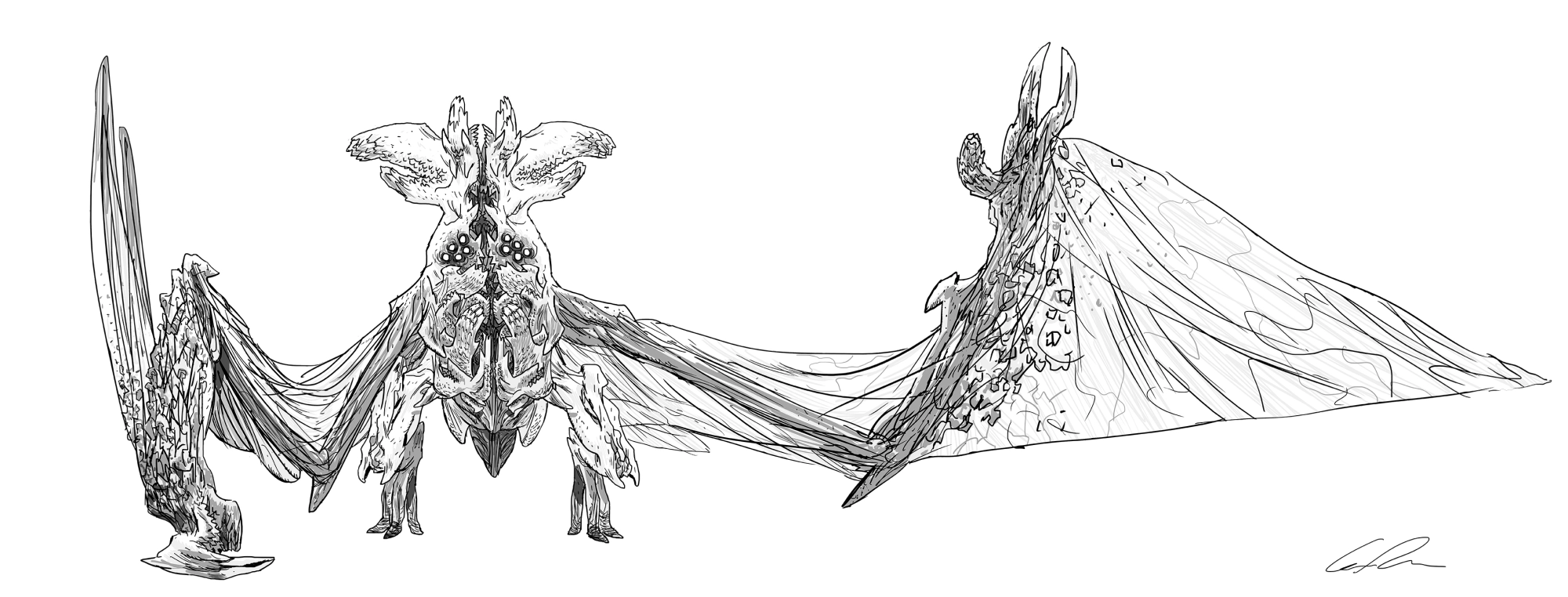
Bat Ears Brady concept by Guy Davis.
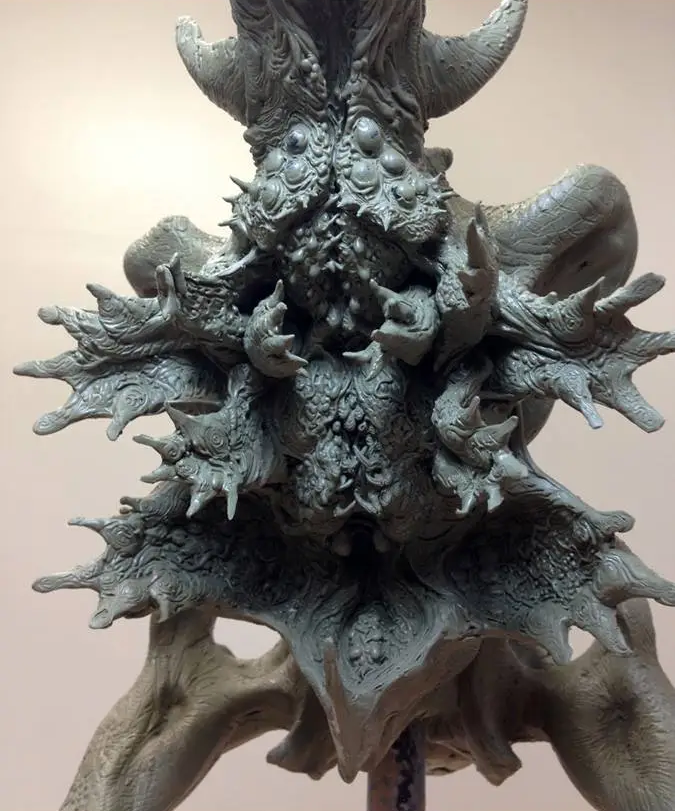
Maquette of Bat Ears Brady by Simon Lee.
도끼 머리 (침입자) Axehead (Trespasser)

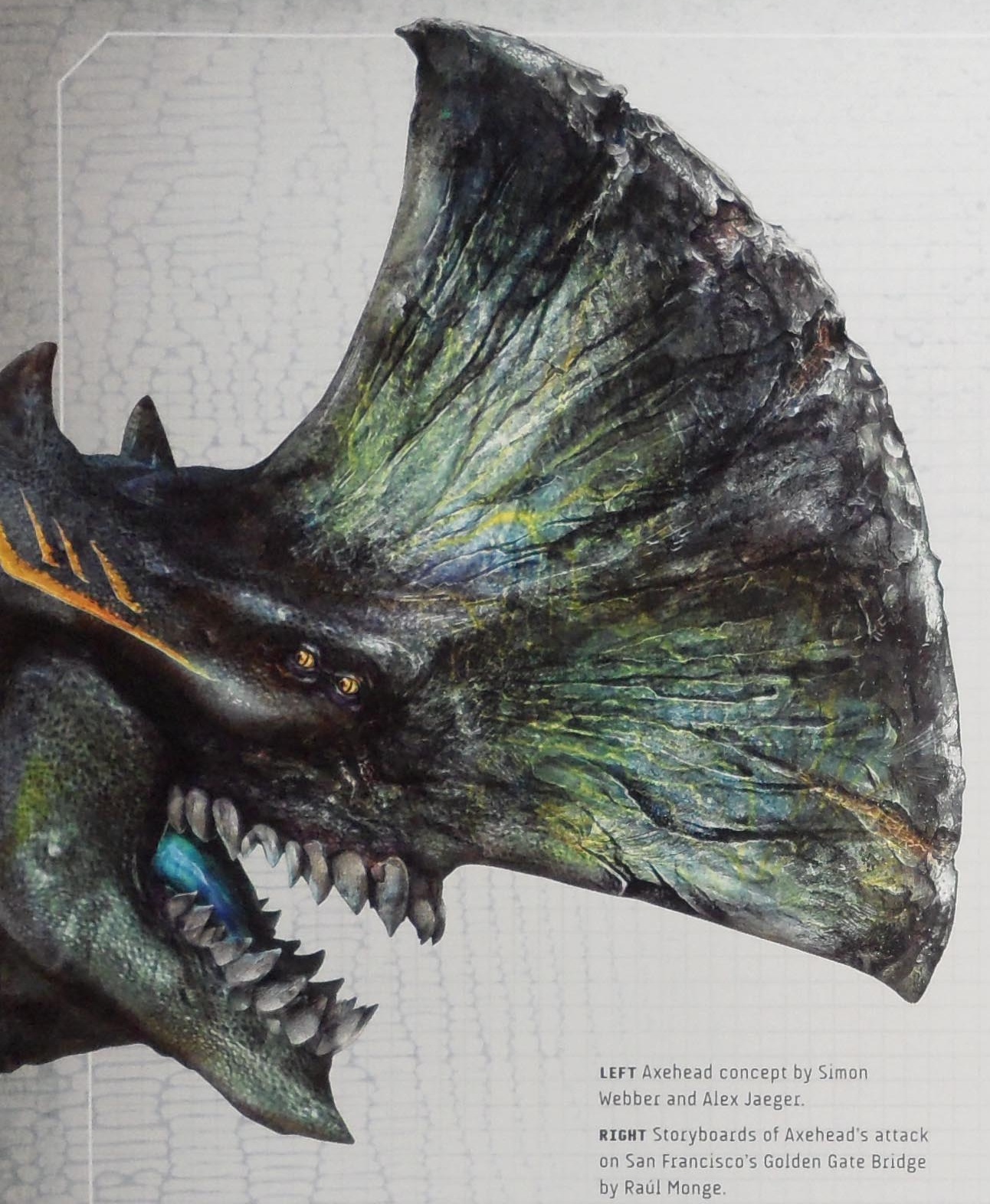
Axehead concept by Simon Webber and Alex Jaeger.
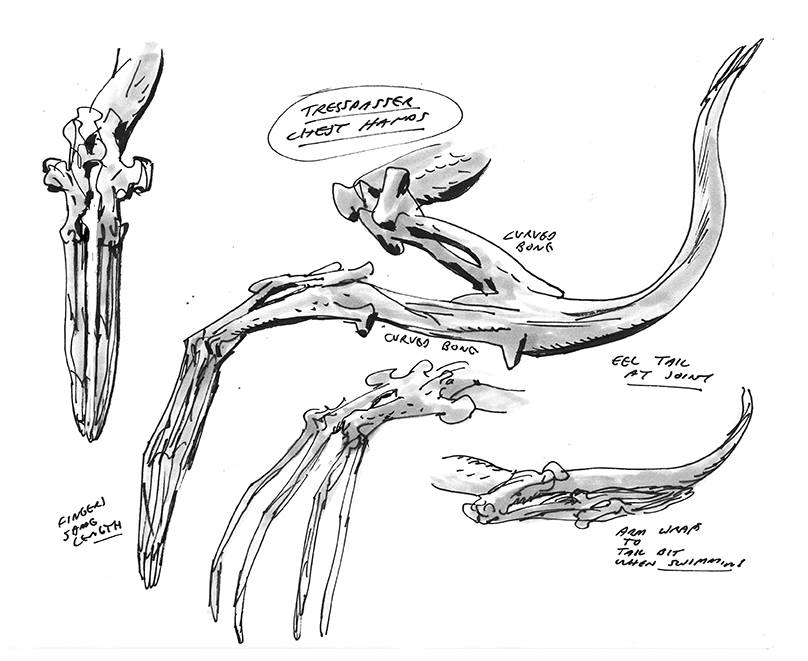
Trespasser arm concepts by Guy Davis.
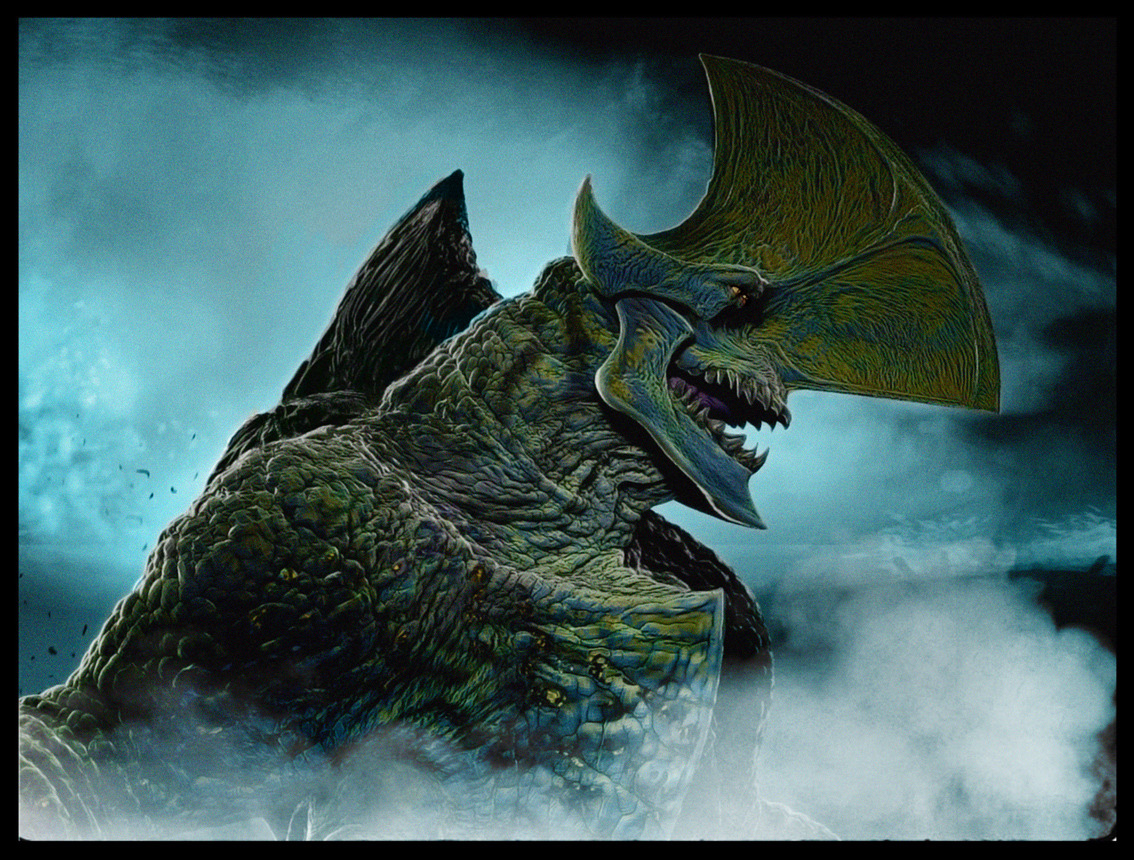
Axehead concept art by Simon Webber.
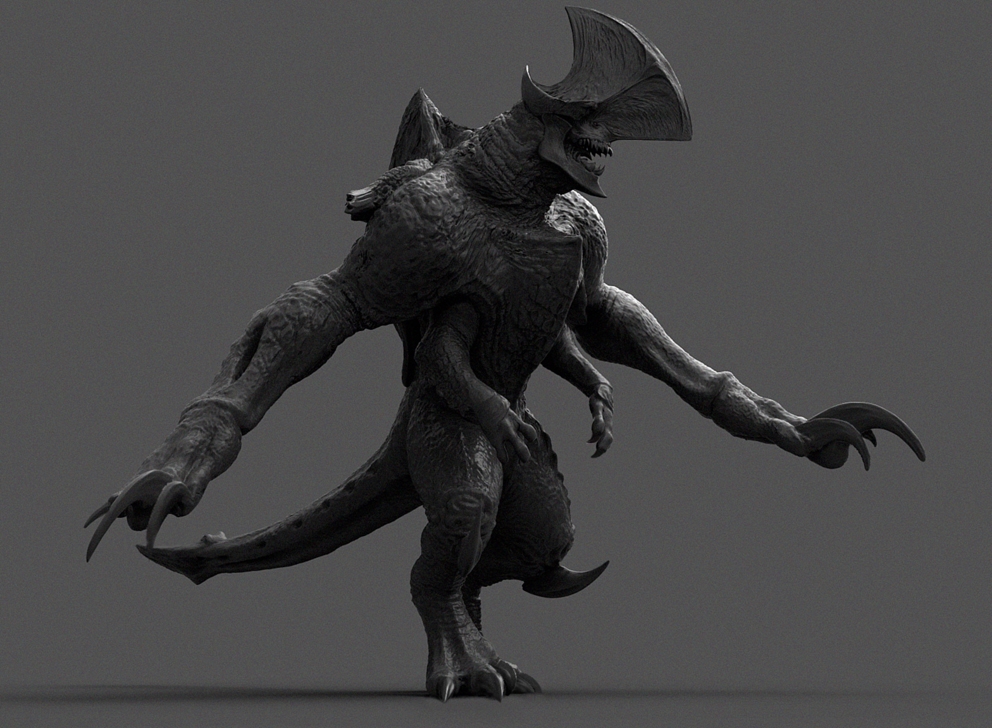
Almost final Axehead digital model. The final version features more pronounced claws as well as other cosmetic differences.
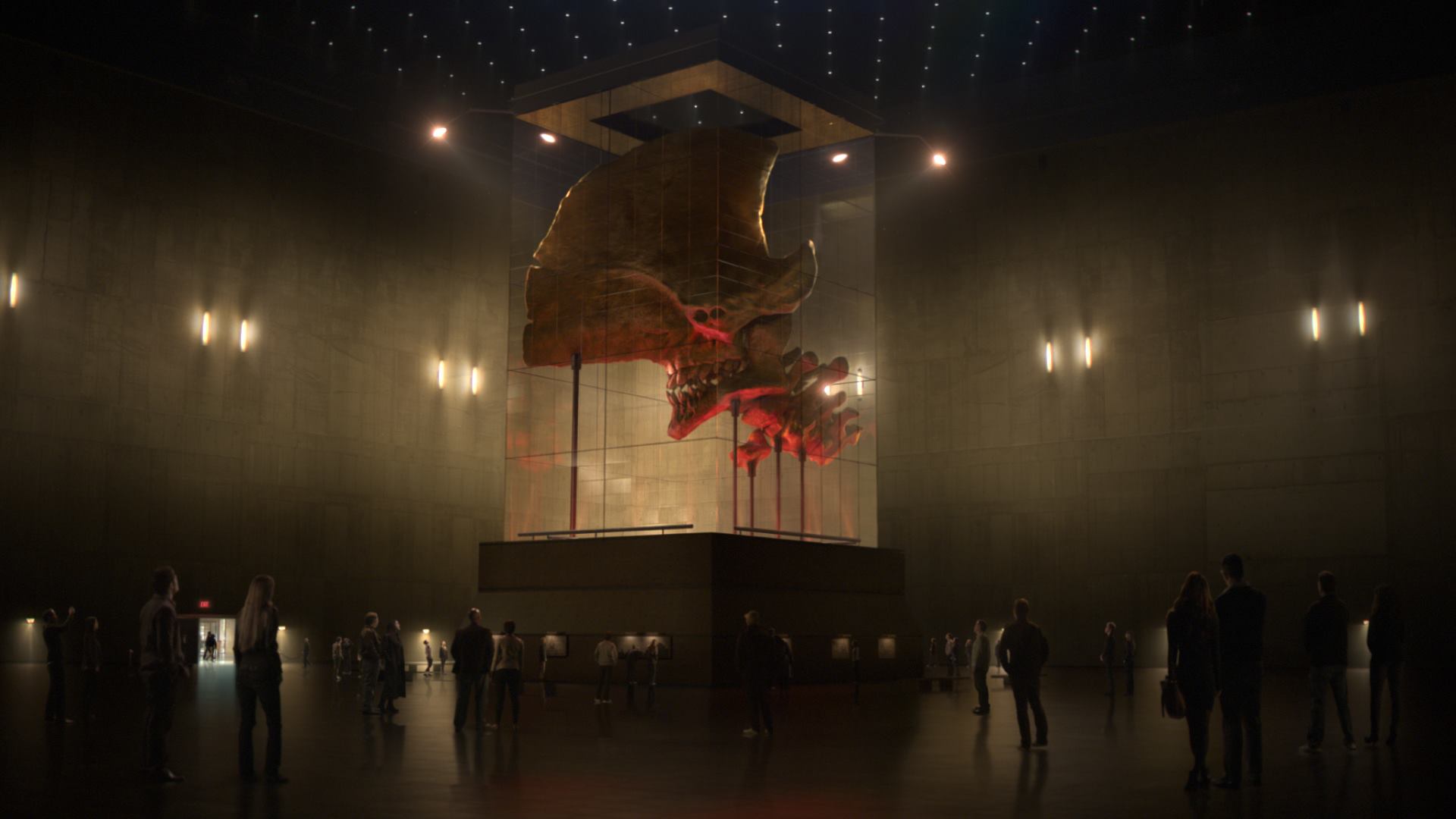
Axehead’s skull in a museum.
Baby Kaiju
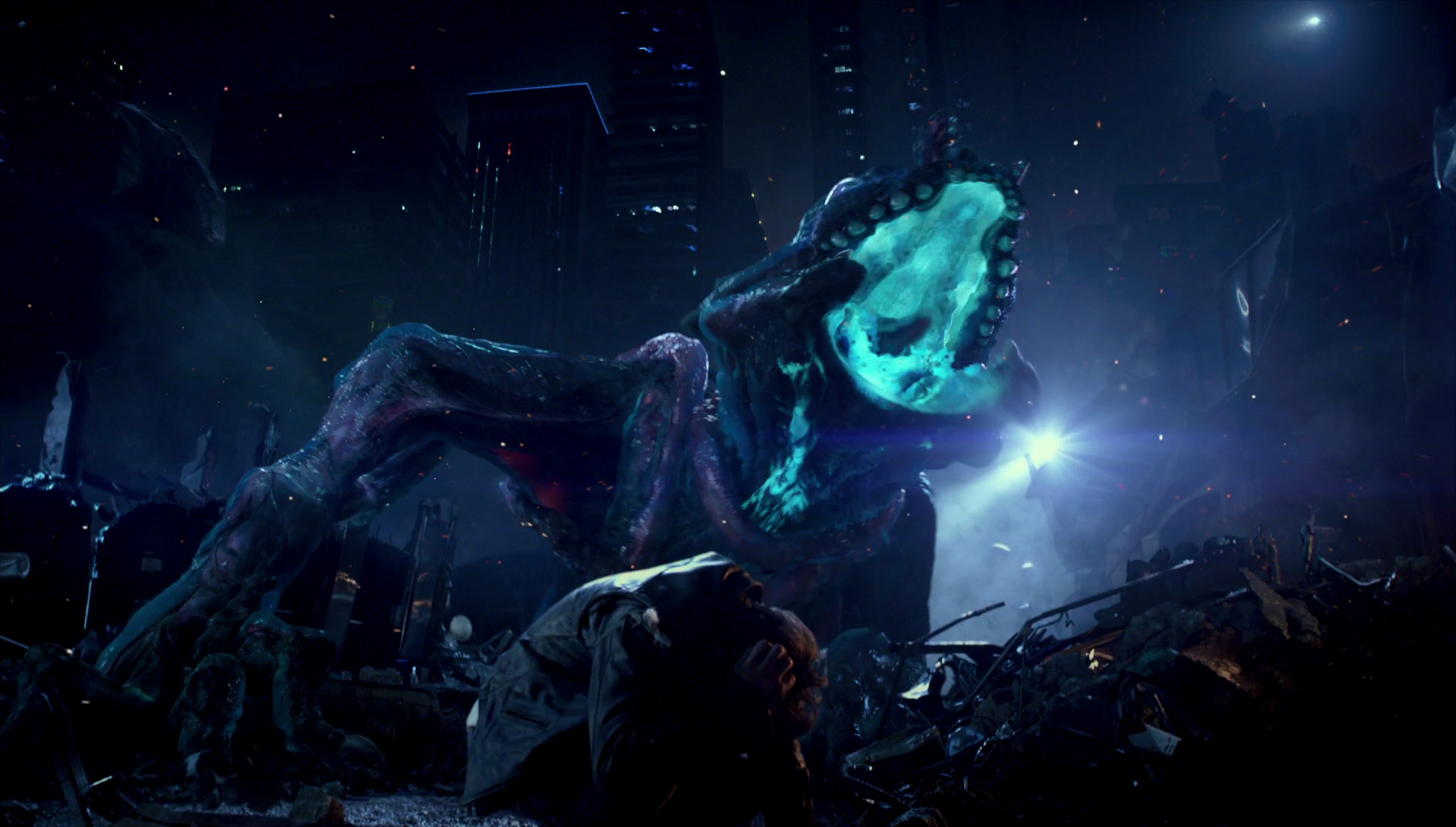
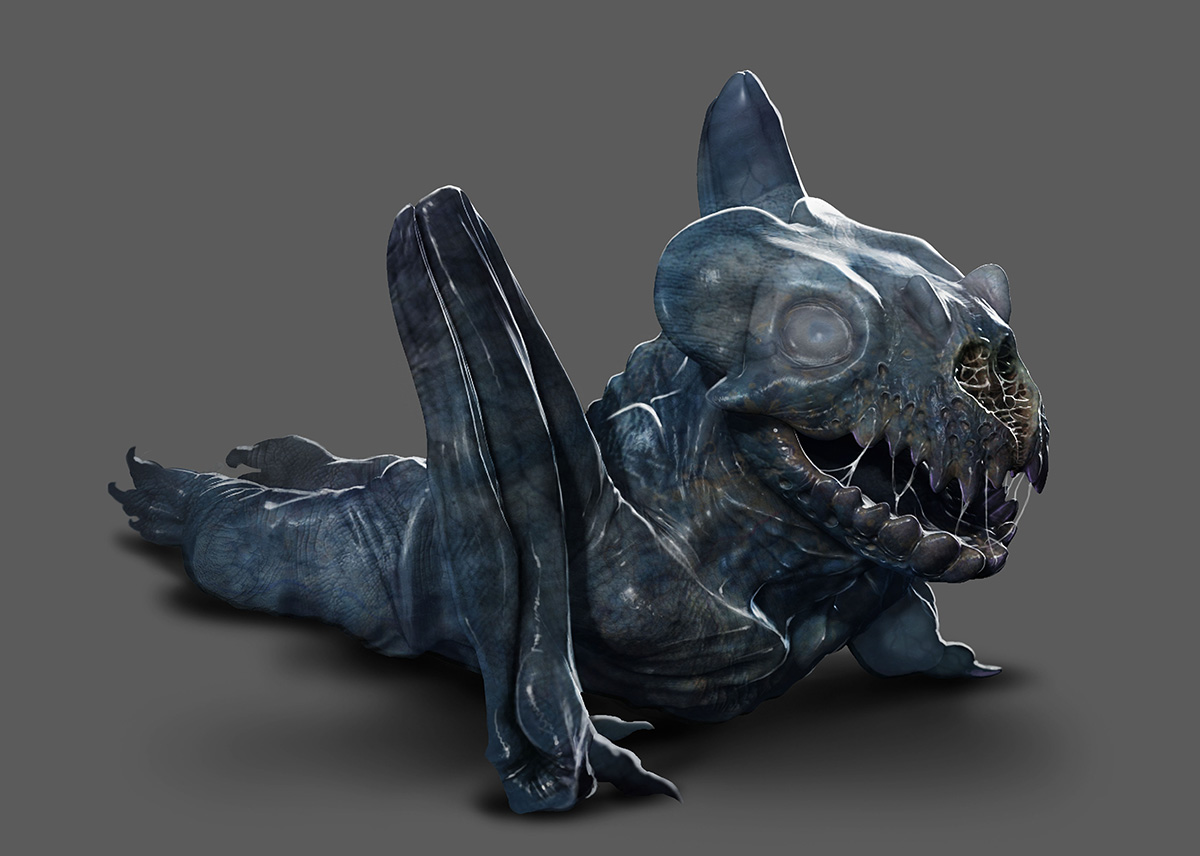
Baby Kaiju concept art by Francisco Ruiz Velasco.


The unpainted baby Kaiju Maquette sculpted by Daivd Meng.
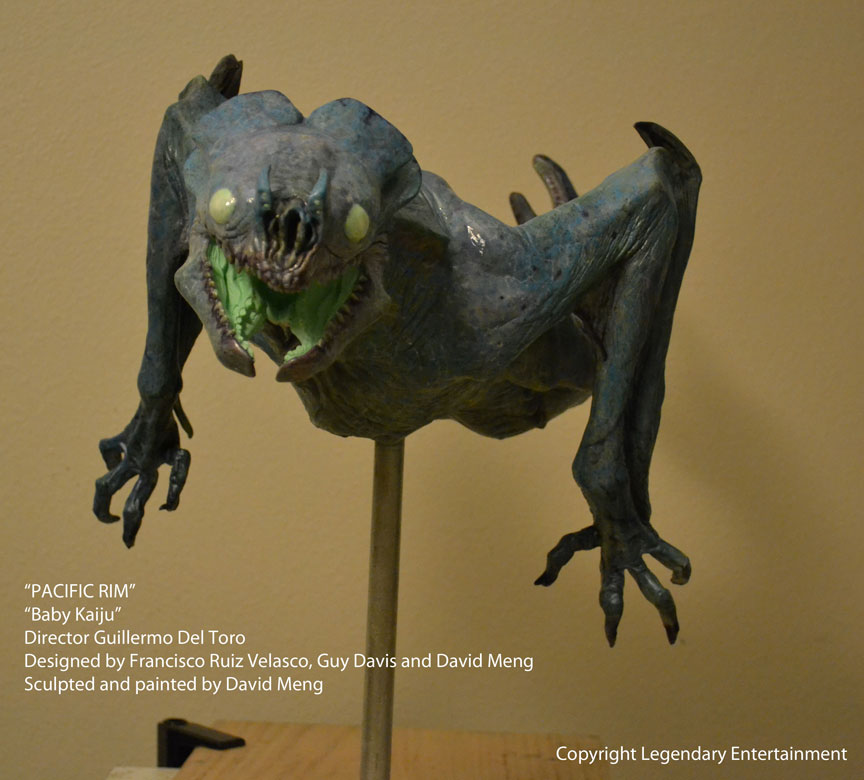
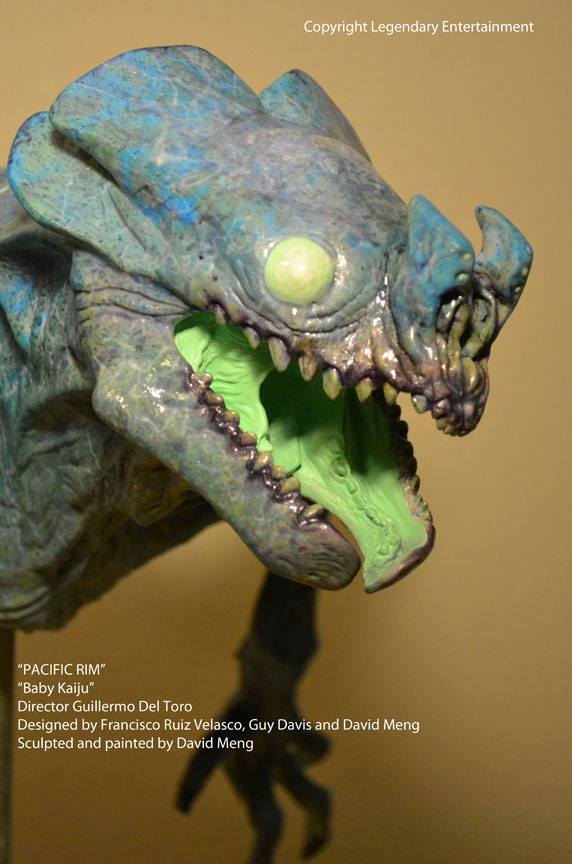

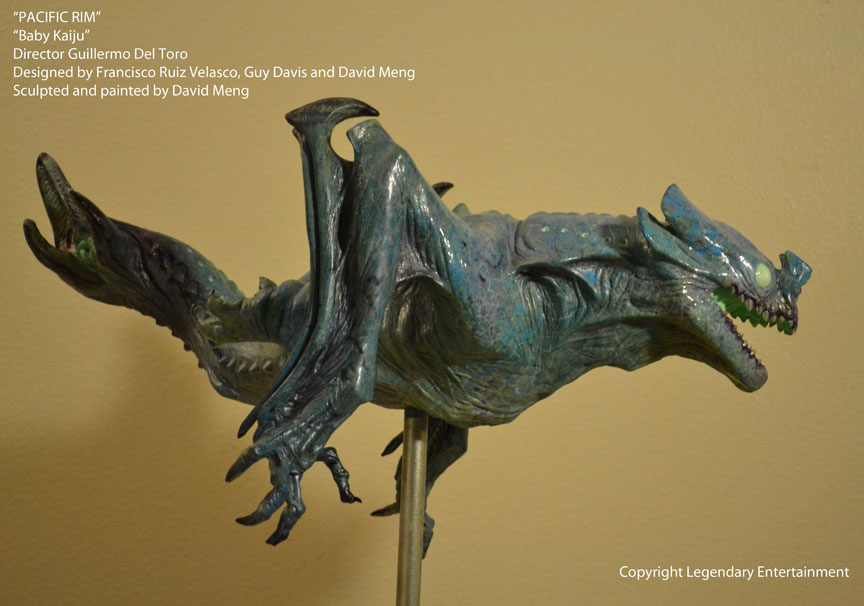
Hardship (Bowser)
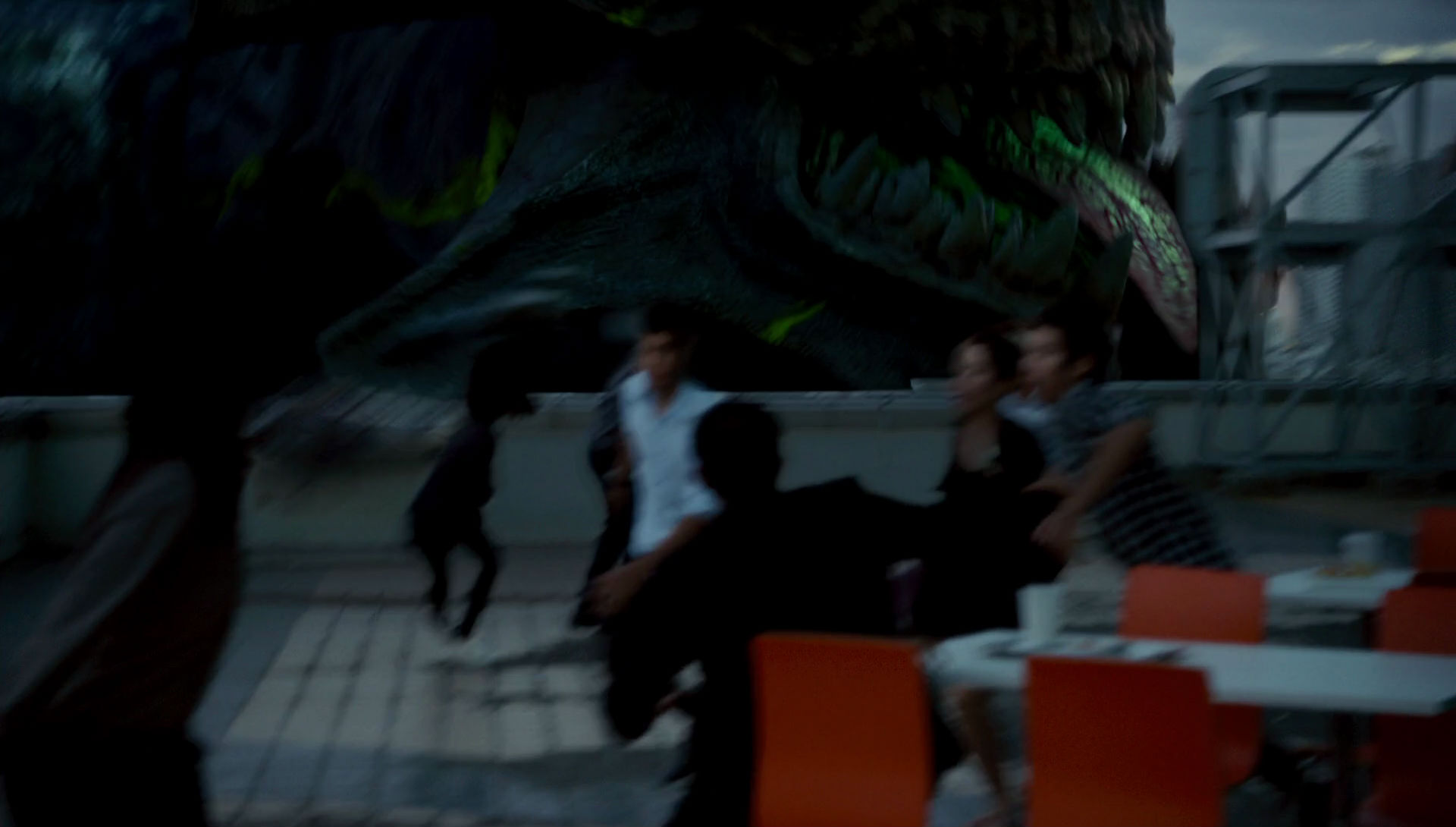
Karloff

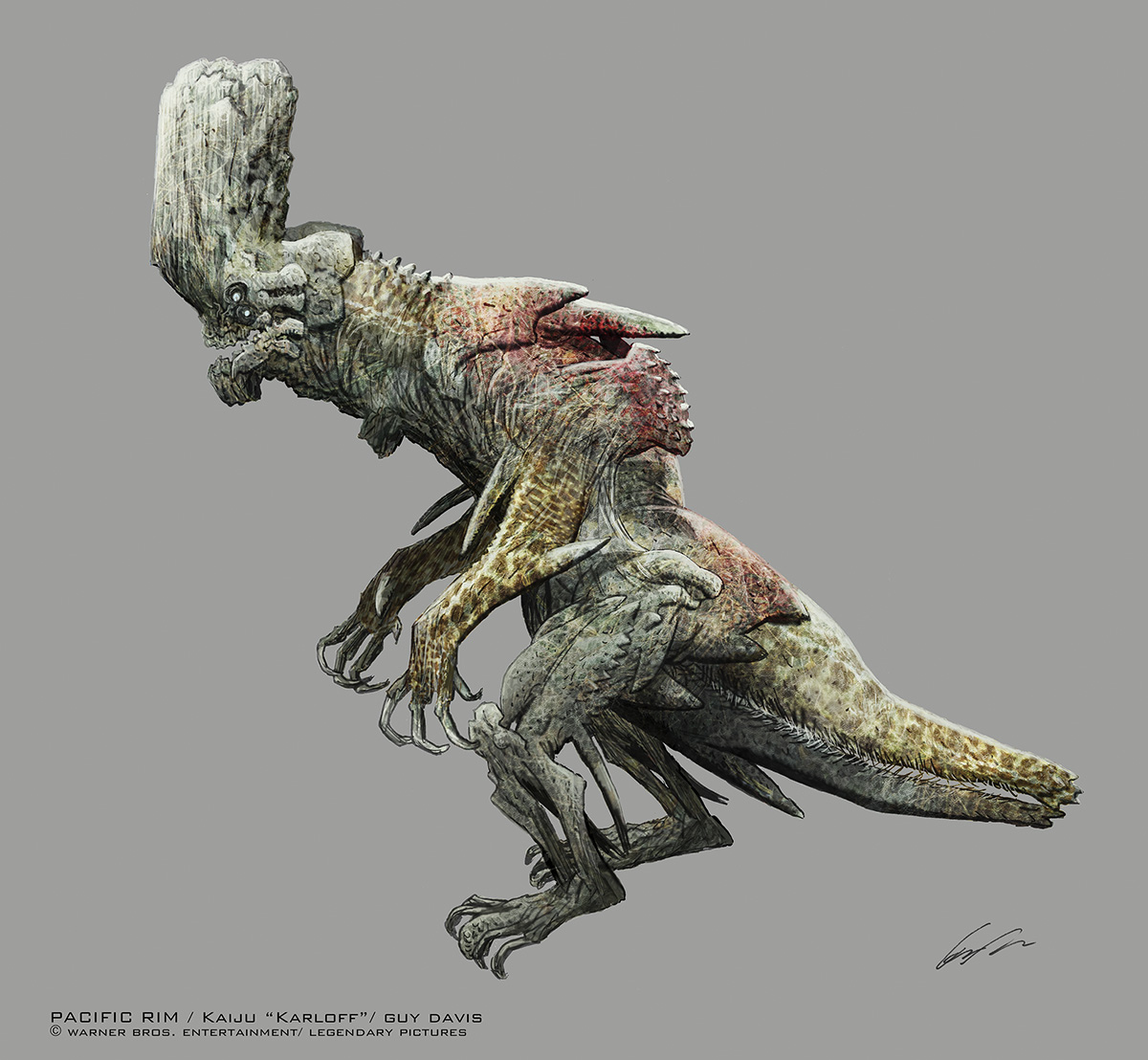
Concept art of Karloff by Guy Davis.
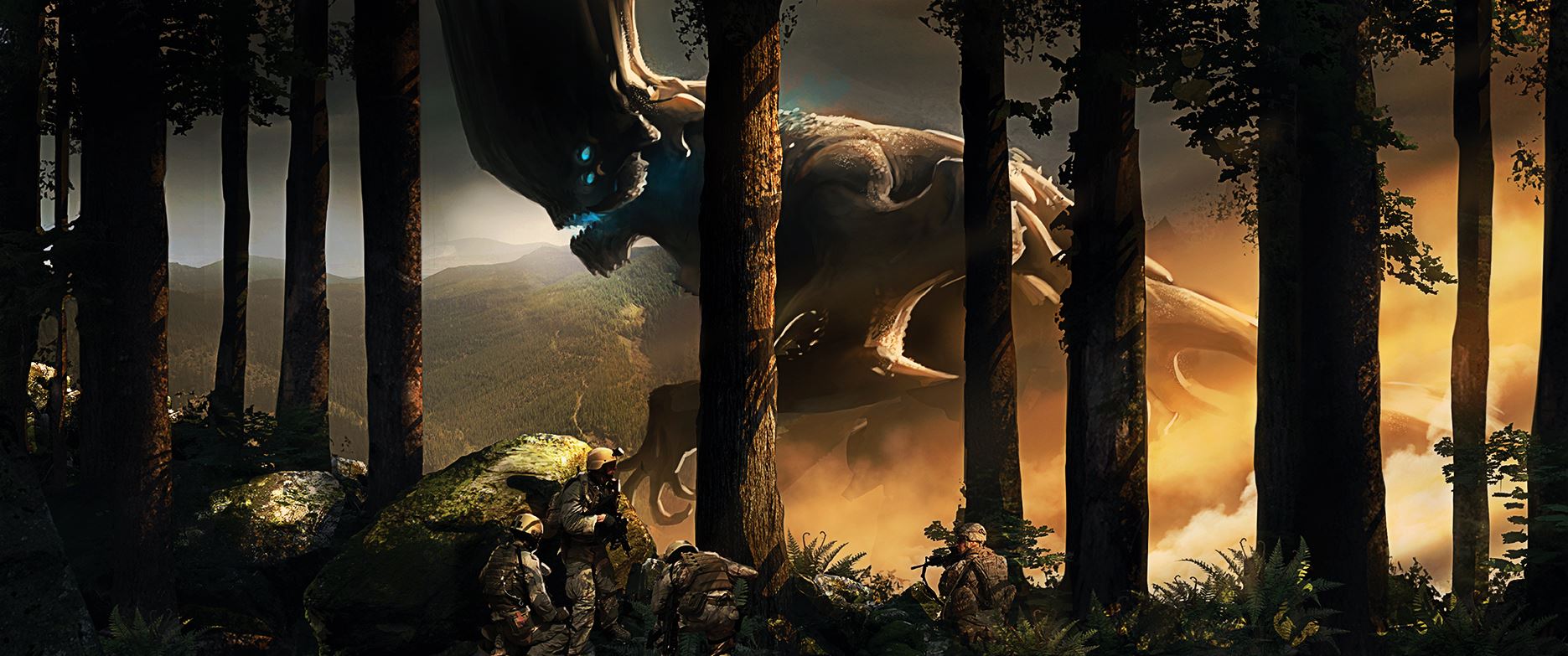
Concept art of Karloff by Guy Davis and Doug Williams.
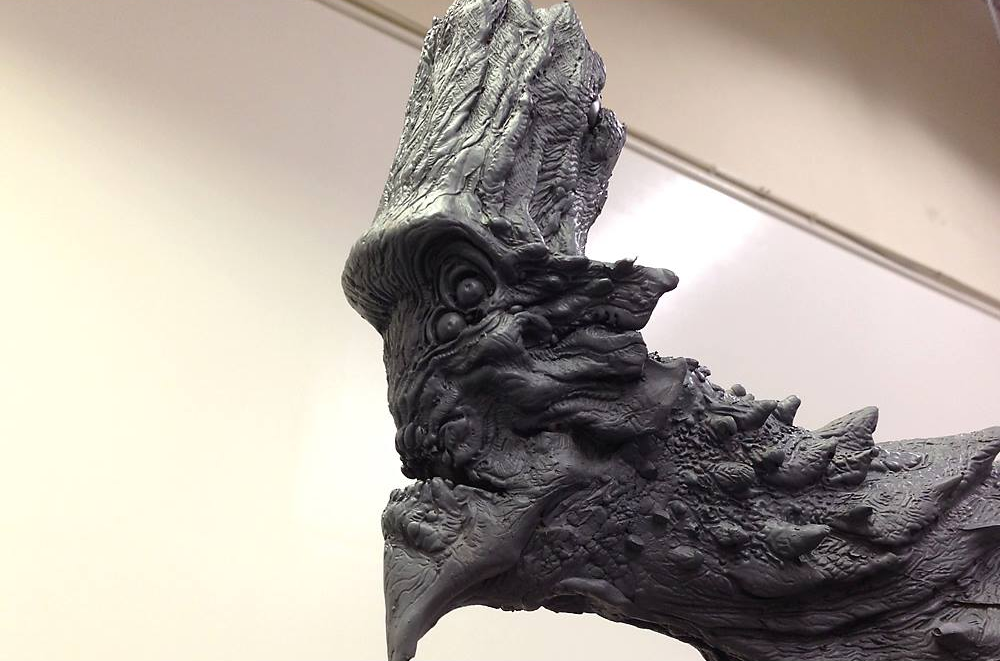
Unpainted Karloff head by Simon Lee.

Karloff’s back. Simon Lee infused elements of crickets and jet engines into the design.

The Karloff maquette during the painting process.
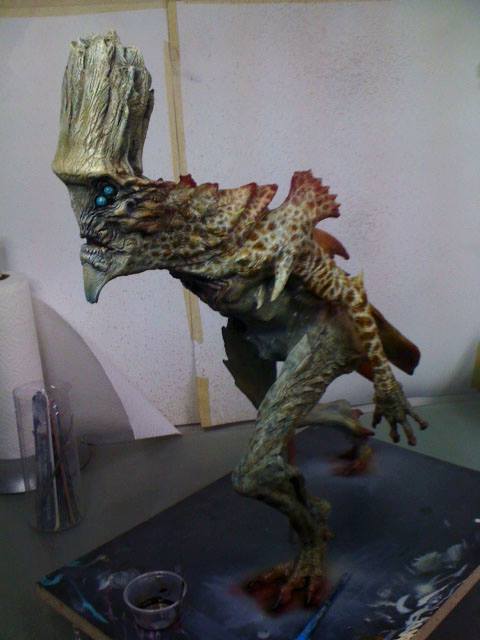
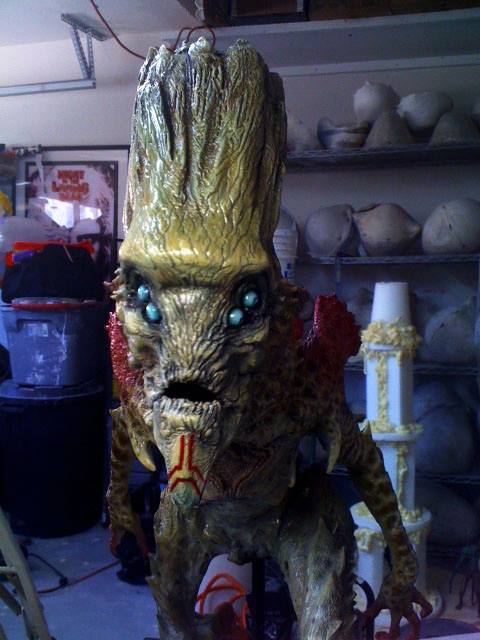
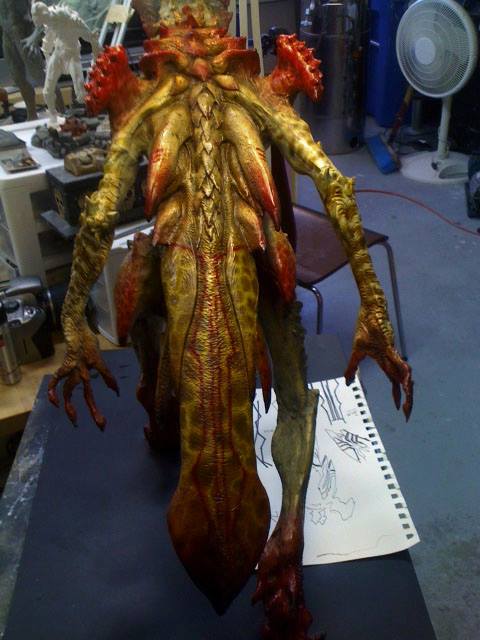
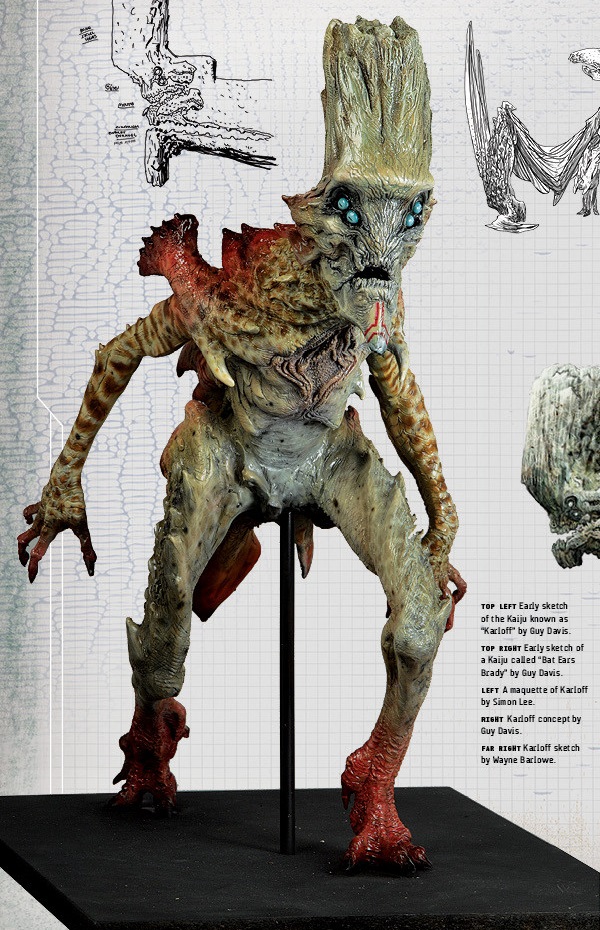
Karloff maquette sculpted by Simon Lee and painted by Casey Love.
Knifehead
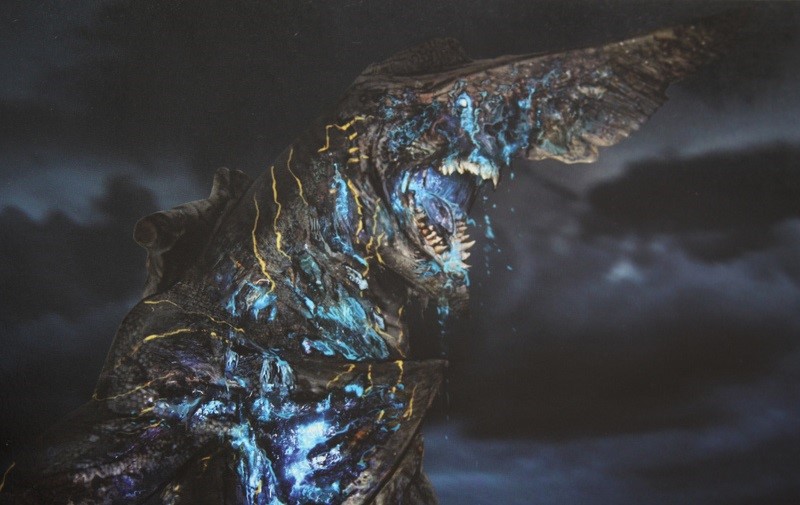

Knifehead concept by Wayne Barlowe.
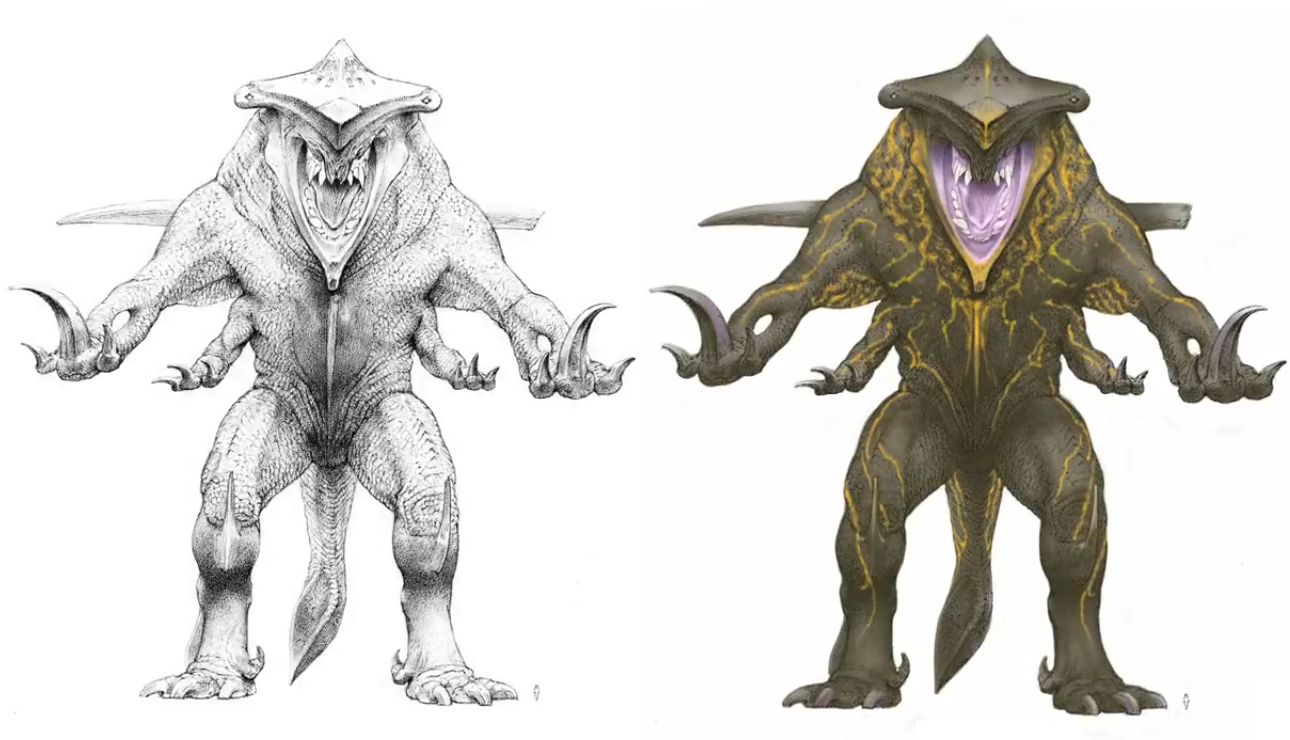
KnifeheadB & Wncolor
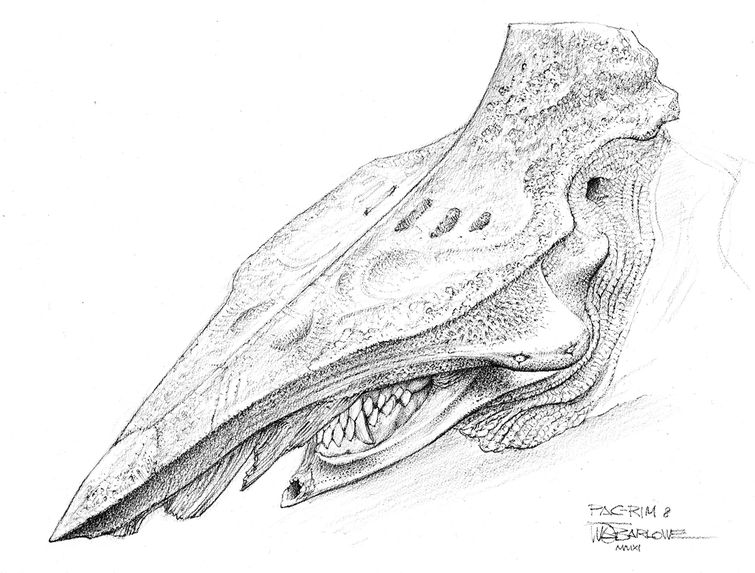
Knifehead concepts by Wayne Barlowe.

Knifehead side concept

Concept art of Knifehead by Wayne Barlowe.
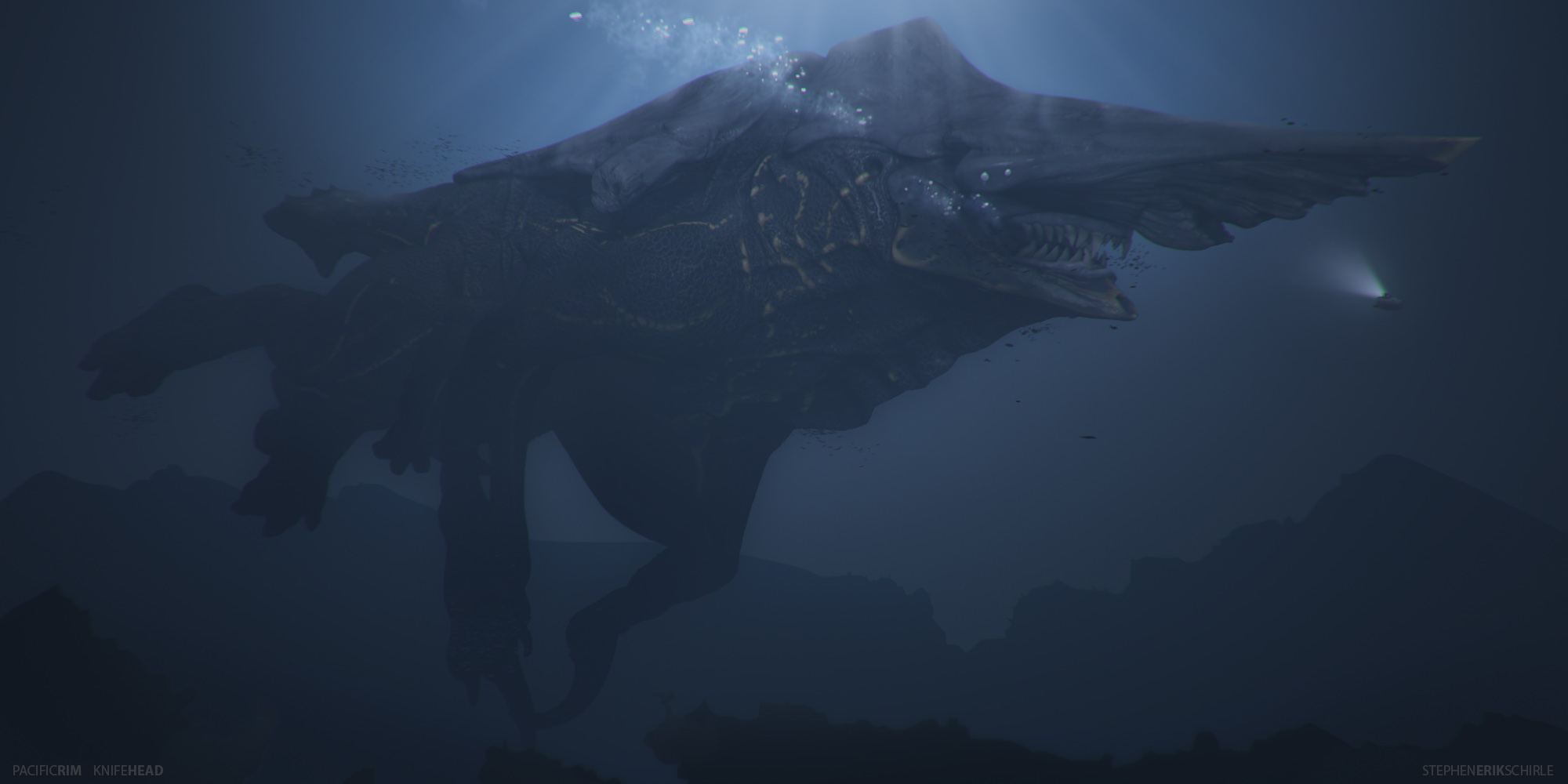
Concept art of Knifehead swimming by Stephen Erik Schirle.

Knifehead embryo concept by Stephen Erik Schirle.
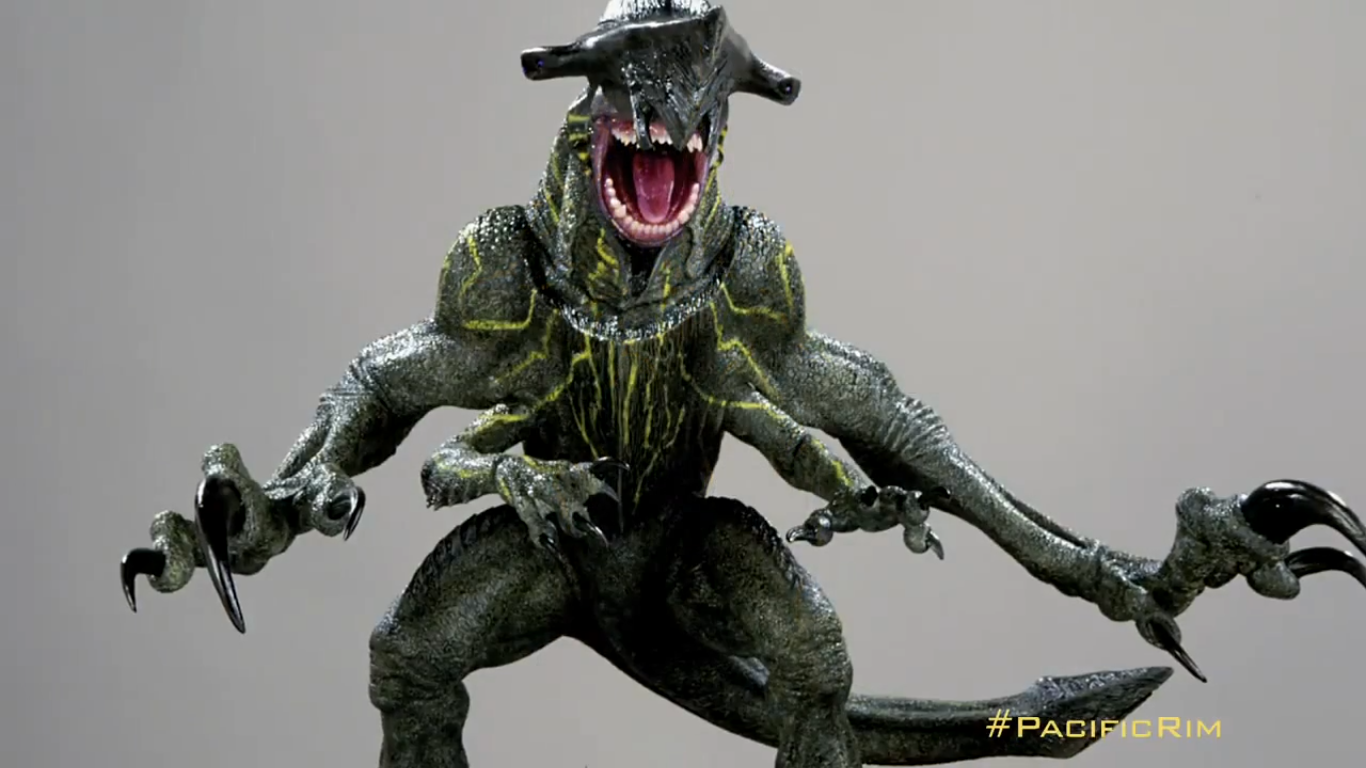
Maquette of Knifehead, sculpted by Simon Lee and painted by Casey Love.

Knifehead Maquette
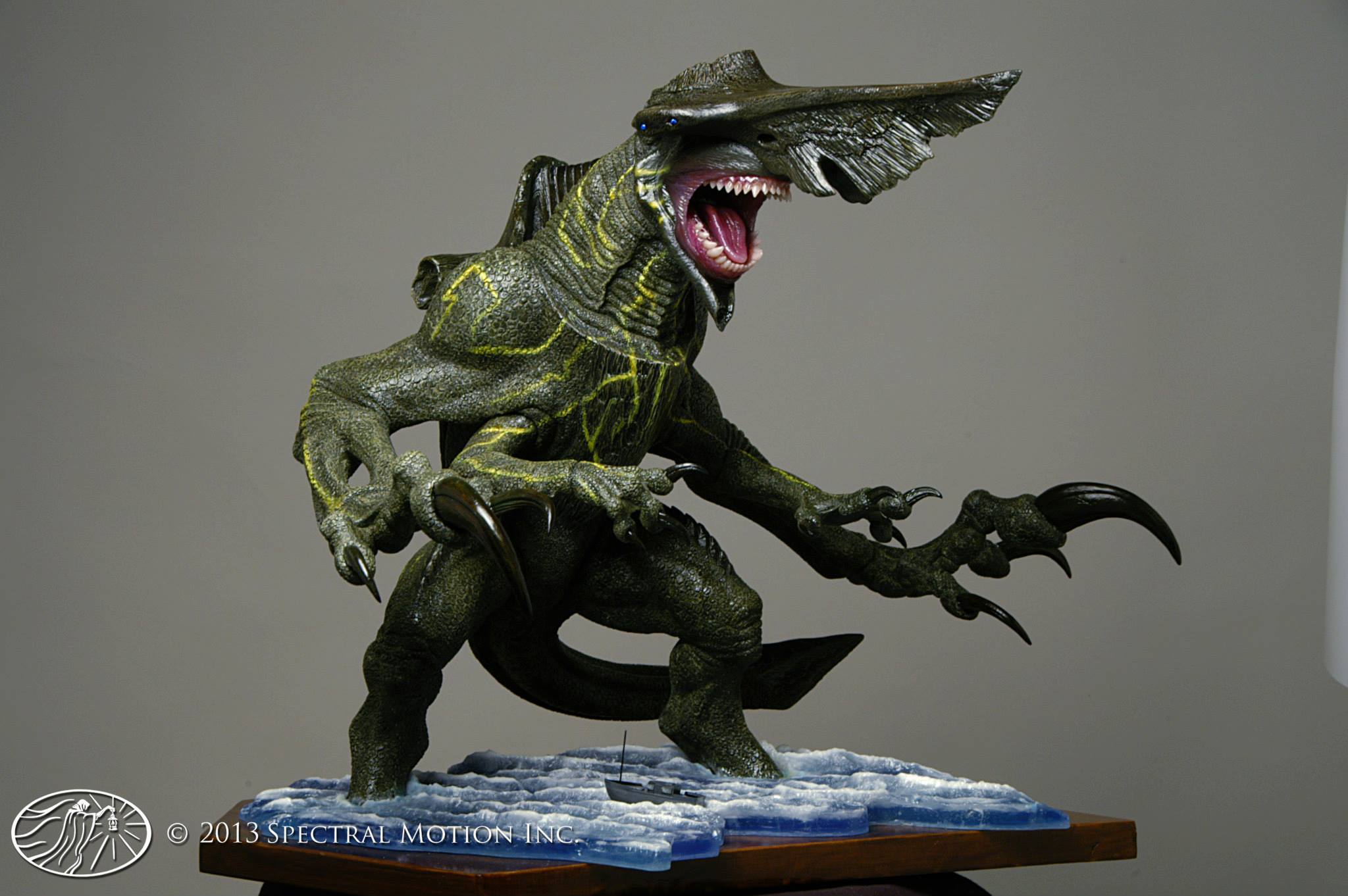
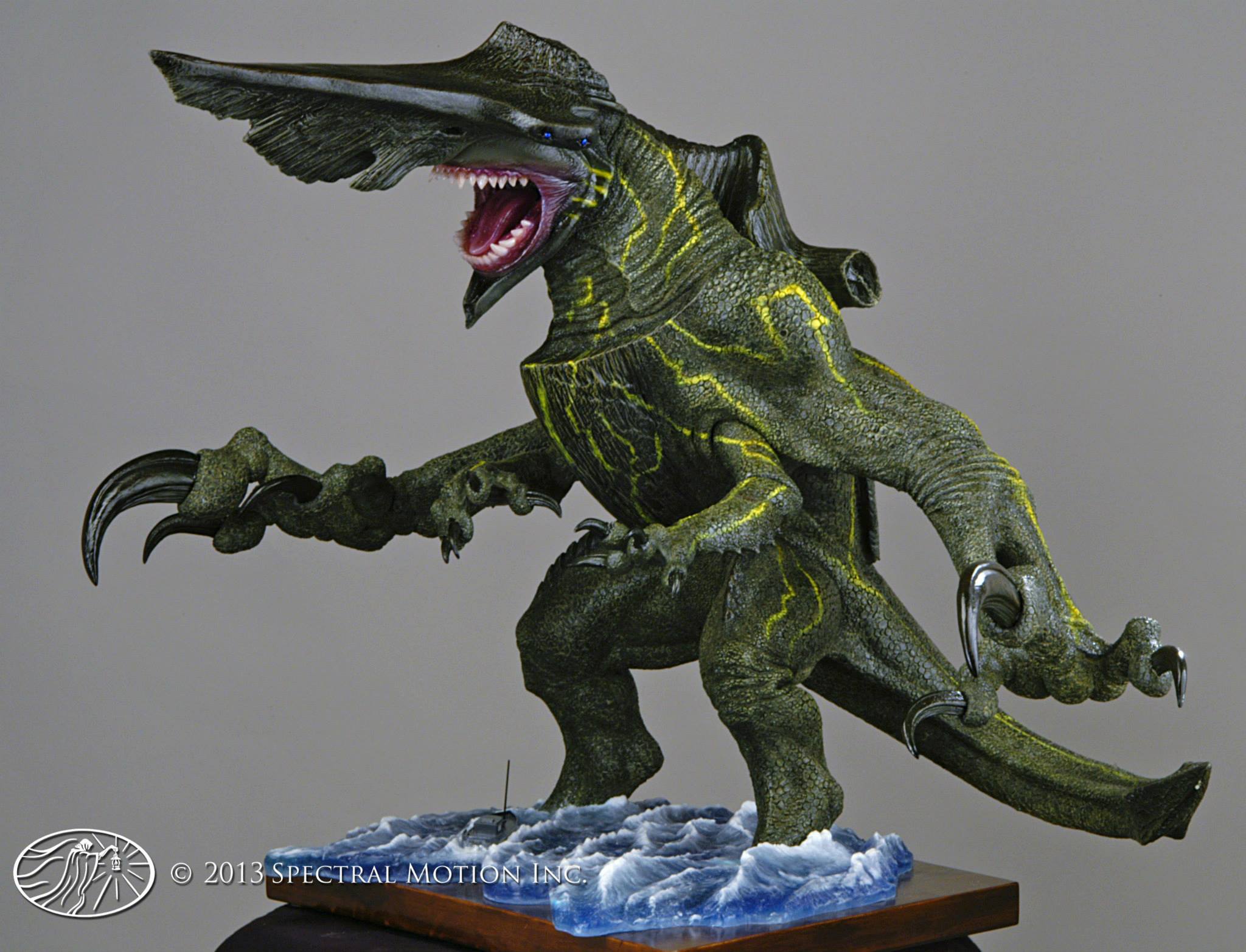
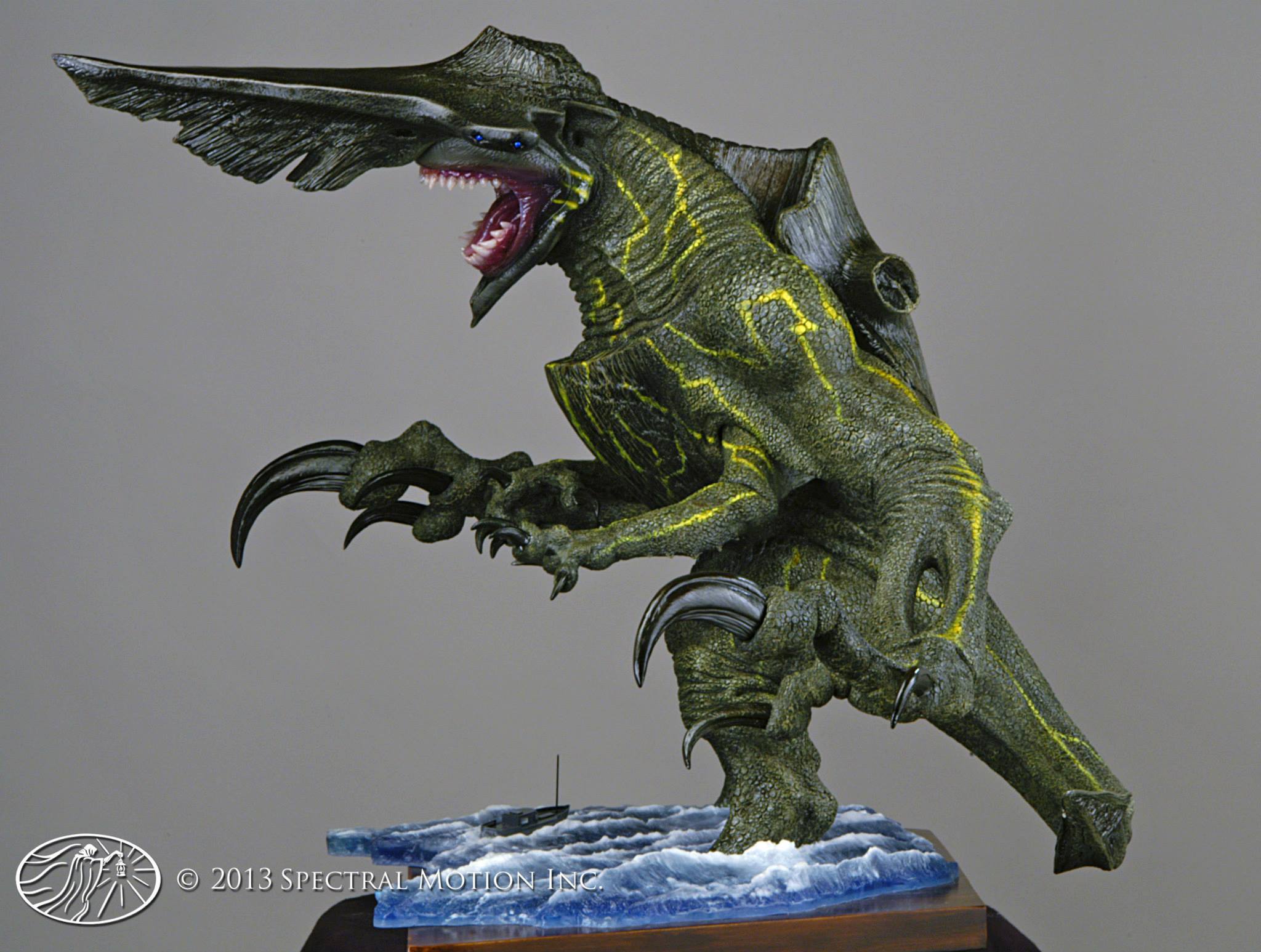
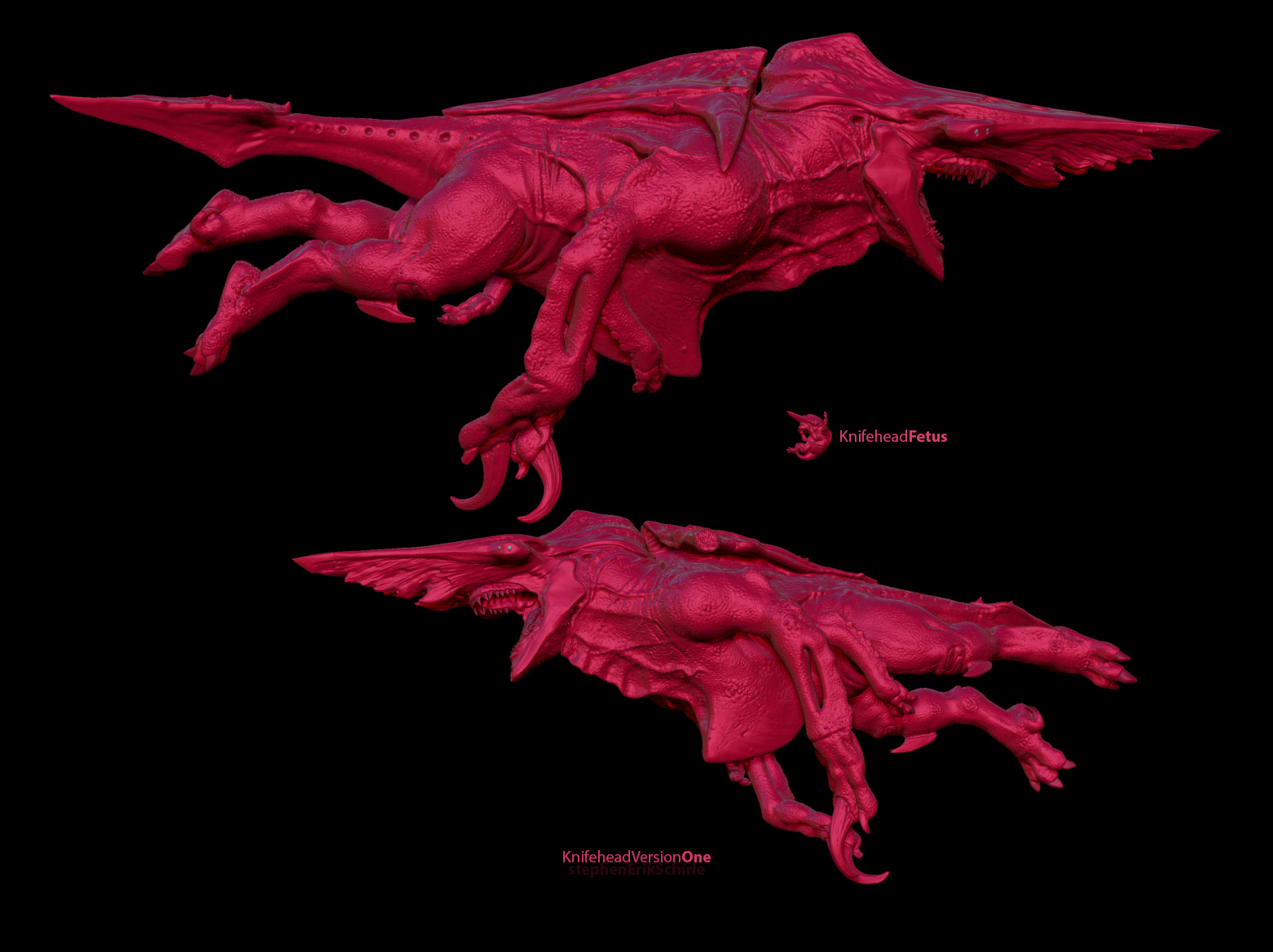
Early Knifehead CGI model.
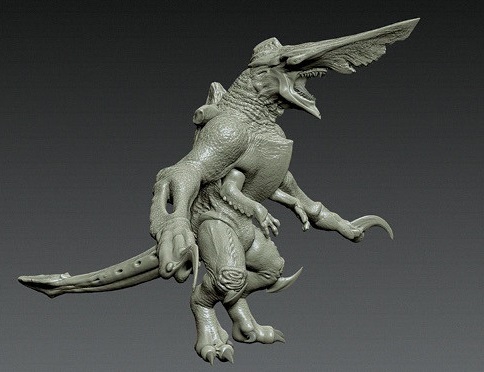
Another rendition.
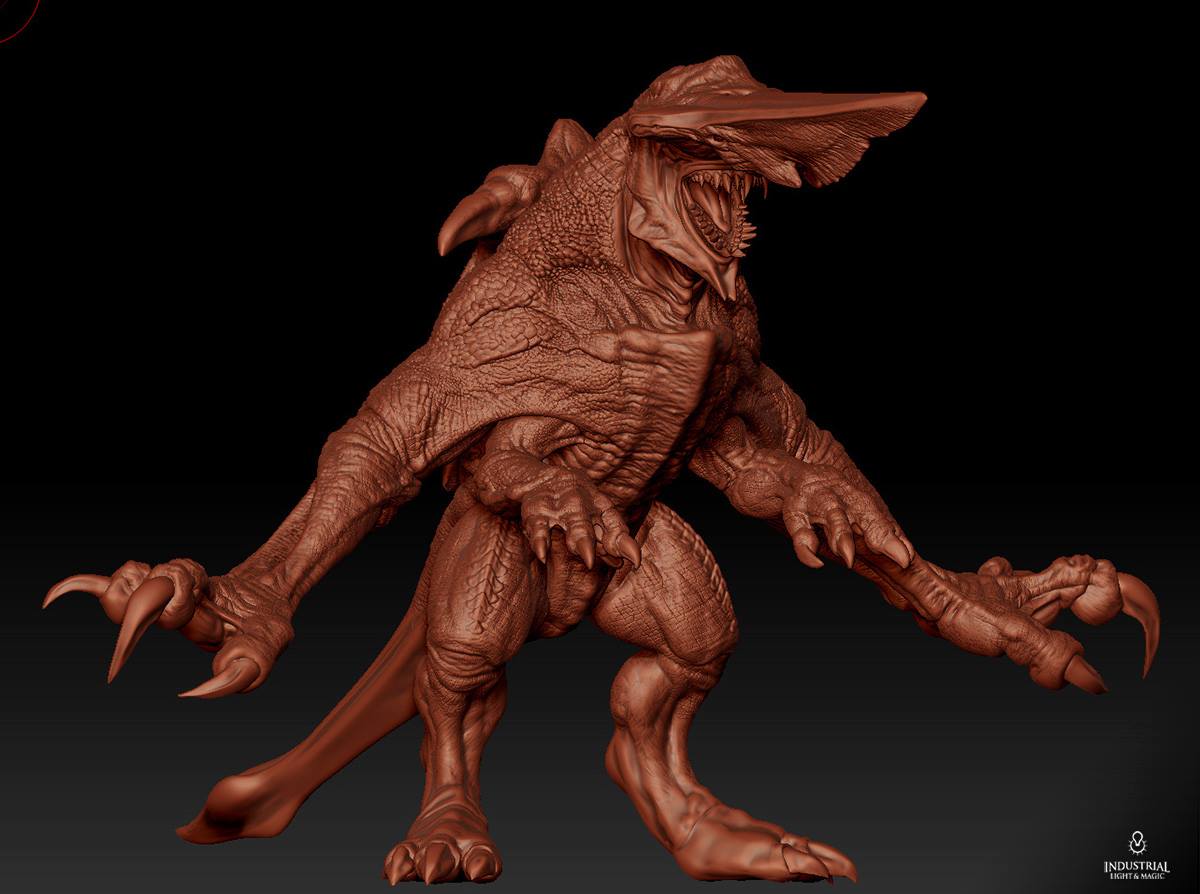
Final CGI model.
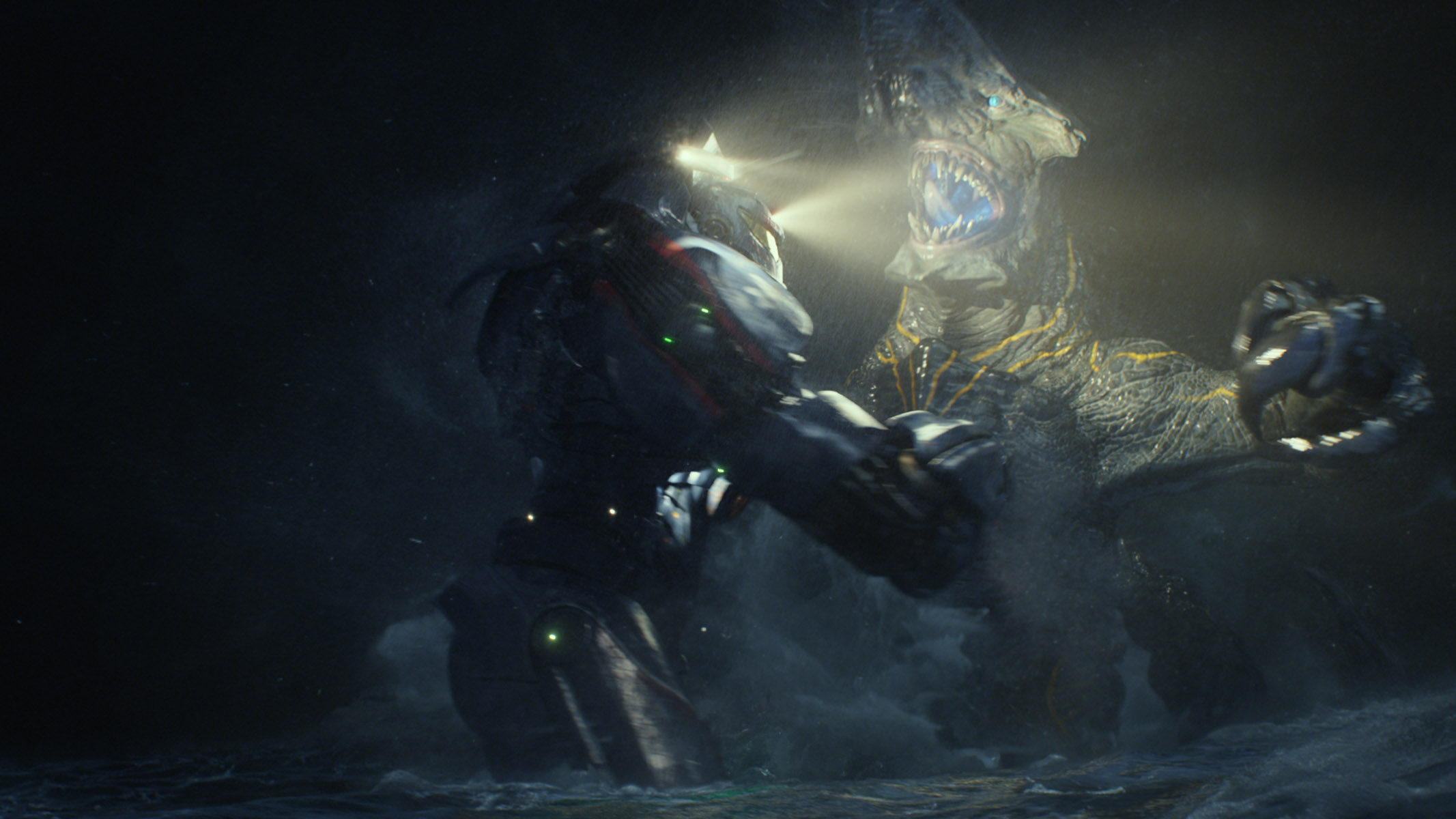
Knifehead attacks!
Leatherback
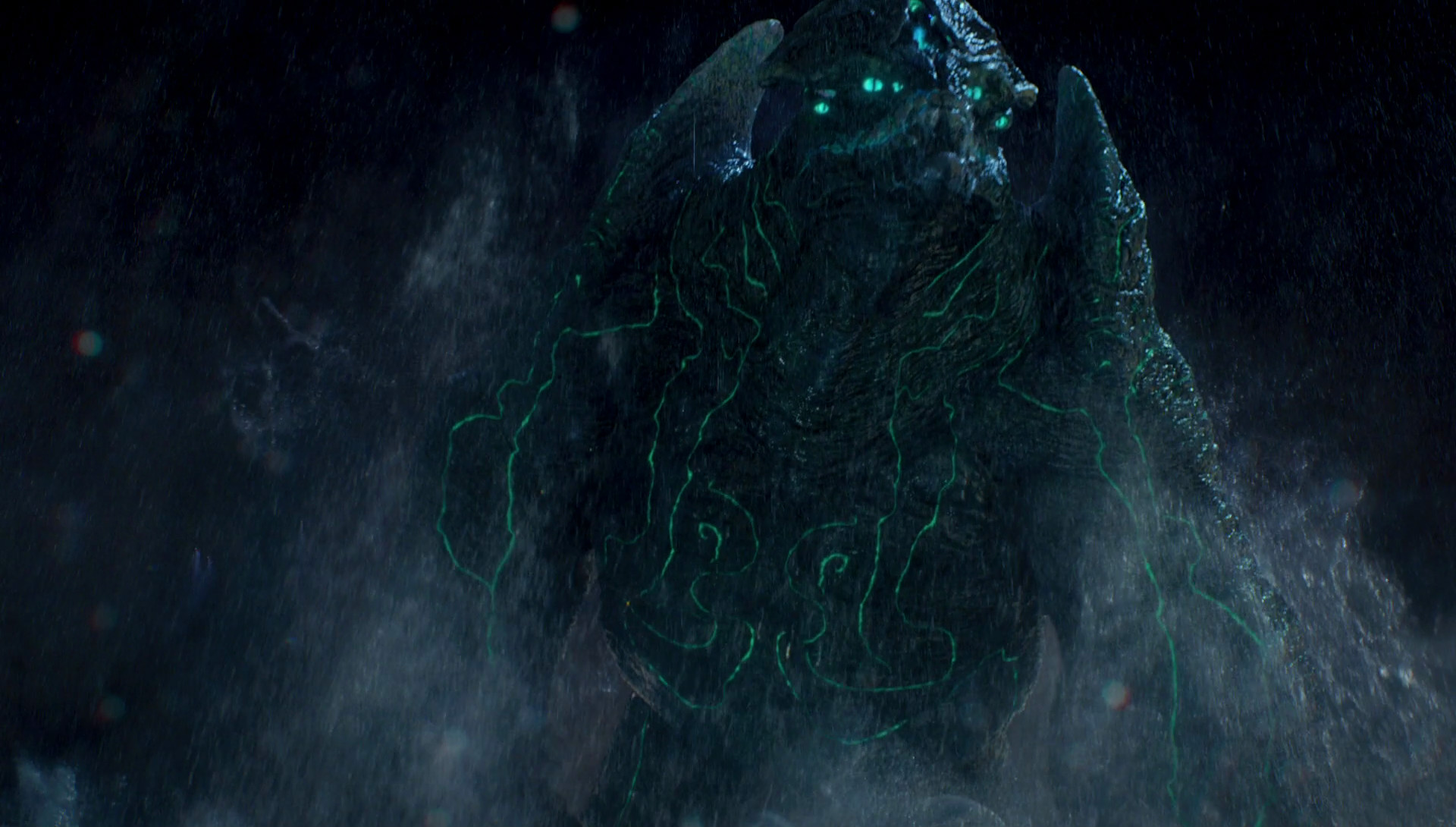
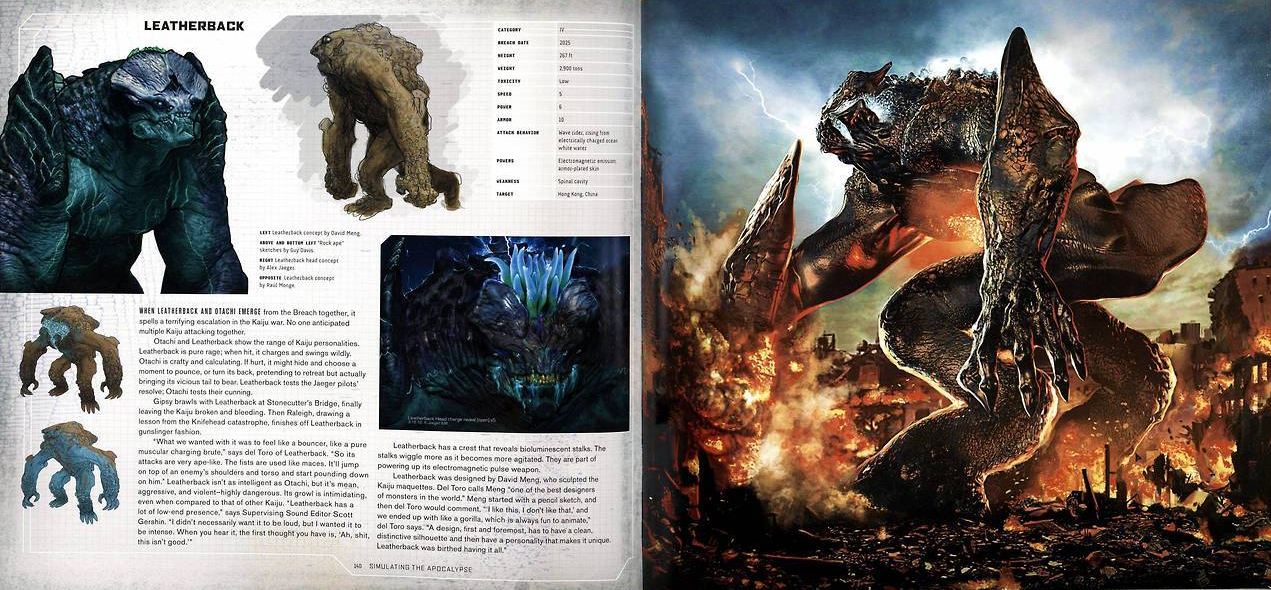
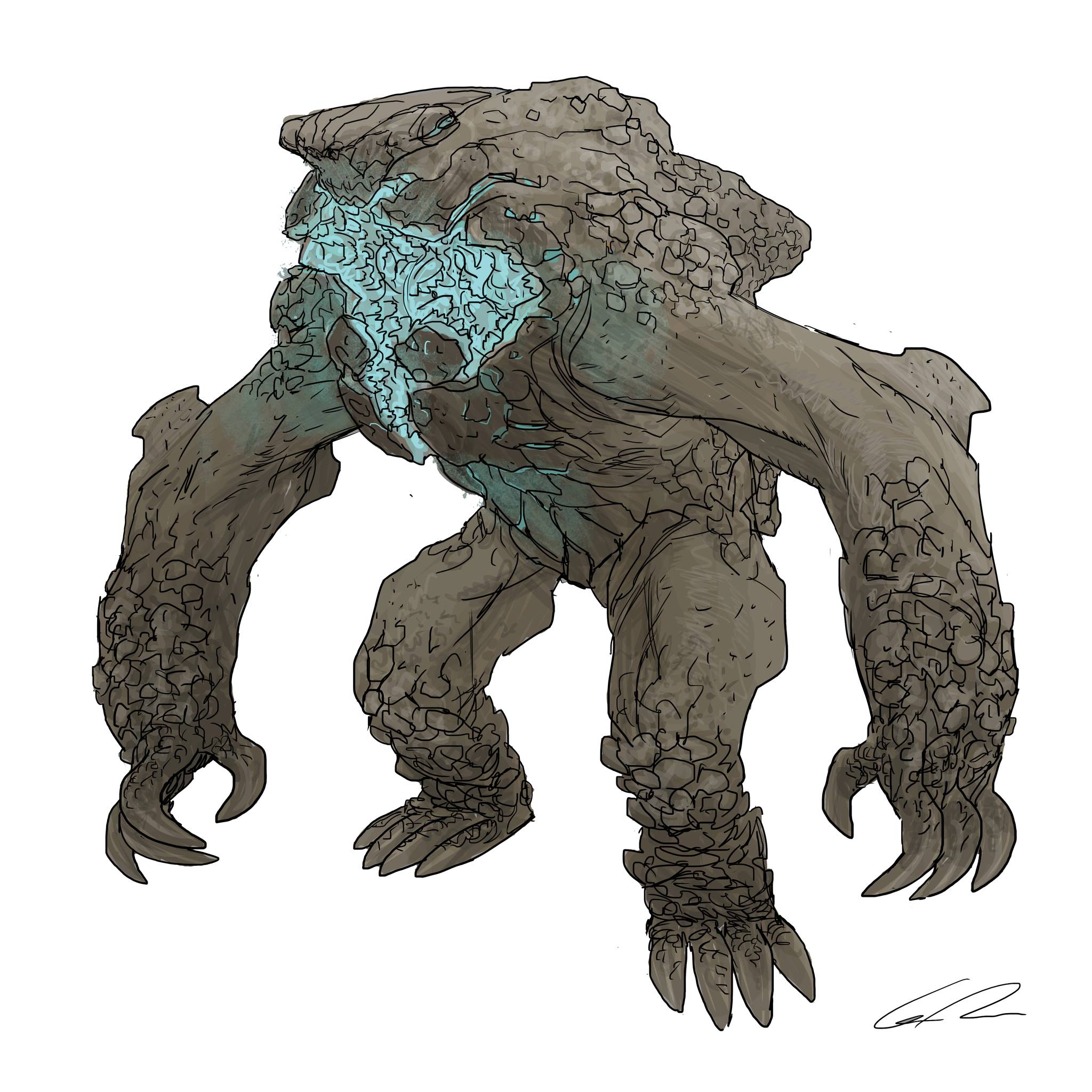
Early Leatherback concept by Guy Davis.

Early Leatherback concept by Raul Monge.
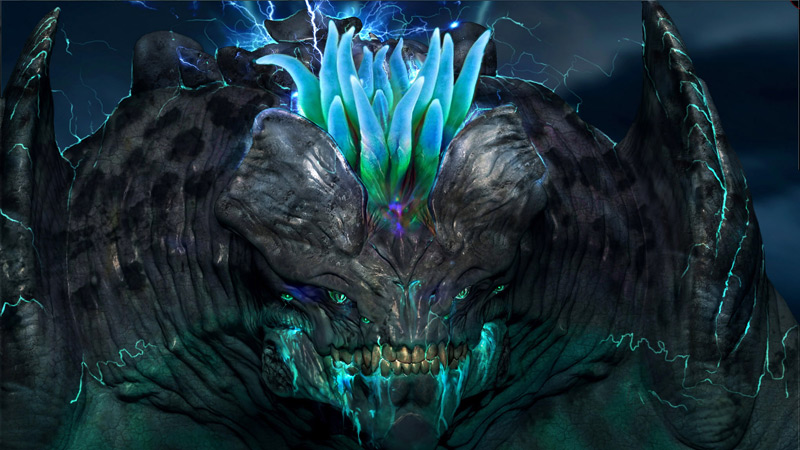
Leatherback’s face plates shift to reveal tentacles in a concept art piece by Alex Jaeger.
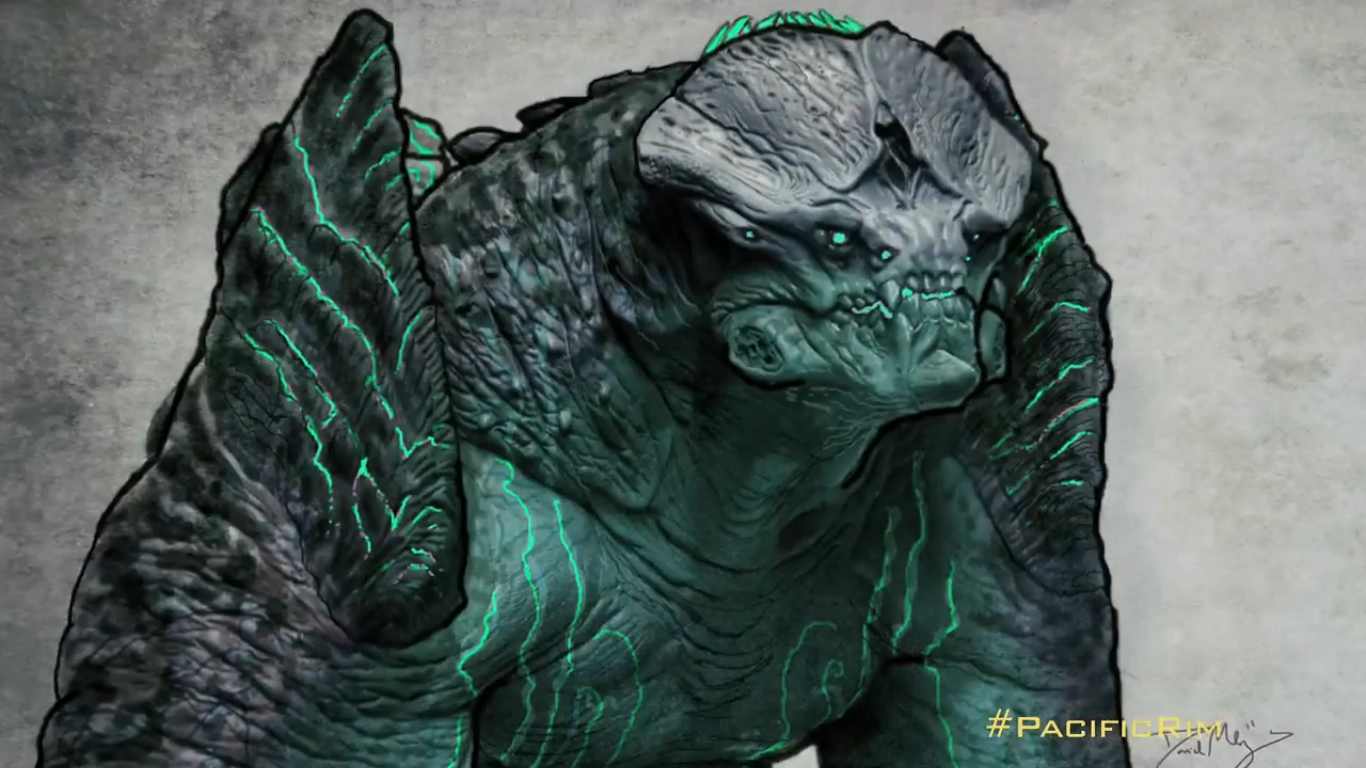
Leatherback concept art by David Meng. It was obtained by digitally painting the grey maquette.
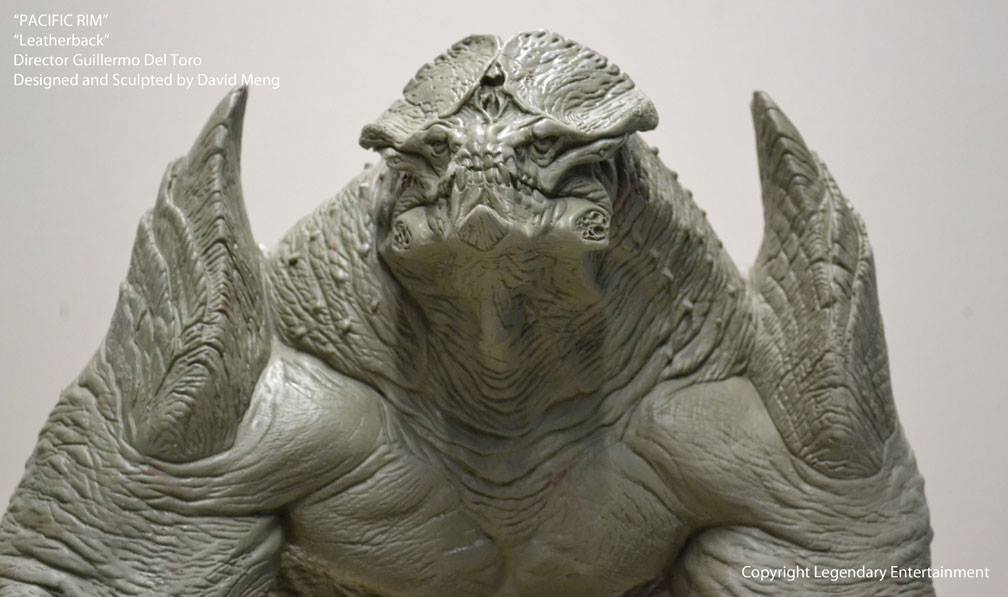
Unpainted maquette sculpted by David Meng

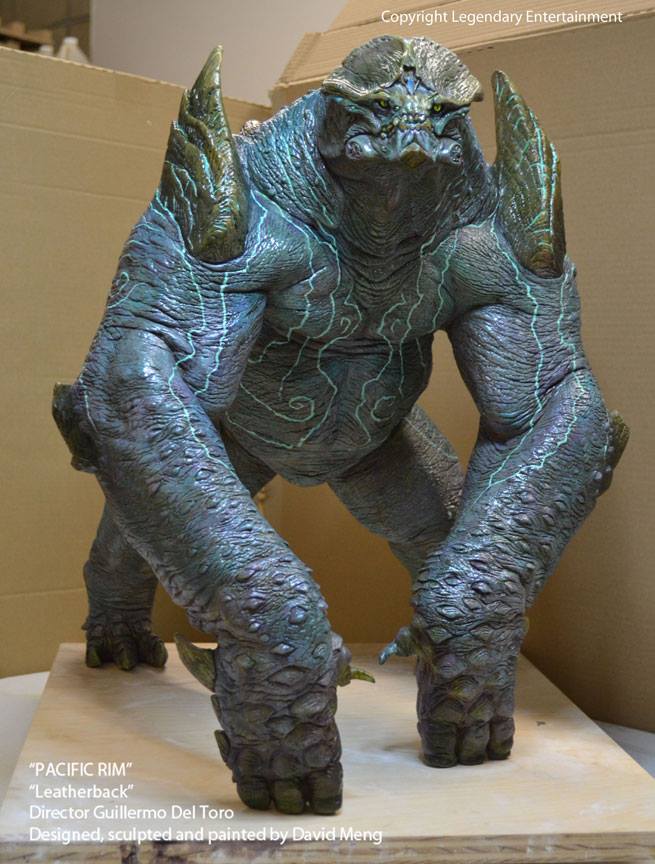
Final painted maquette of Leatherback.
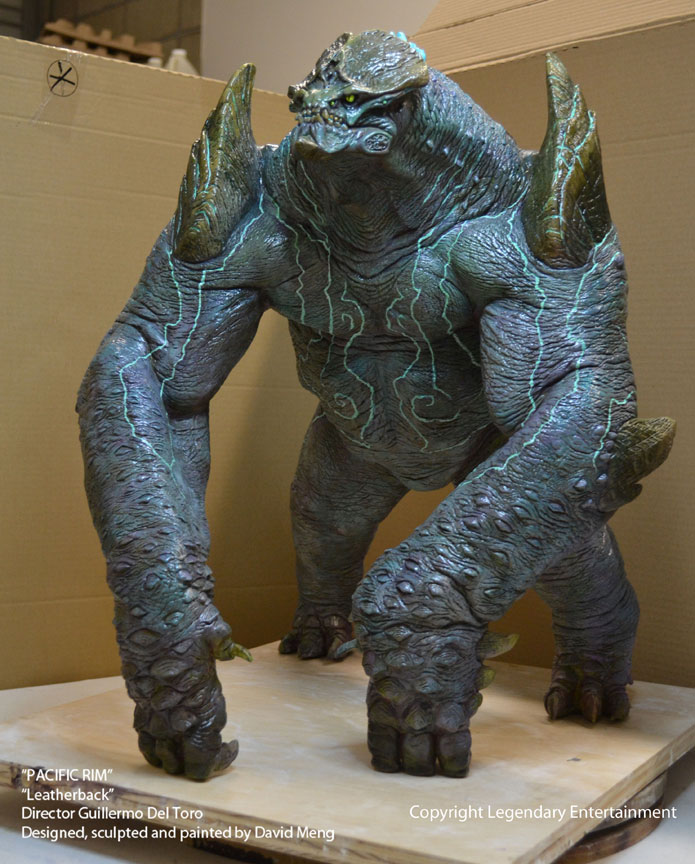


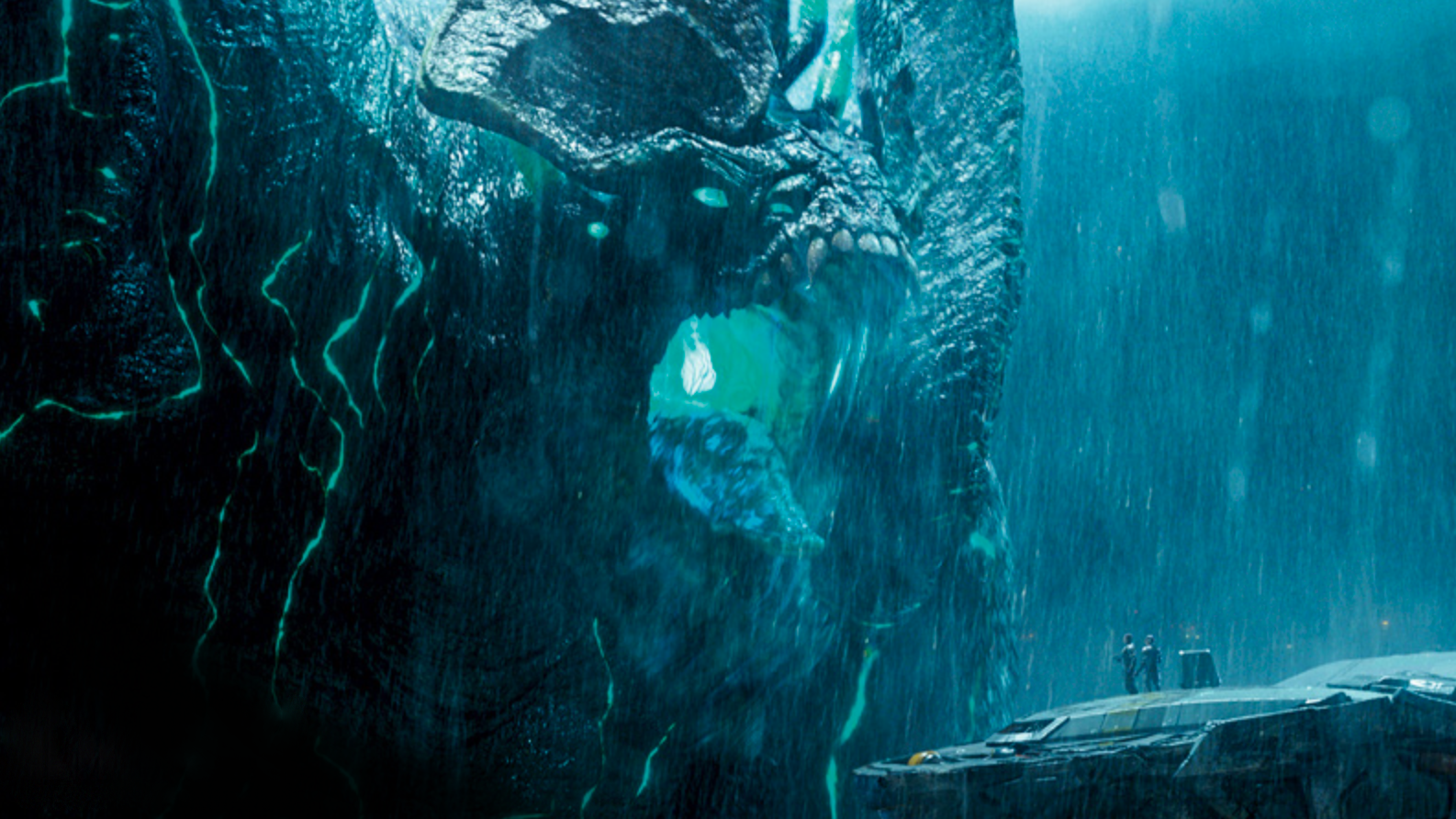
Leatherback roars at Striker Eureka’s pilots.
Mutavore (Bladehead)
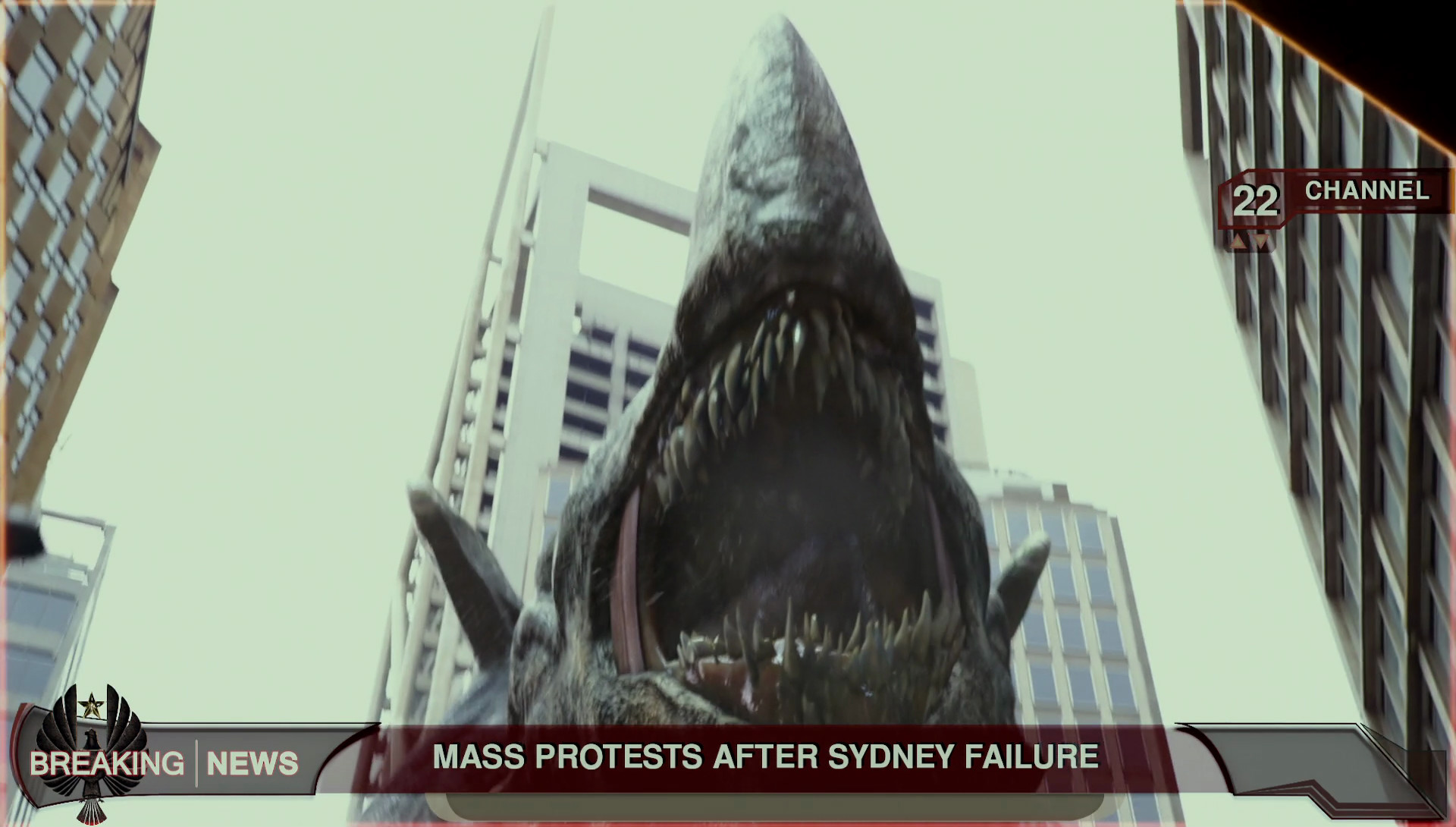
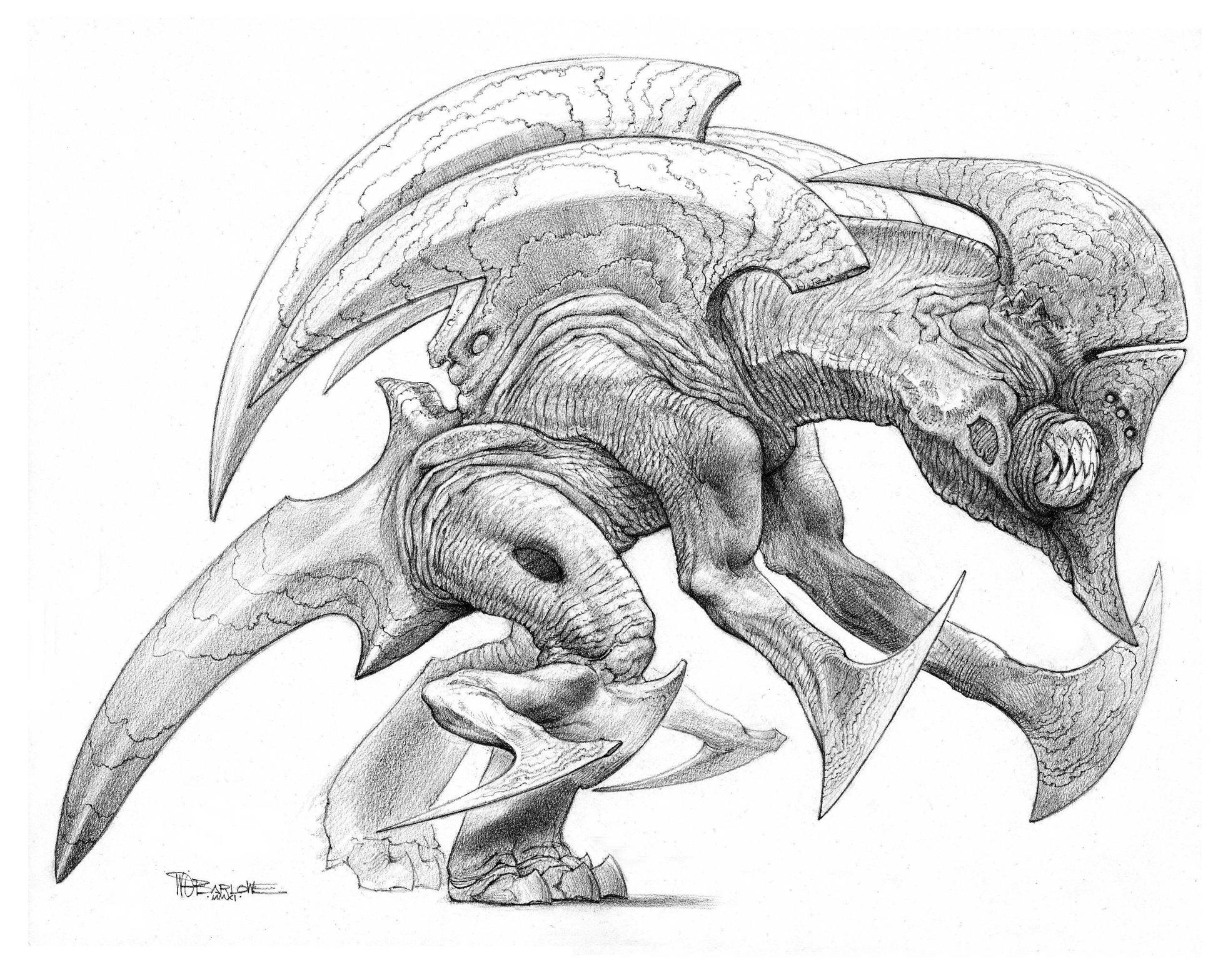
Early Mutavore concept by Wayne Barlowe.
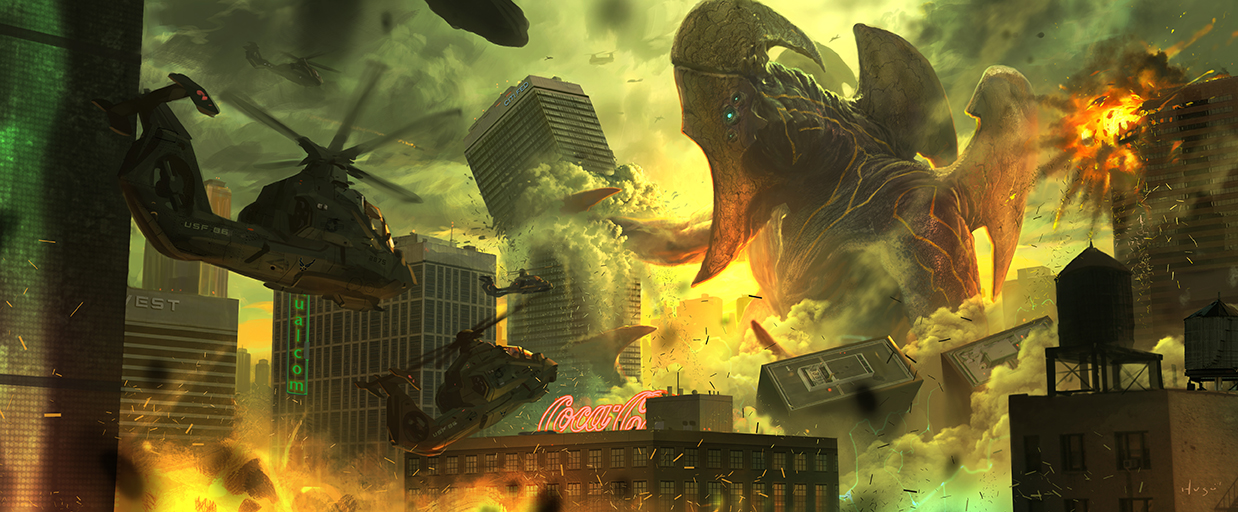
Concept art of Mutavore attacking Sydney, by Hugo Martin.
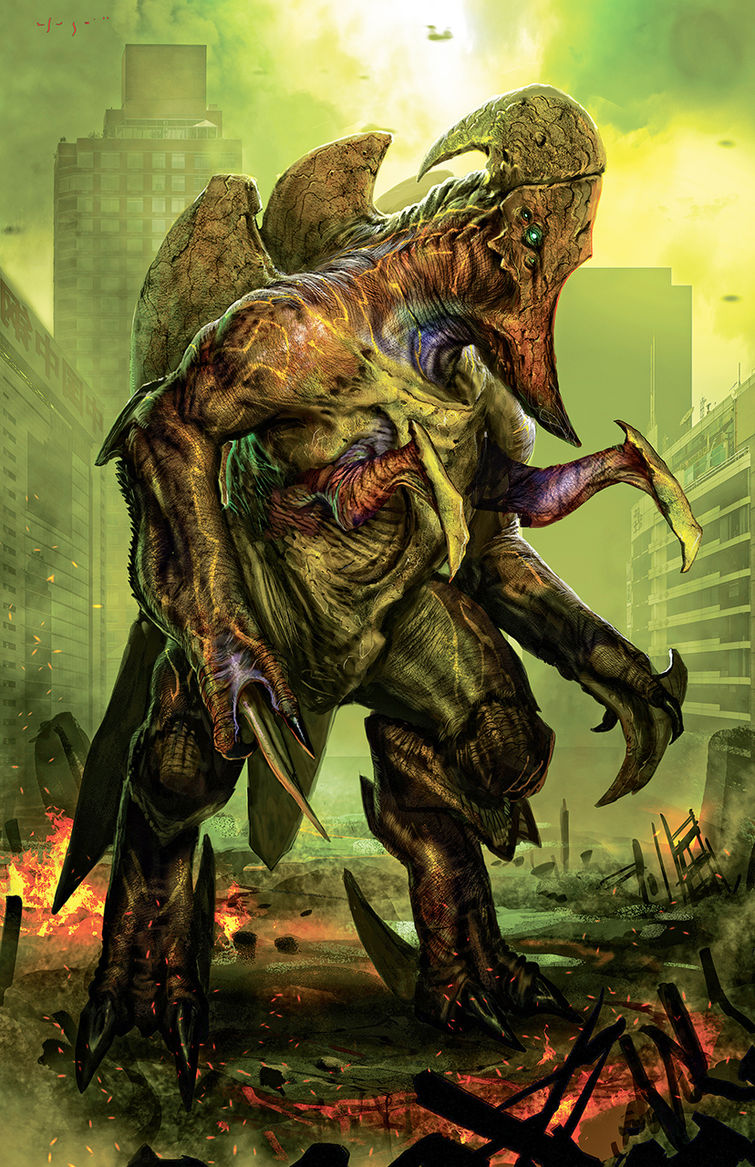
Mutavore concept by Hugo Martin.
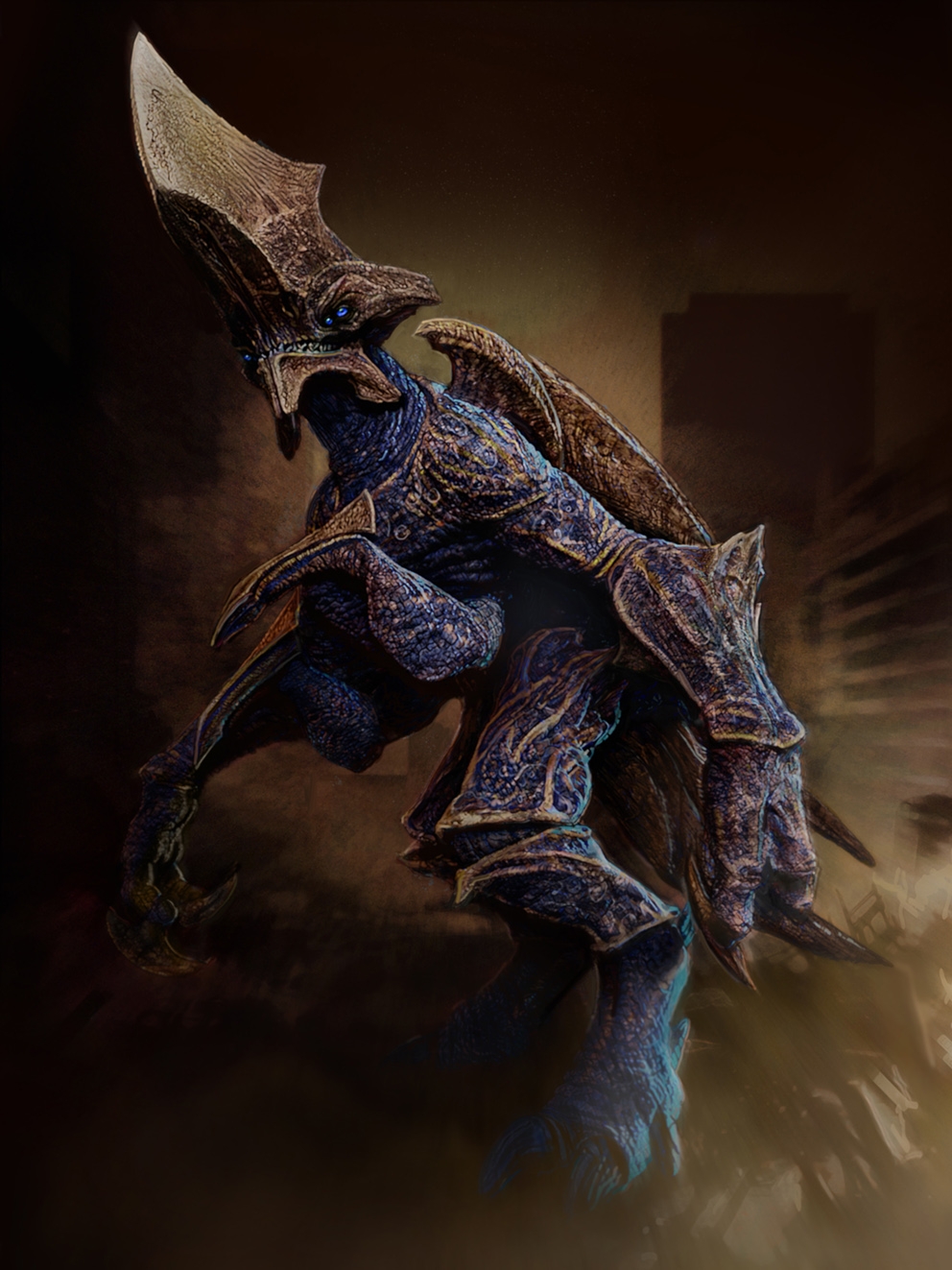

Hardship concept by Wayne Barlowe.
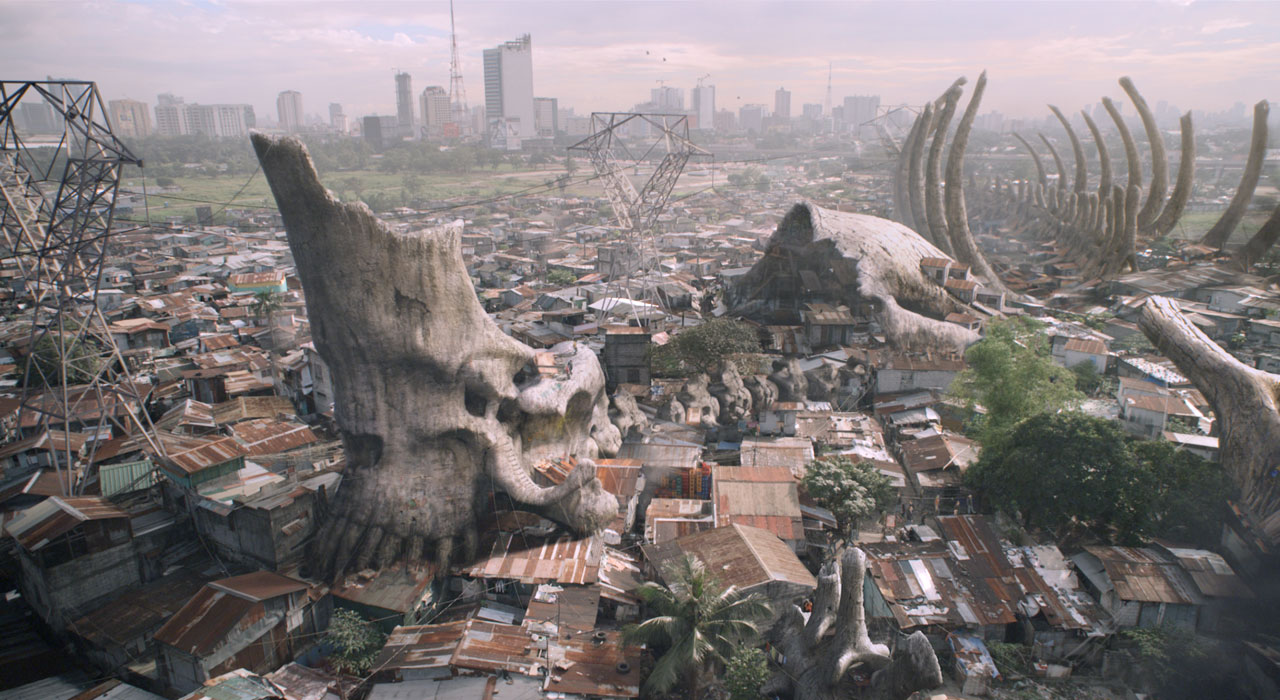
Remains
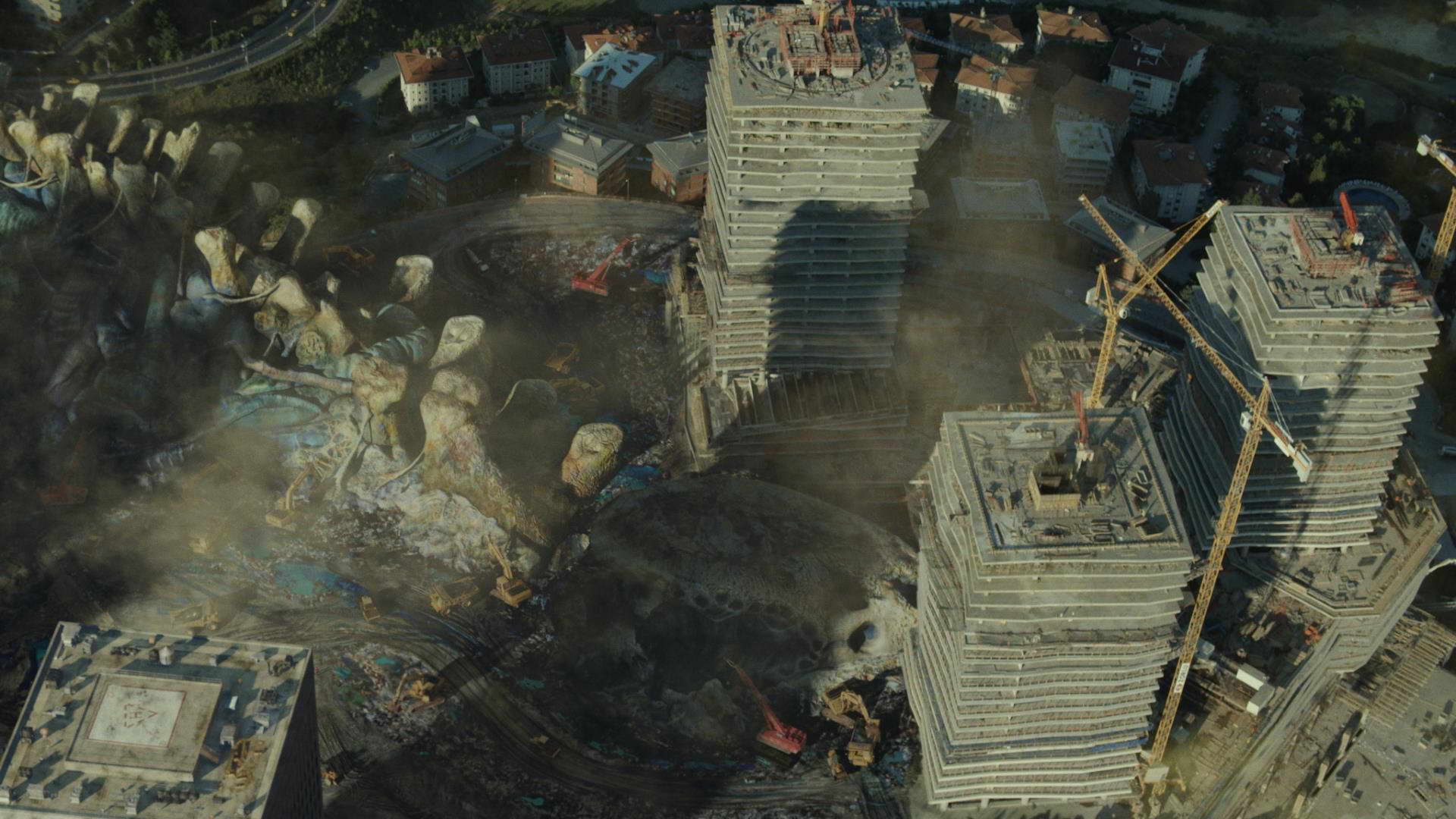
Skeleton
Onibaba


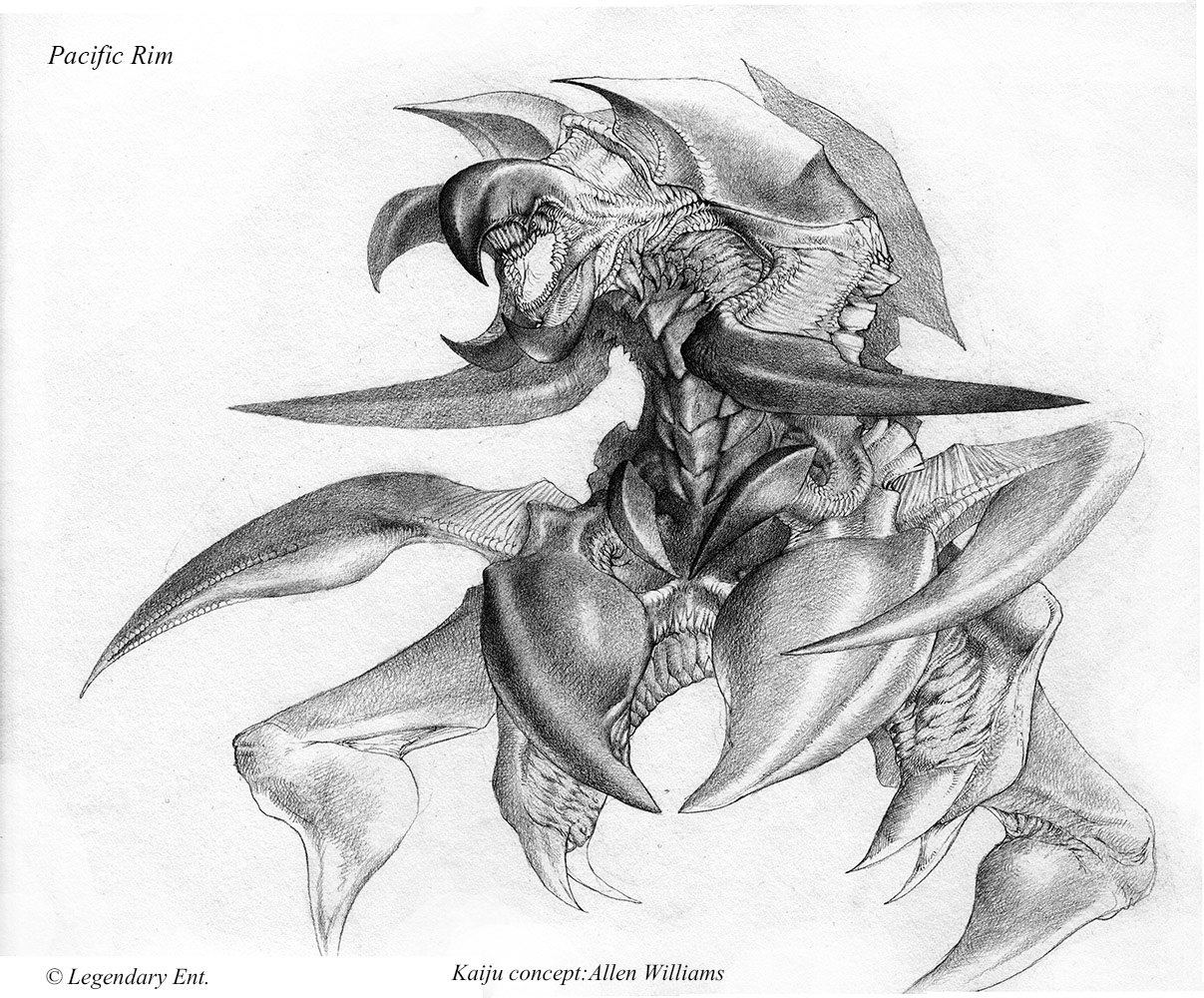
Early Onibaba concept by Allen Williams.
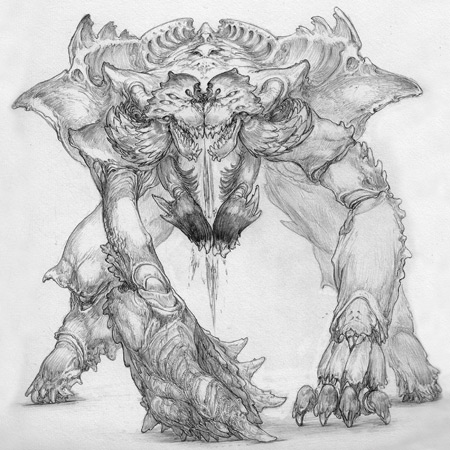
Early Onibaba design by Keith Thompson.
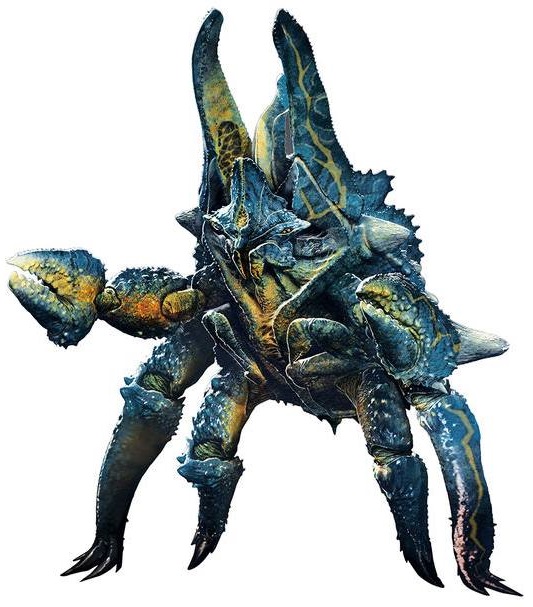
Final Onibaba design by Francisco Ruiz Velasco.
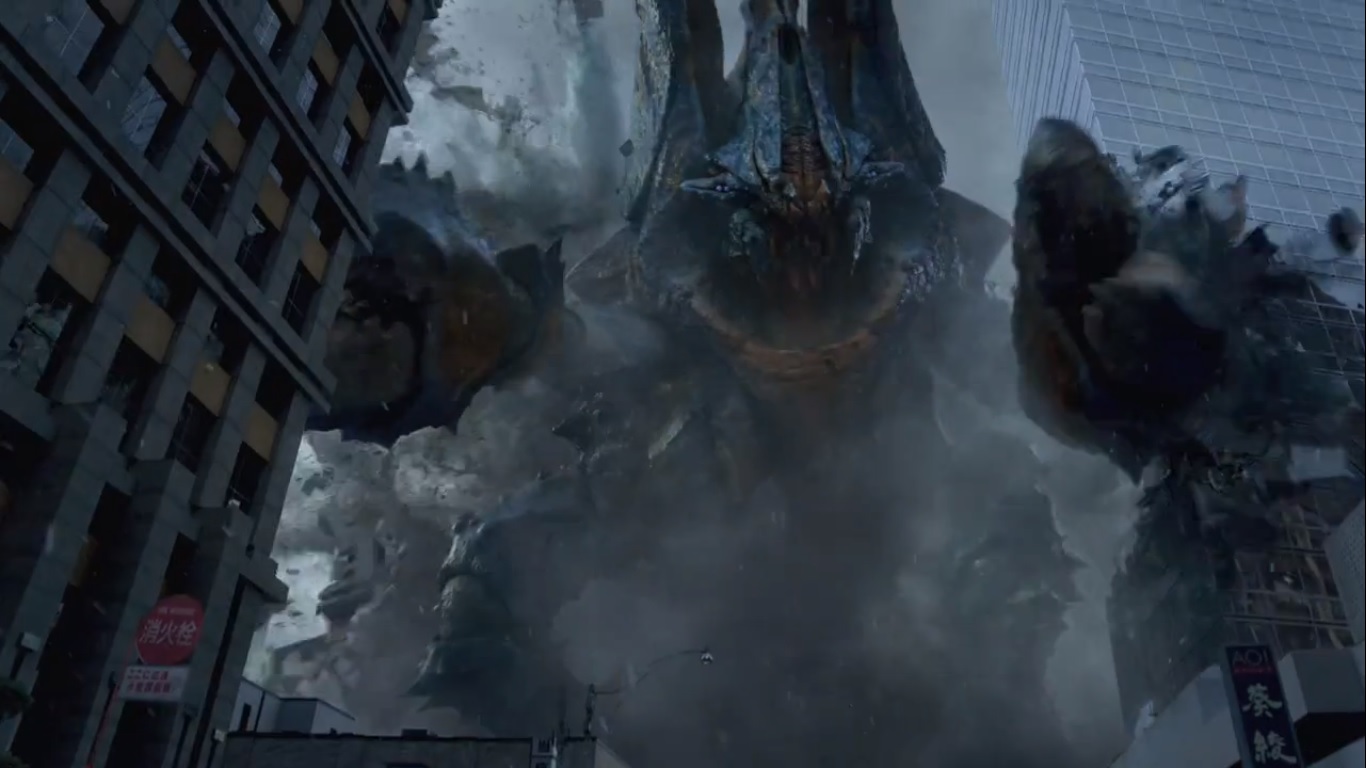
Onibaba in the final film.
Otachi


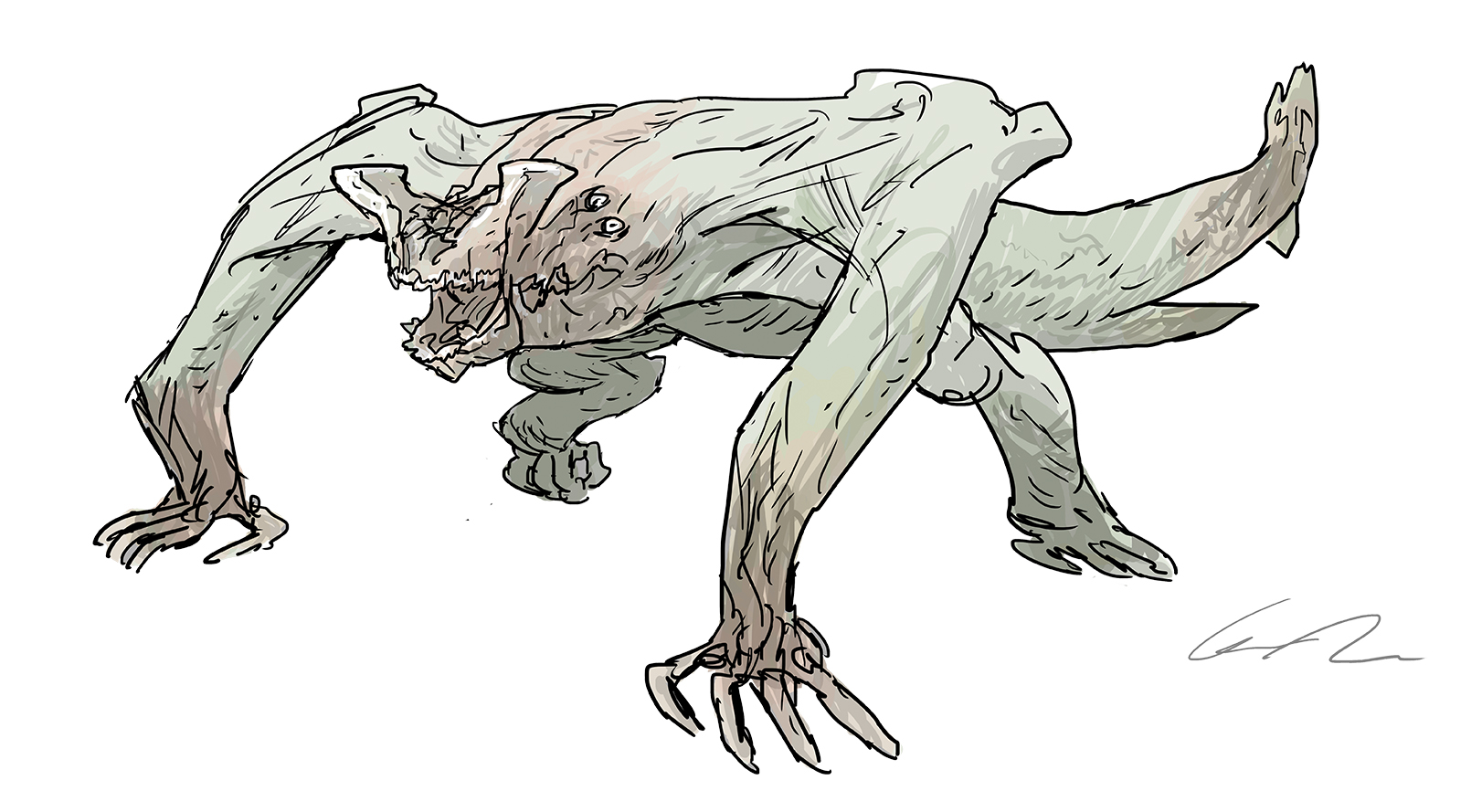
Early Otachi sketch by Guy Davis.

Otachi progress
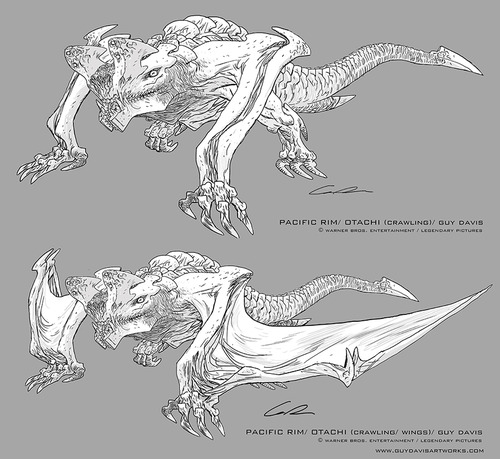
Otachi progress2

Otachi flying concept
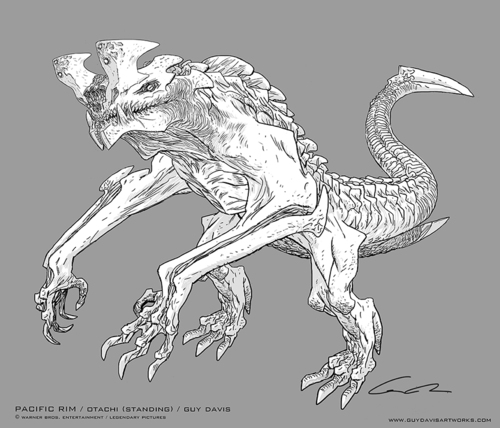
Otachi progress3
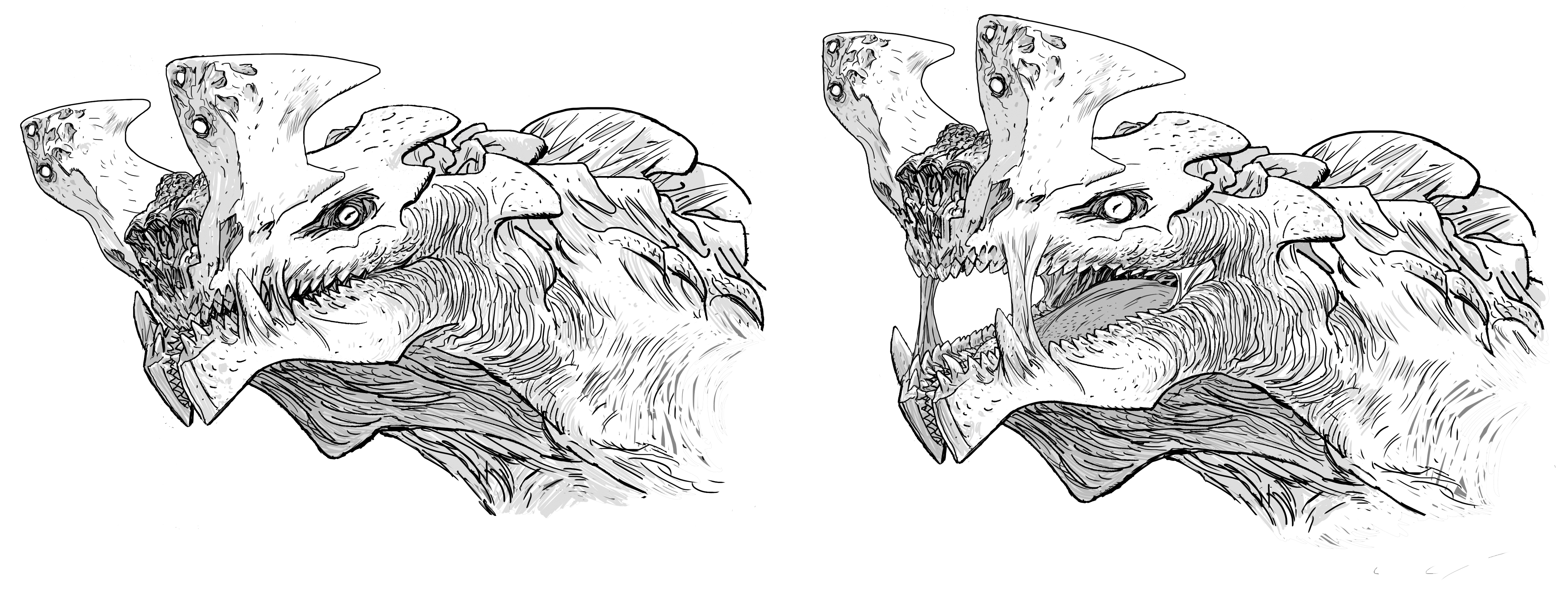
Otachi head concepts by Guy Davis. The tendons were removed from the final design.
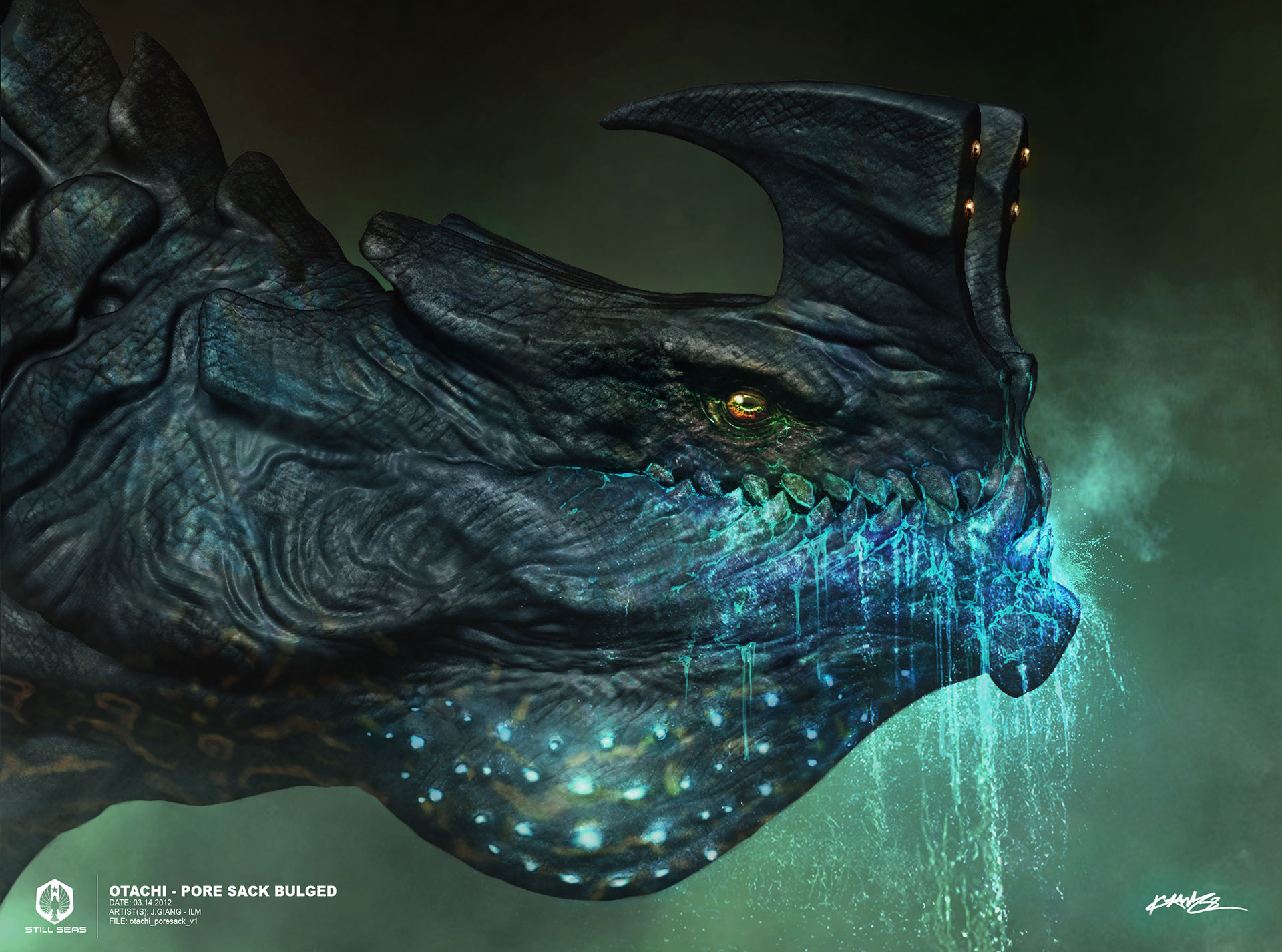
Otachi head concept by John Giang.
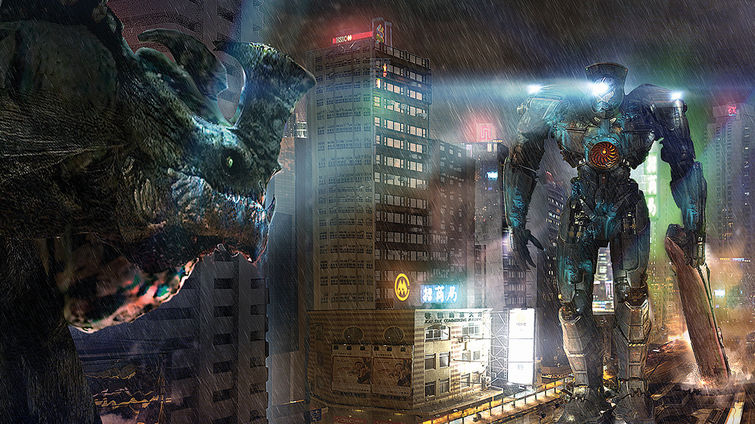
Otachiv Gipsy

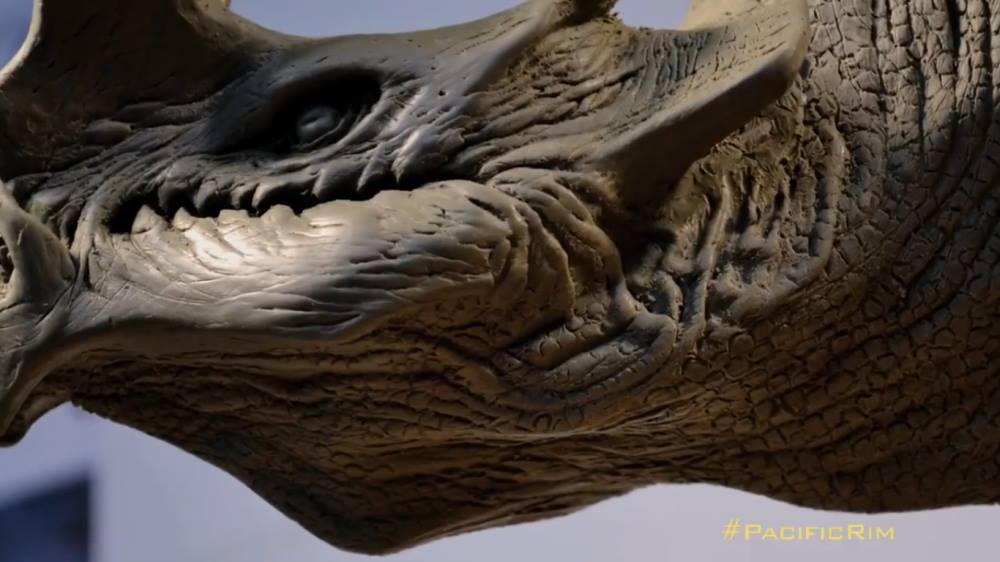
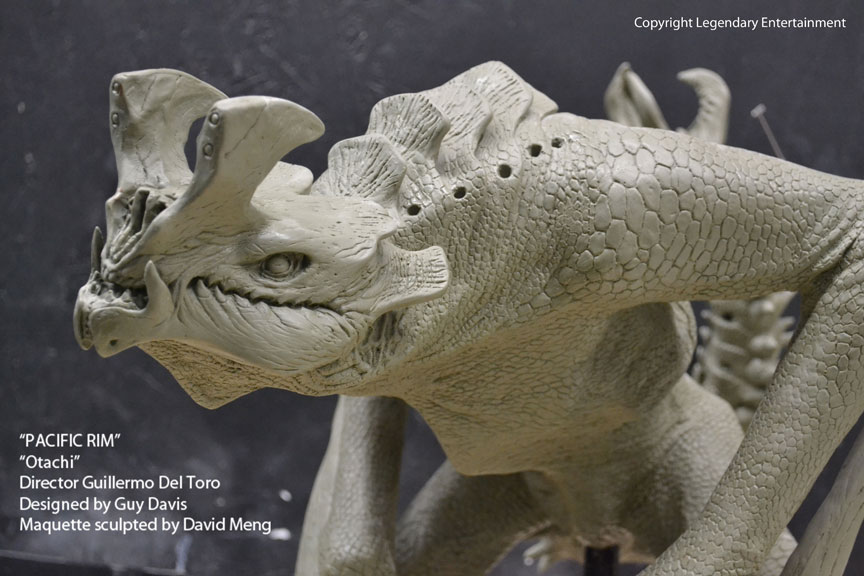
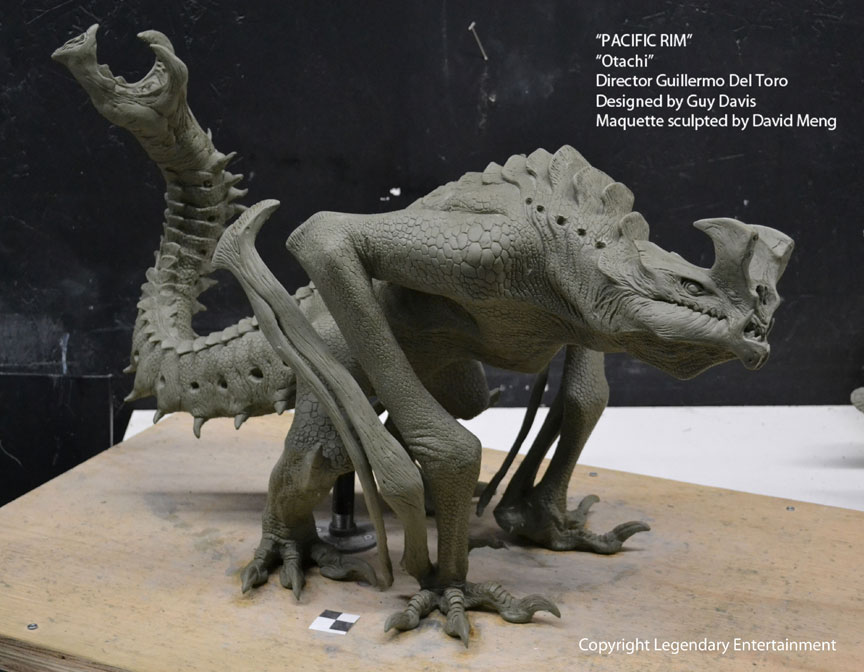
Otachi maquette sculpted by David Meng
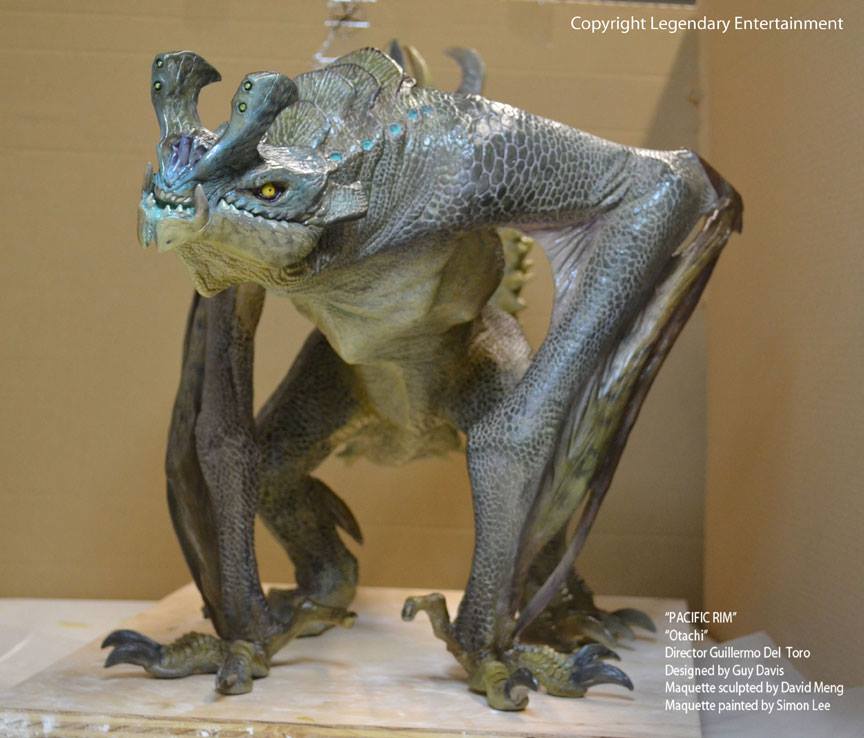

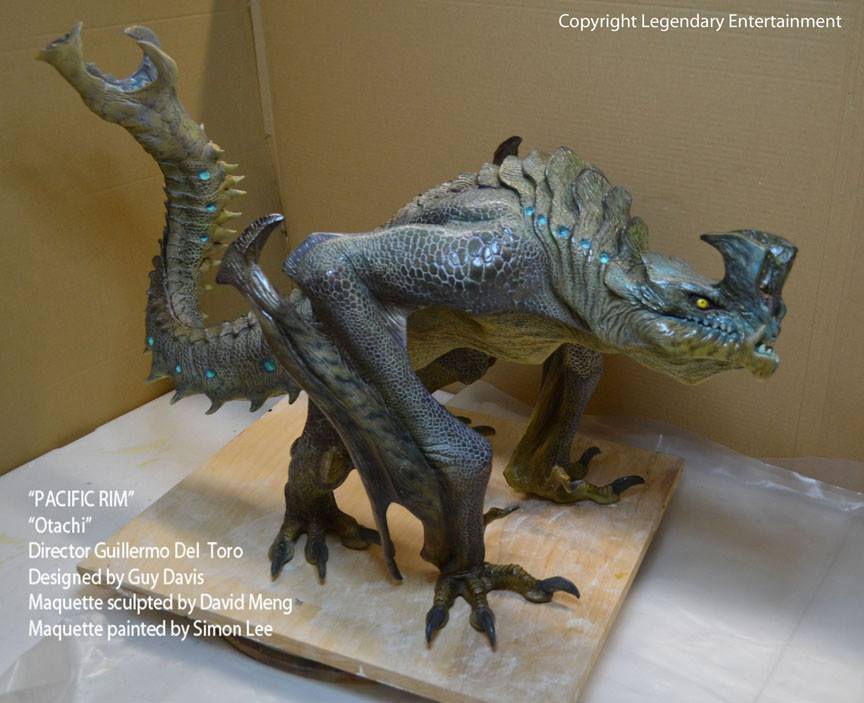
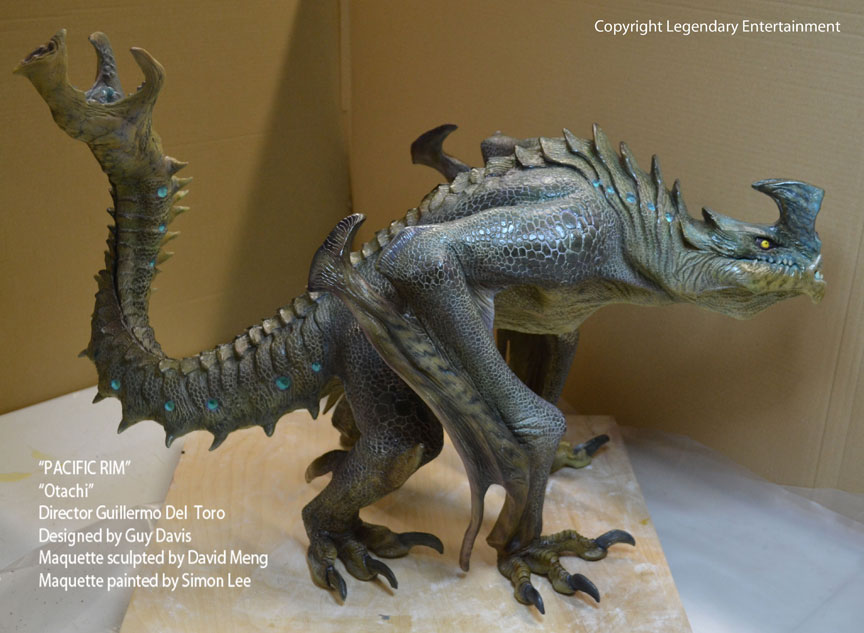
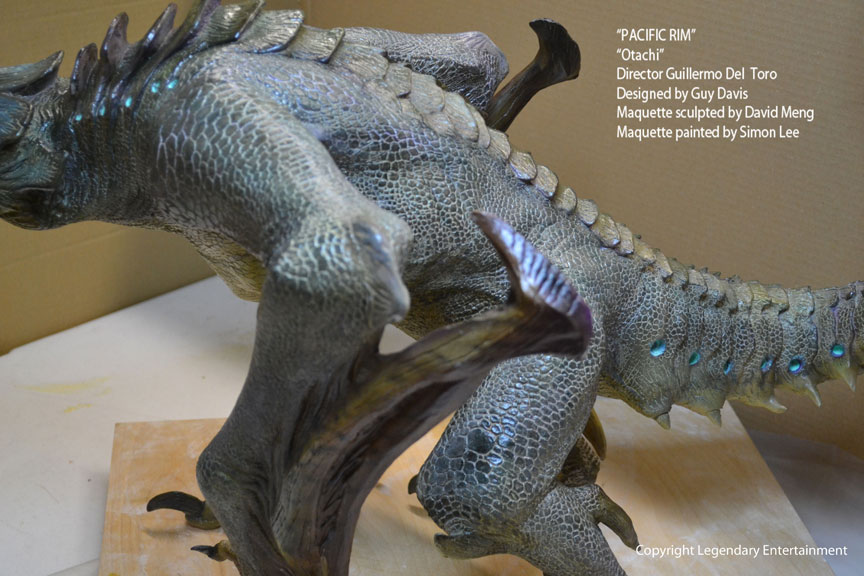
Final painted maquette of Otachi.
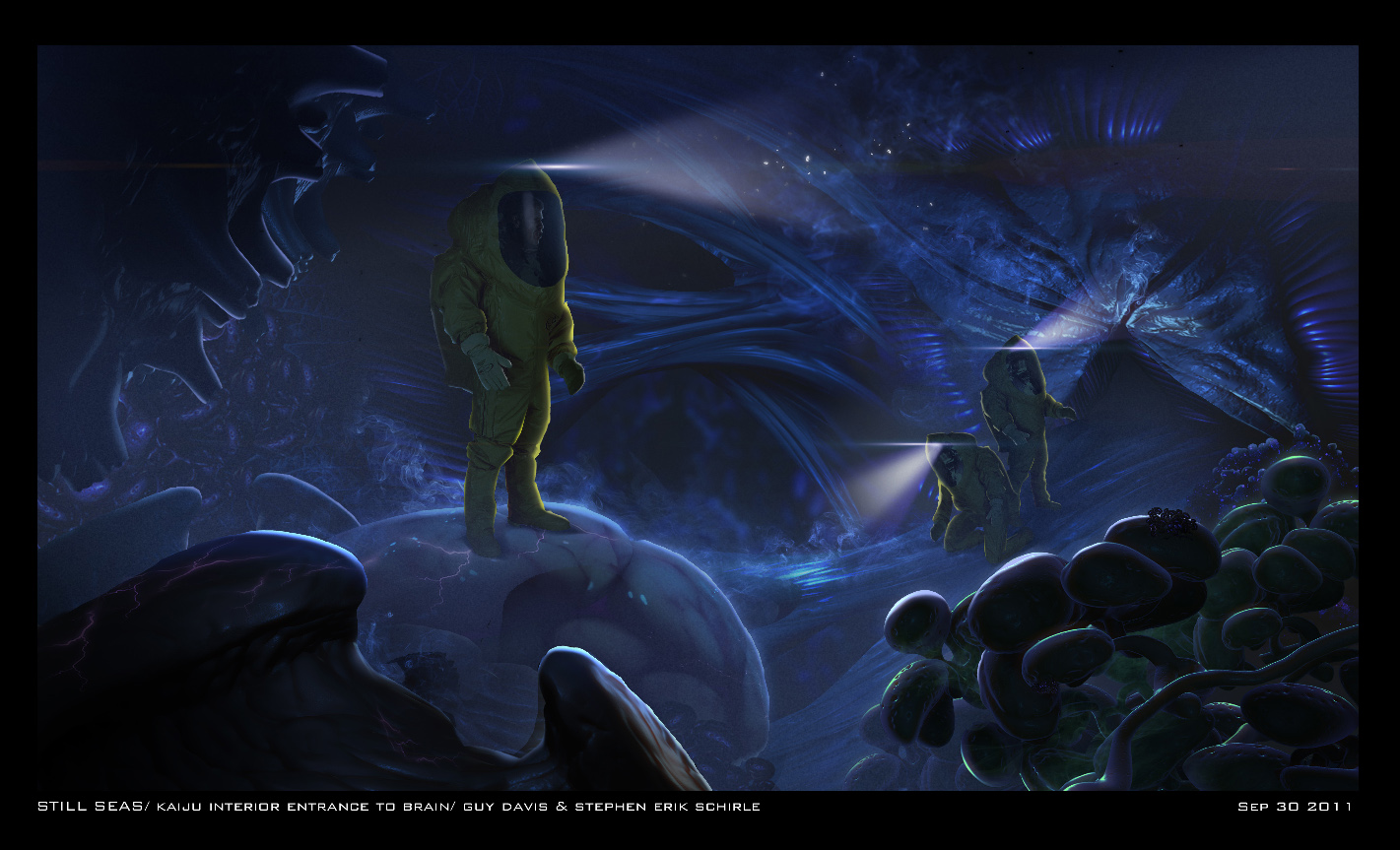
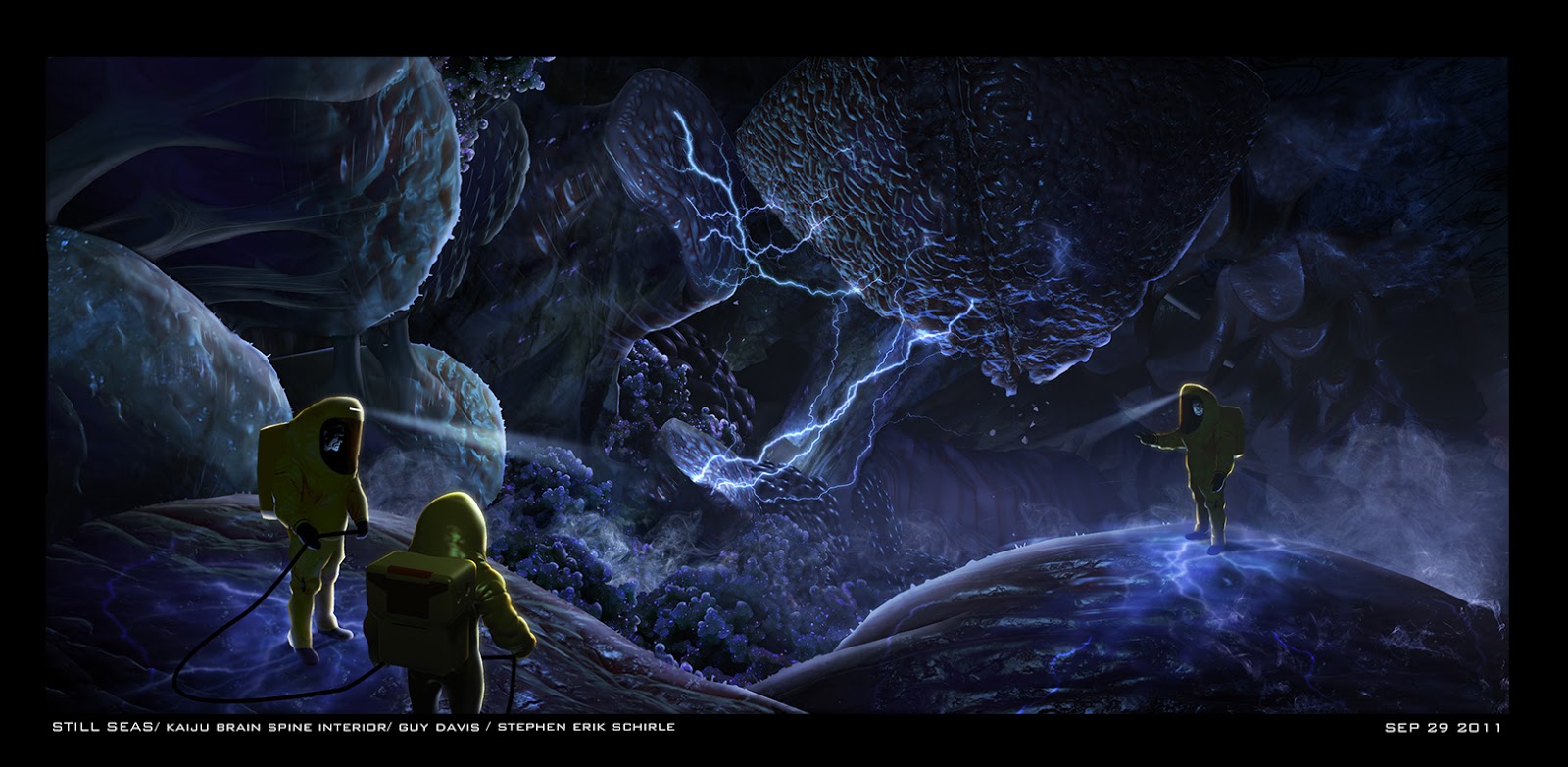
Concept art of Otachi’s insides.
Parasites
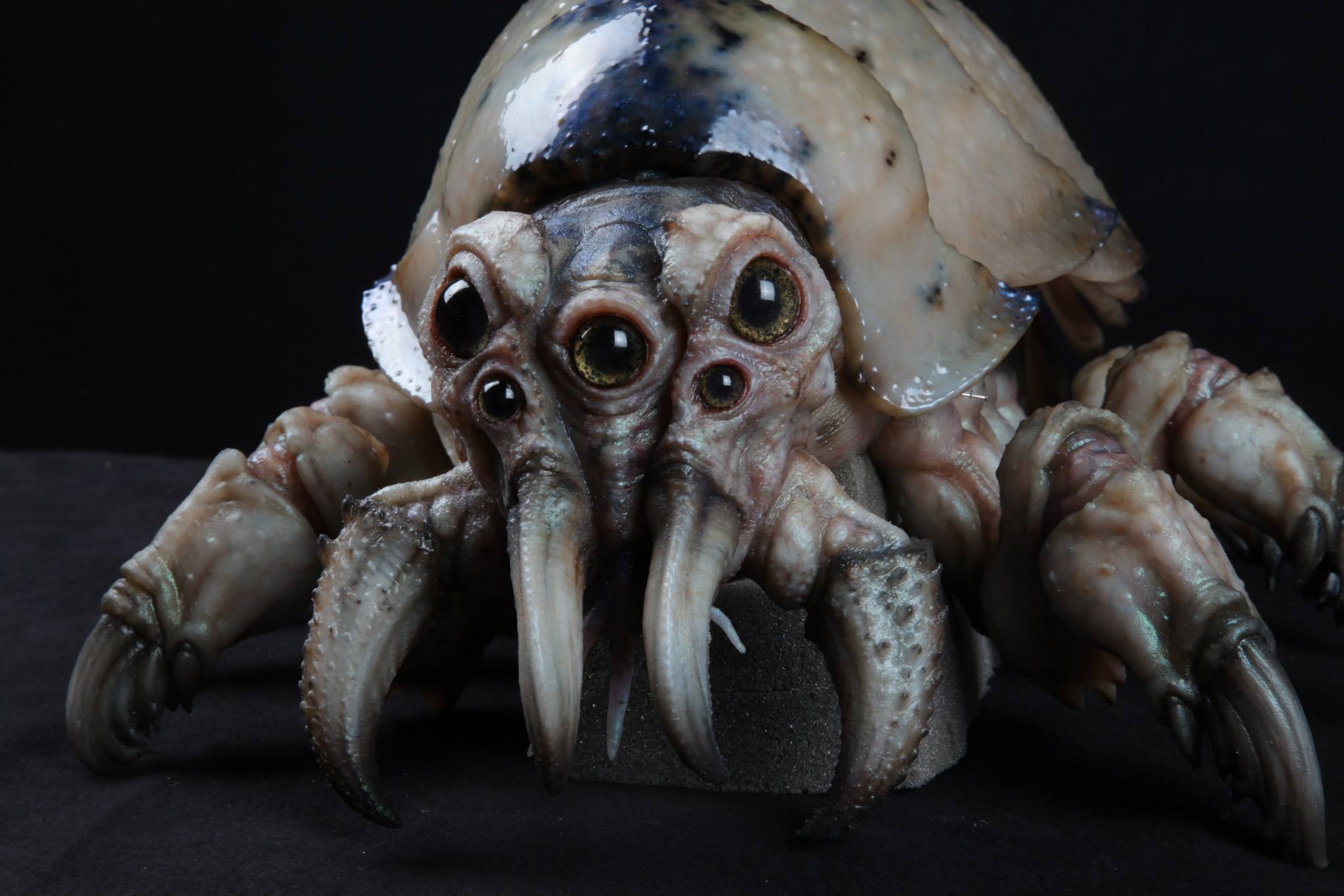
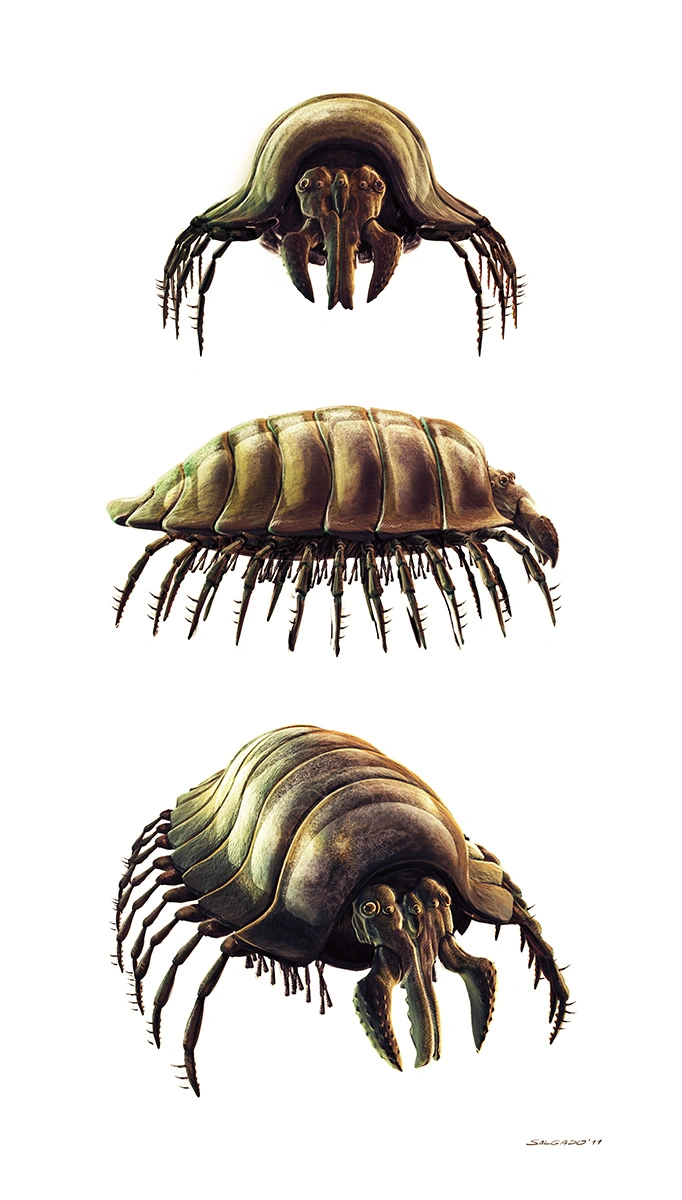
Early Rollie Pollie concepts by Carlos Salgado.
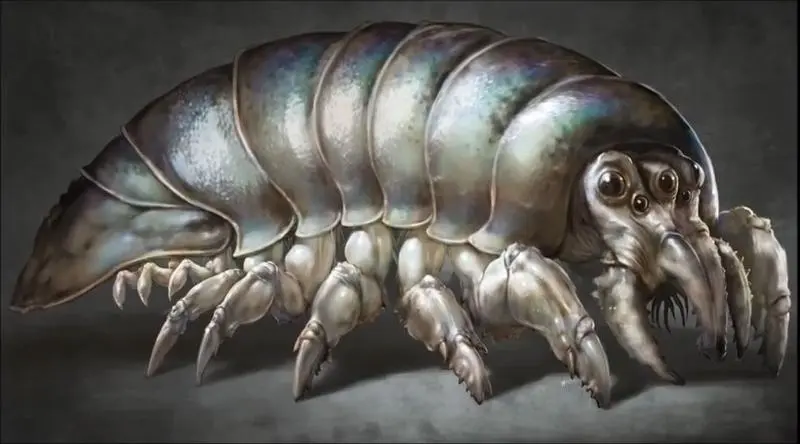
Rolliepollie concept
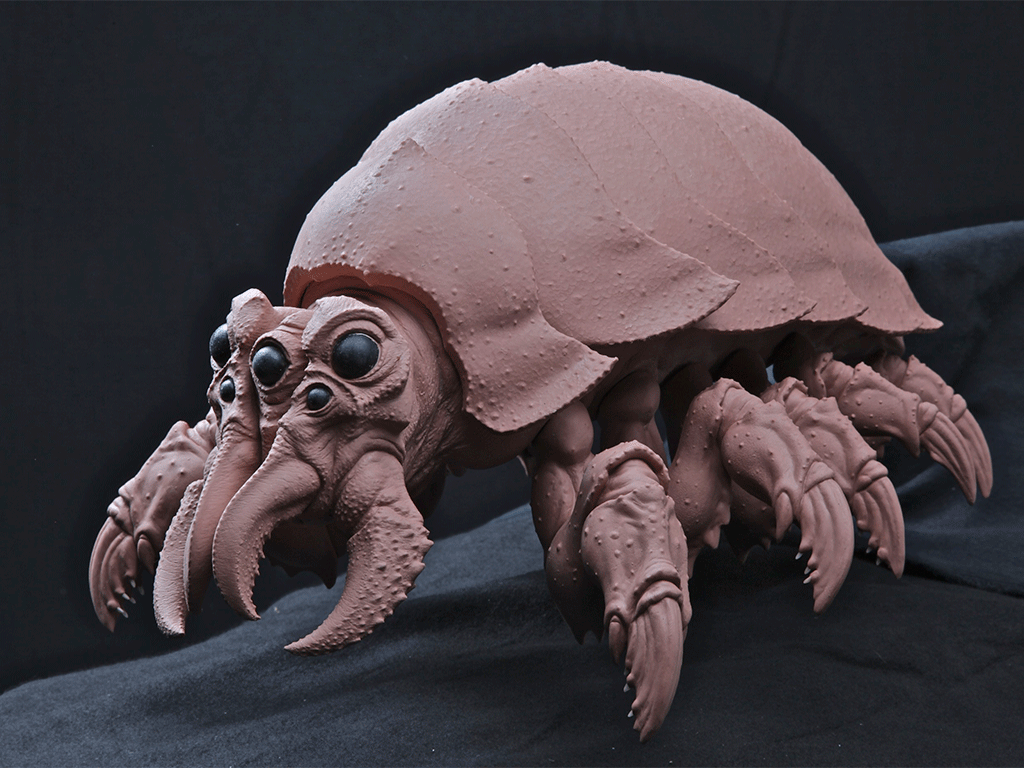
The Rollie Pollie sculpture.
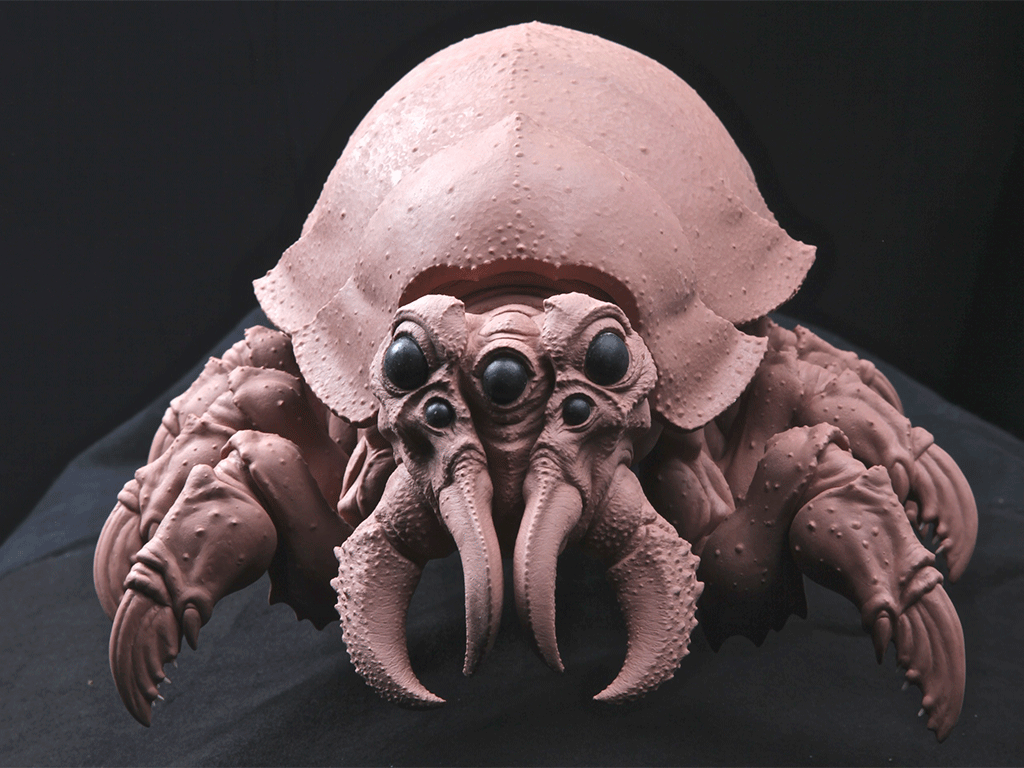
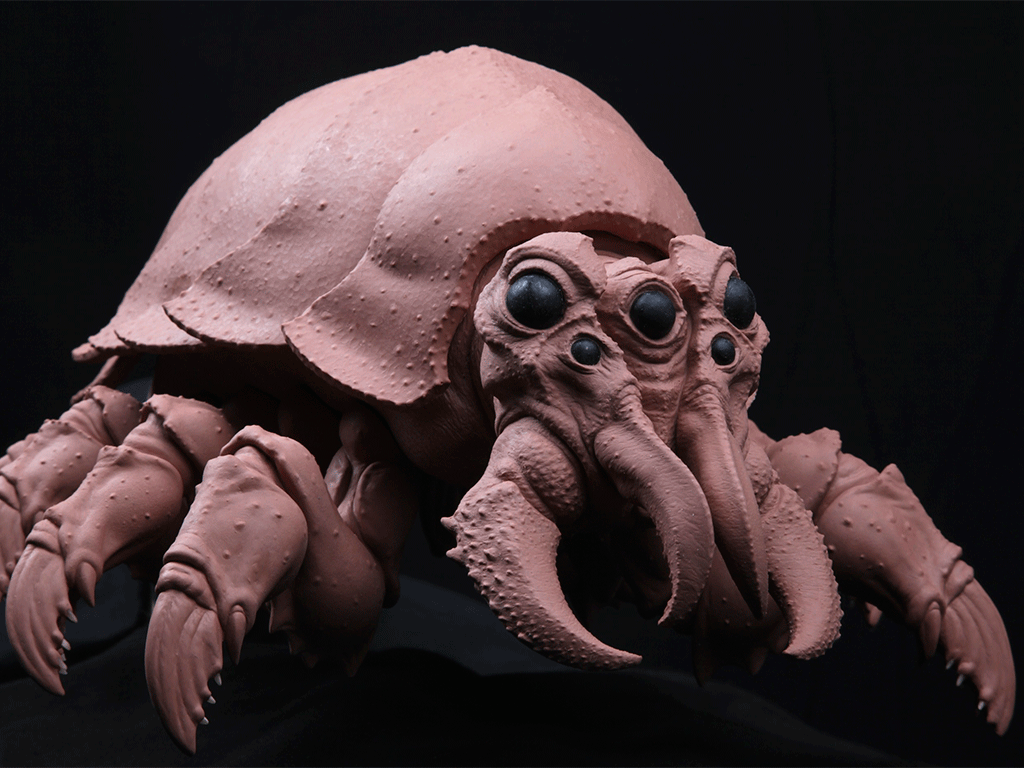
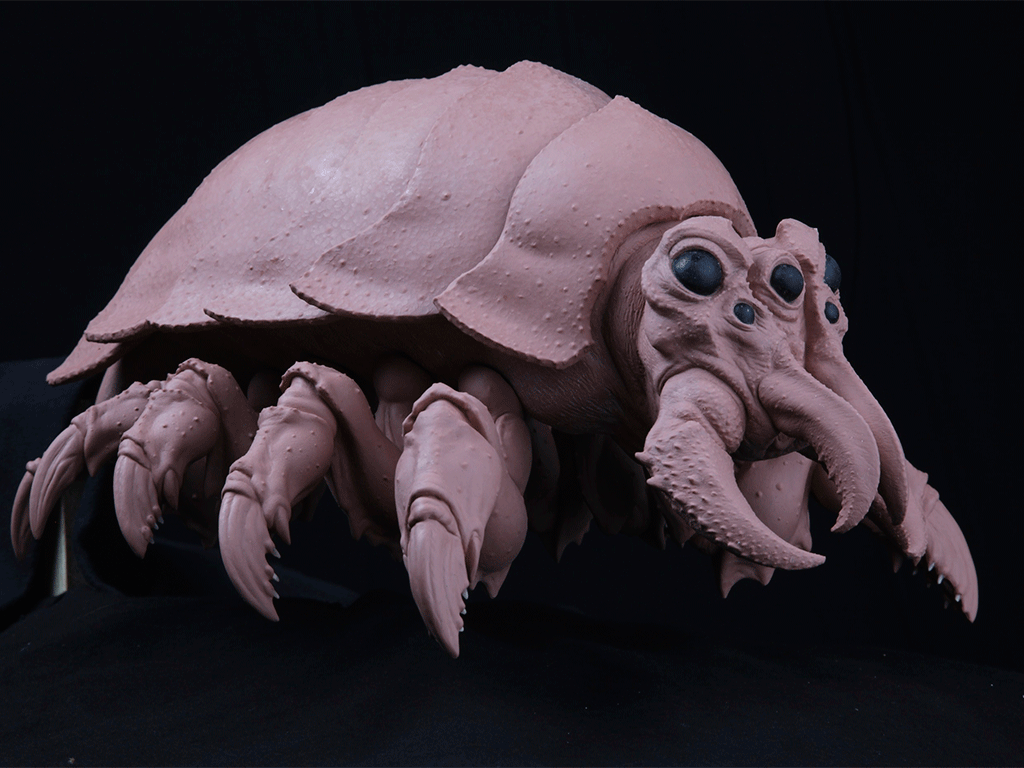
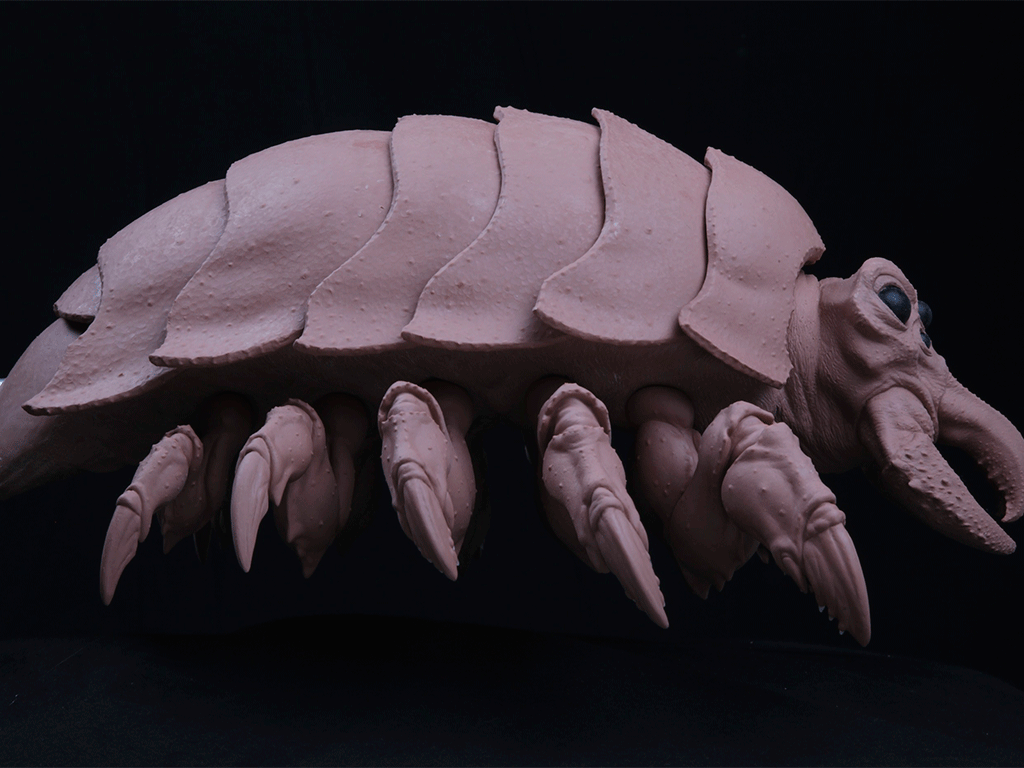
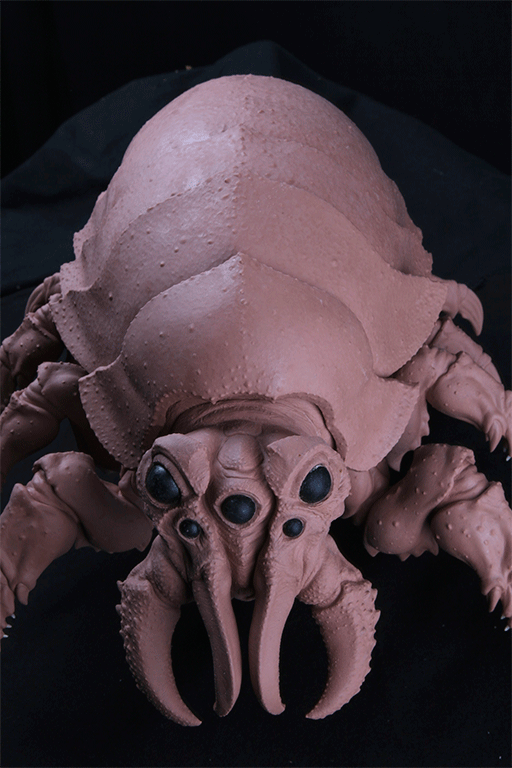
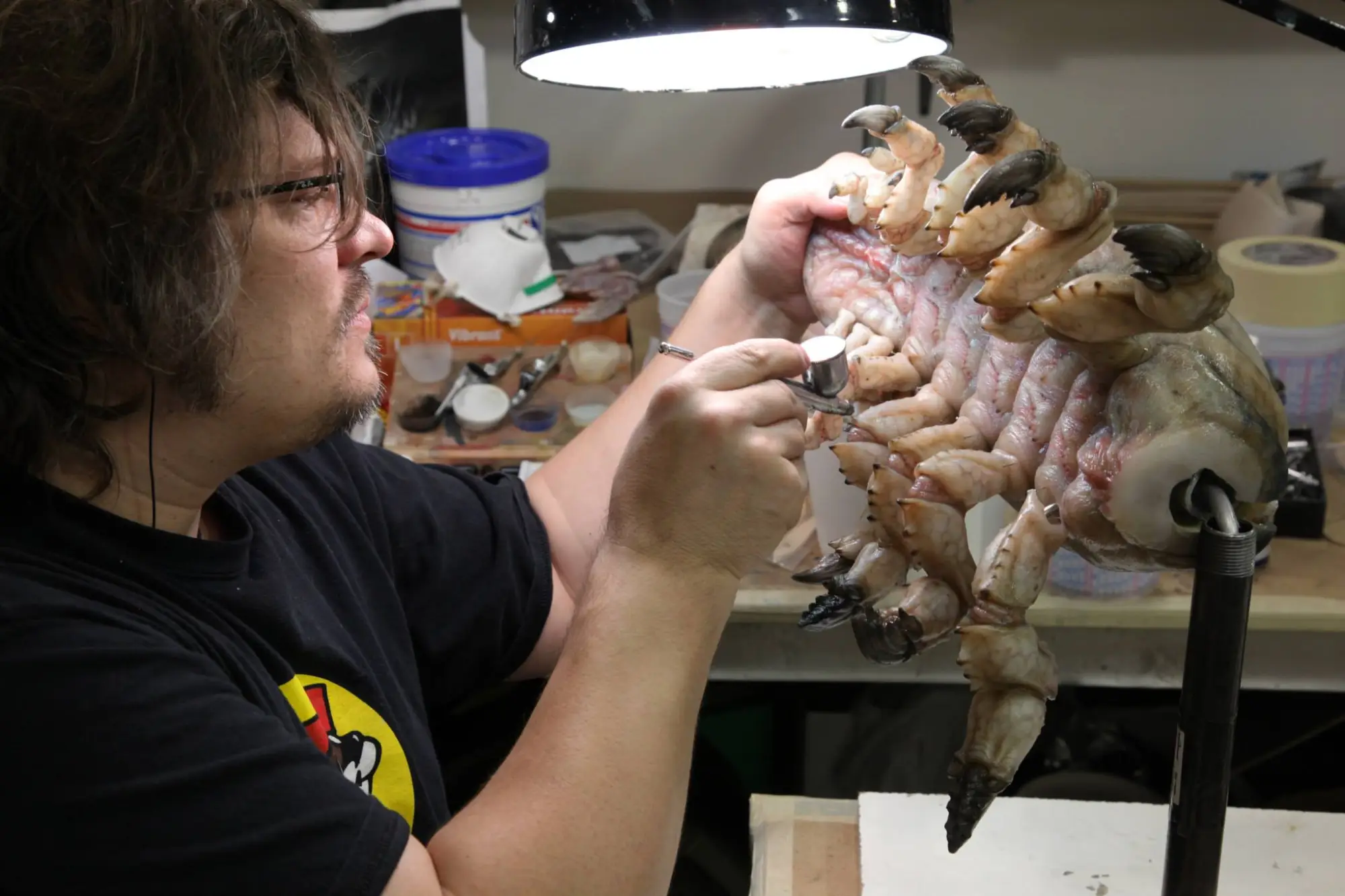
Russ Lukich paints a Parasite.
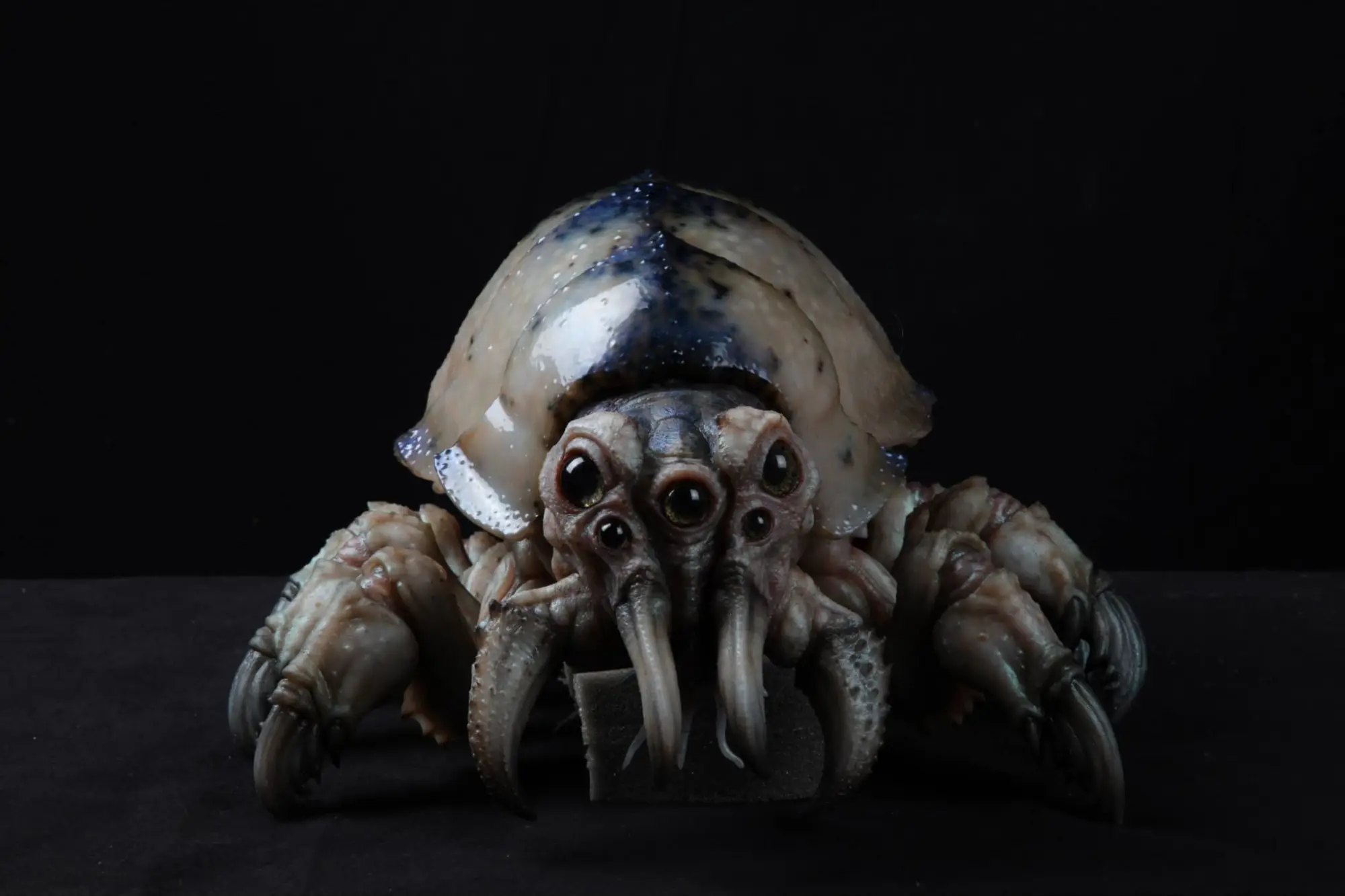
One of the Parasites, nicknamed ‘Rollie-Pollie’ by the Spectral Motion crew.
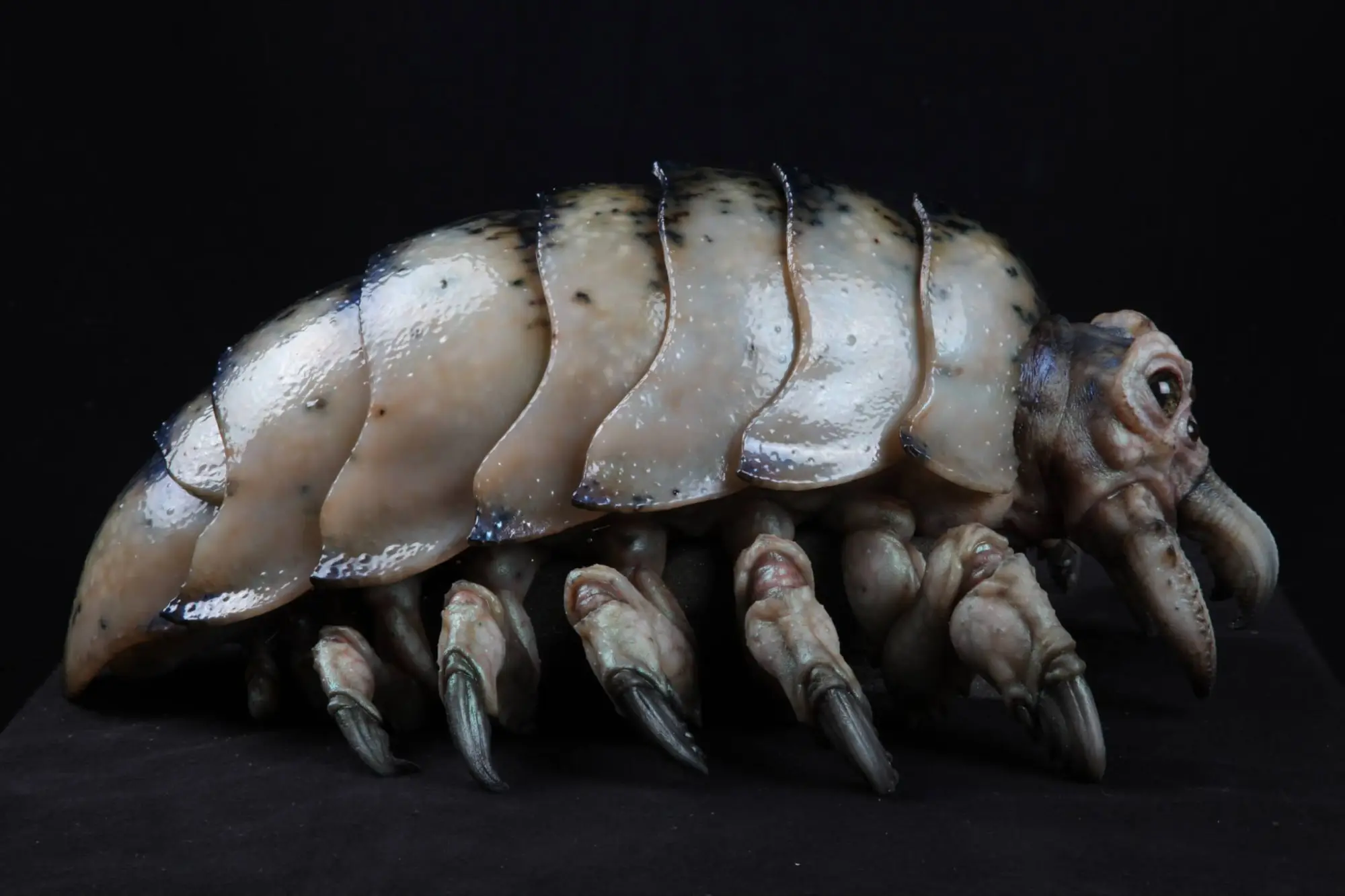
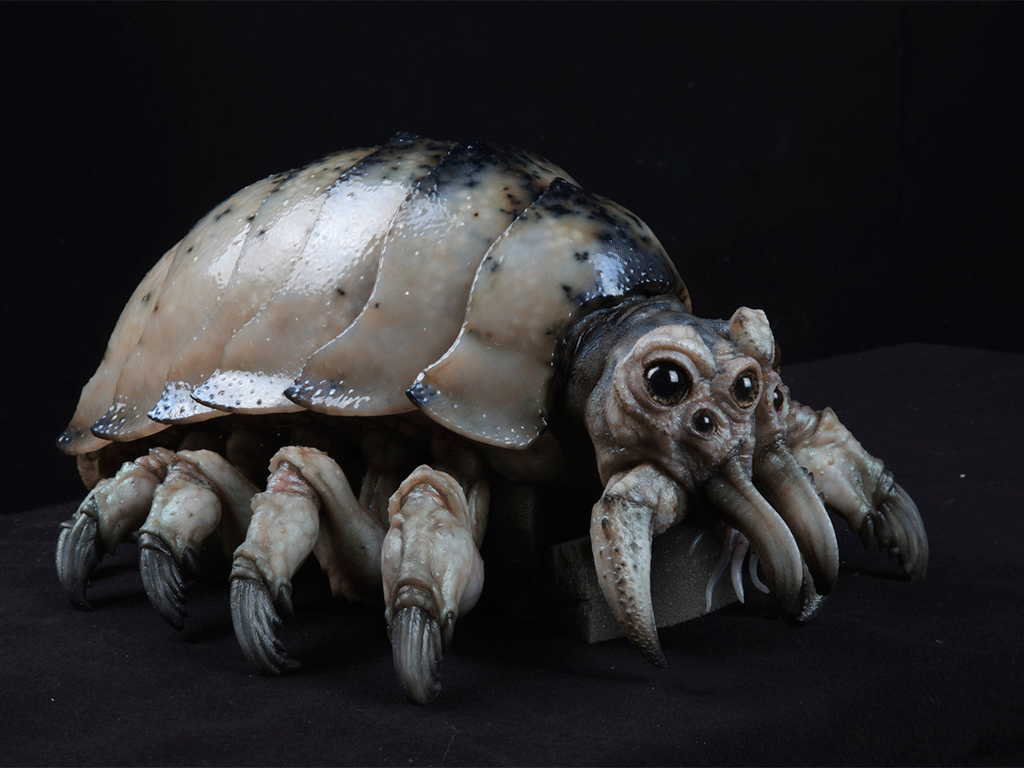
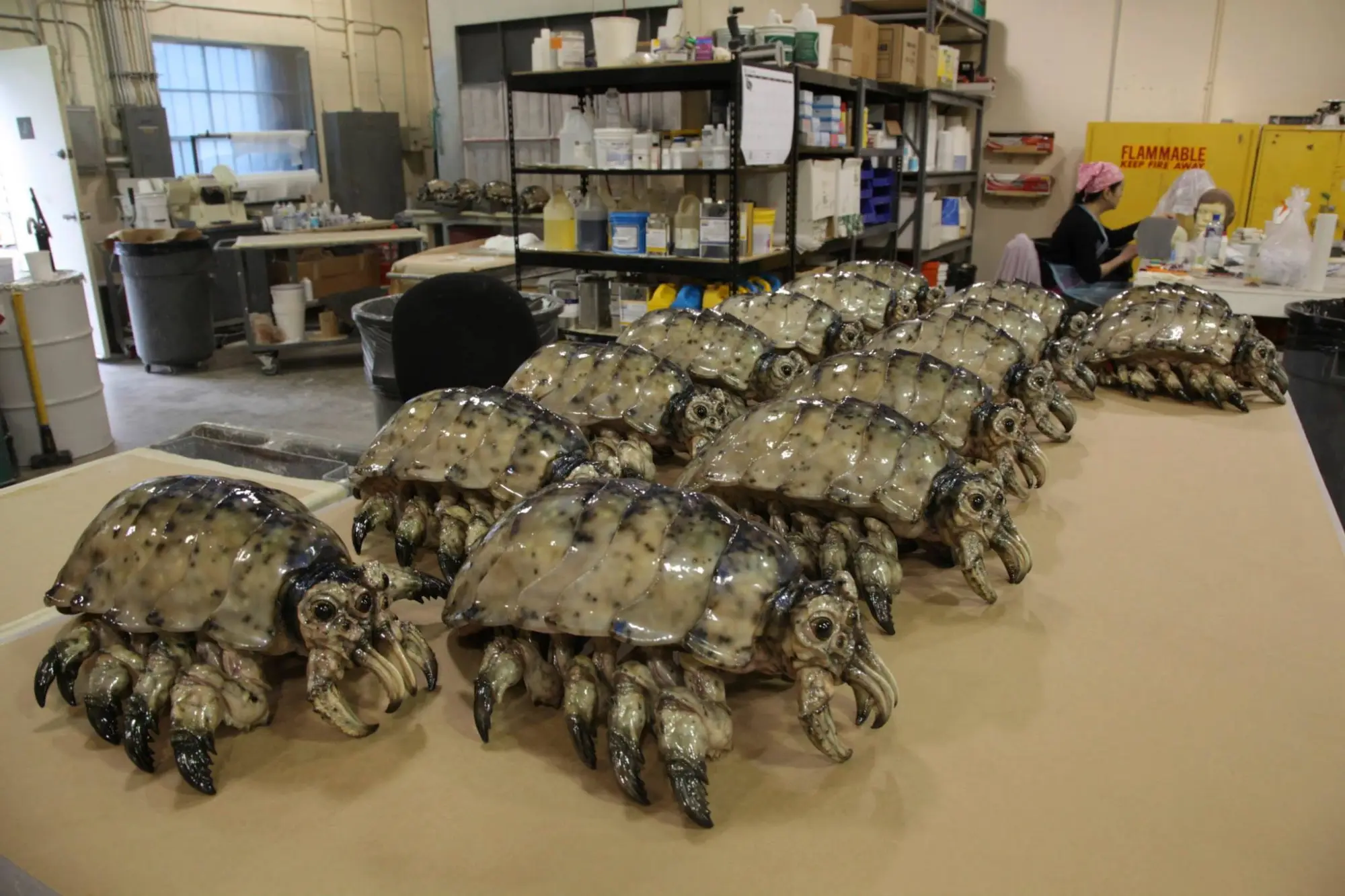
Rollie-Pollies ready in the shop.
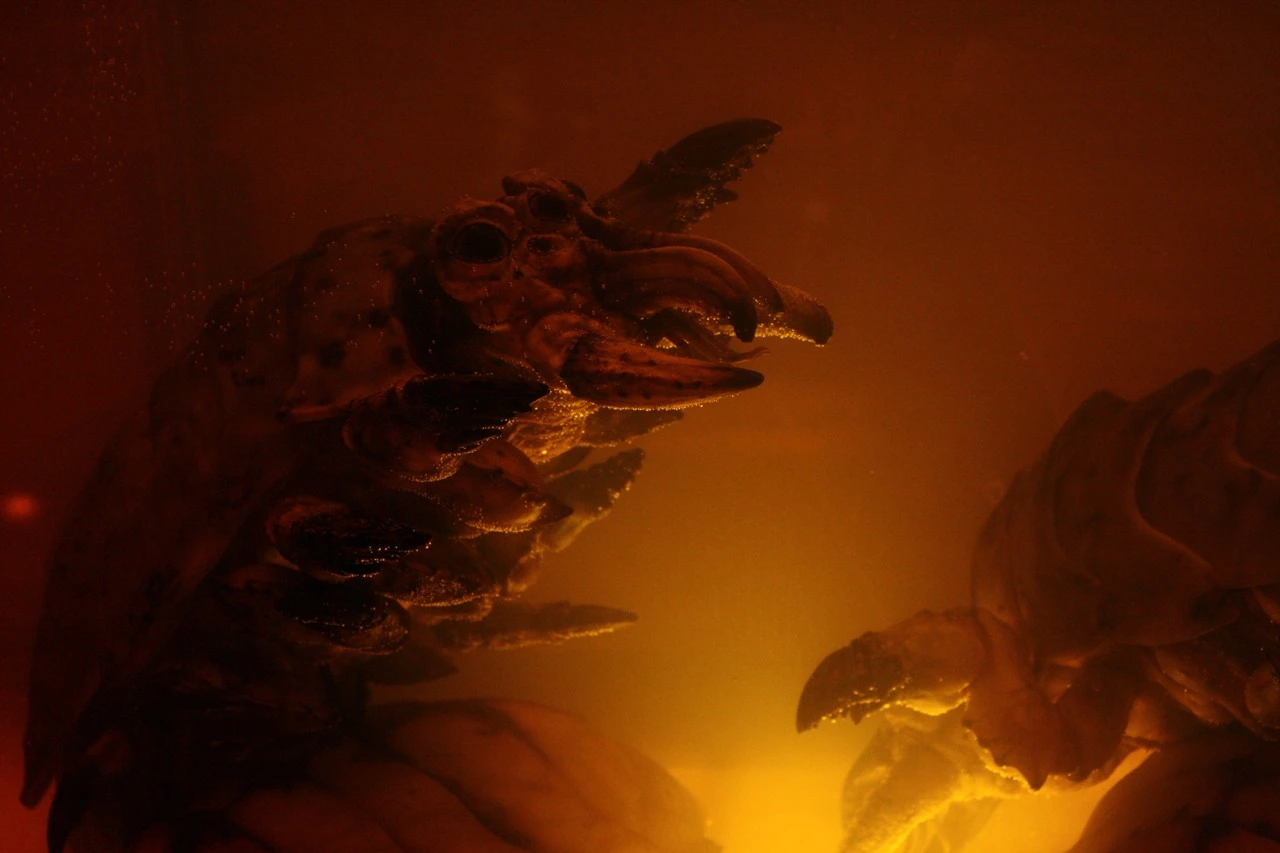
Rolliepollieseses
Raiju
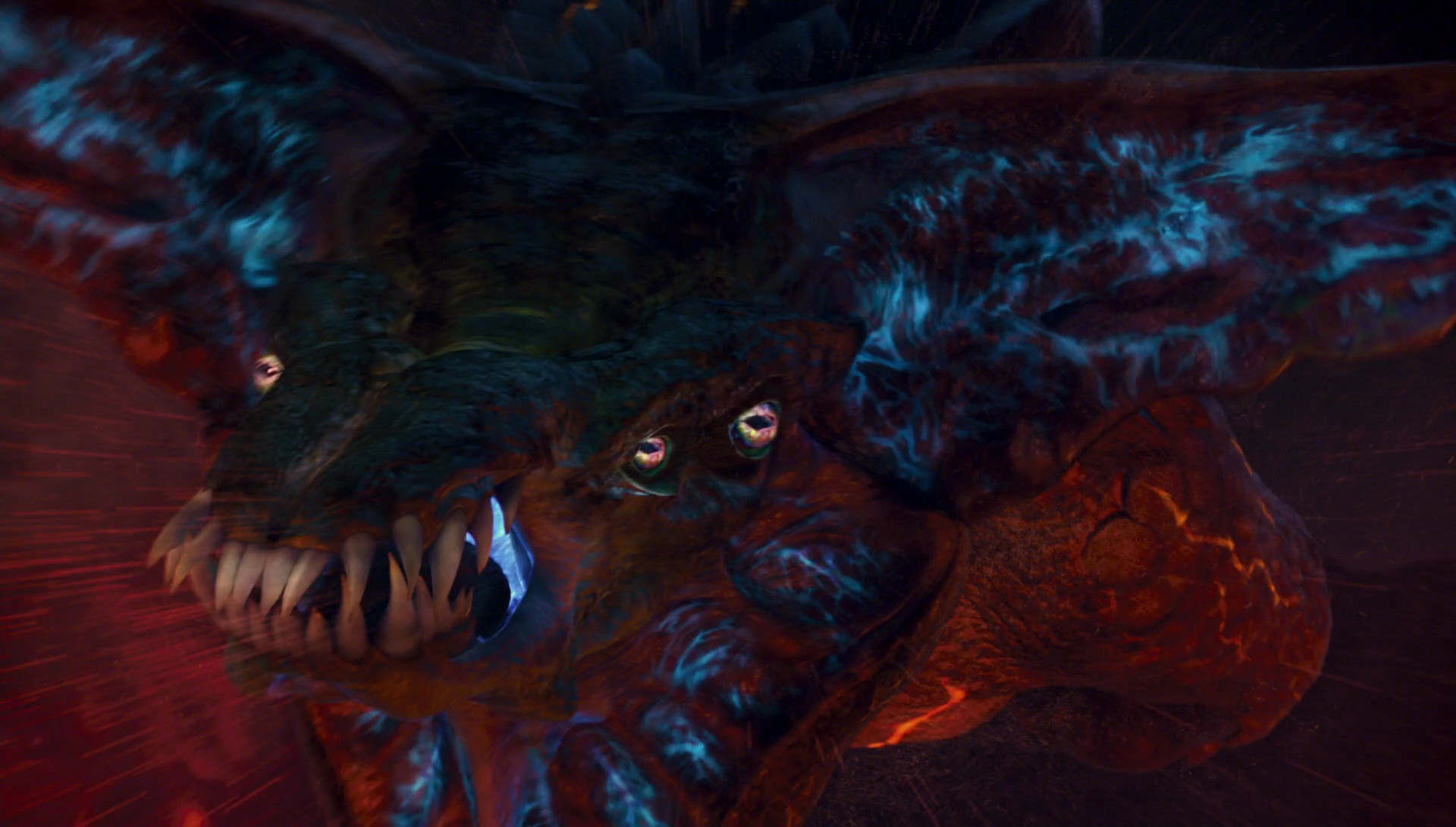
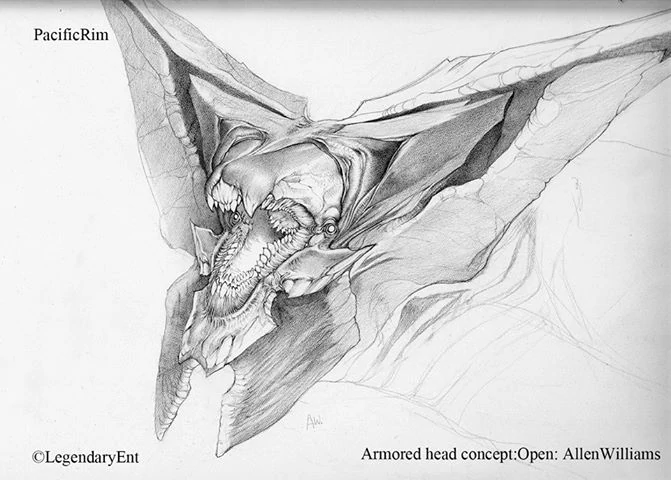
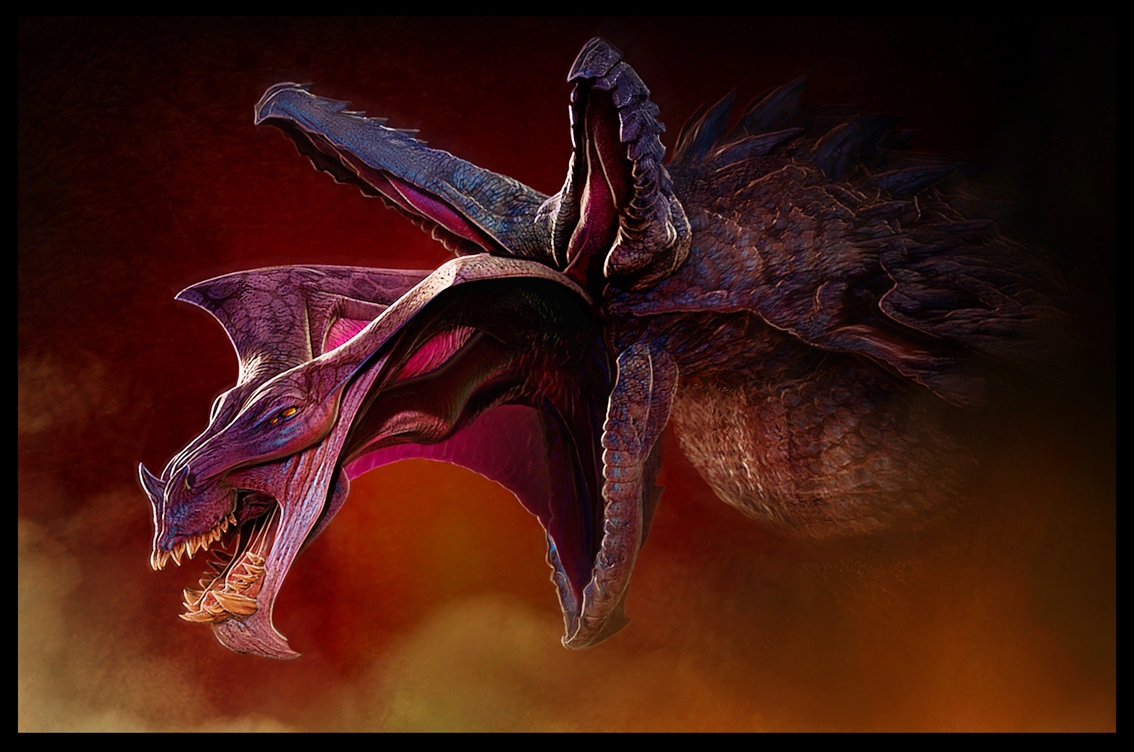
Early Raiju head concept by Simon Webber.
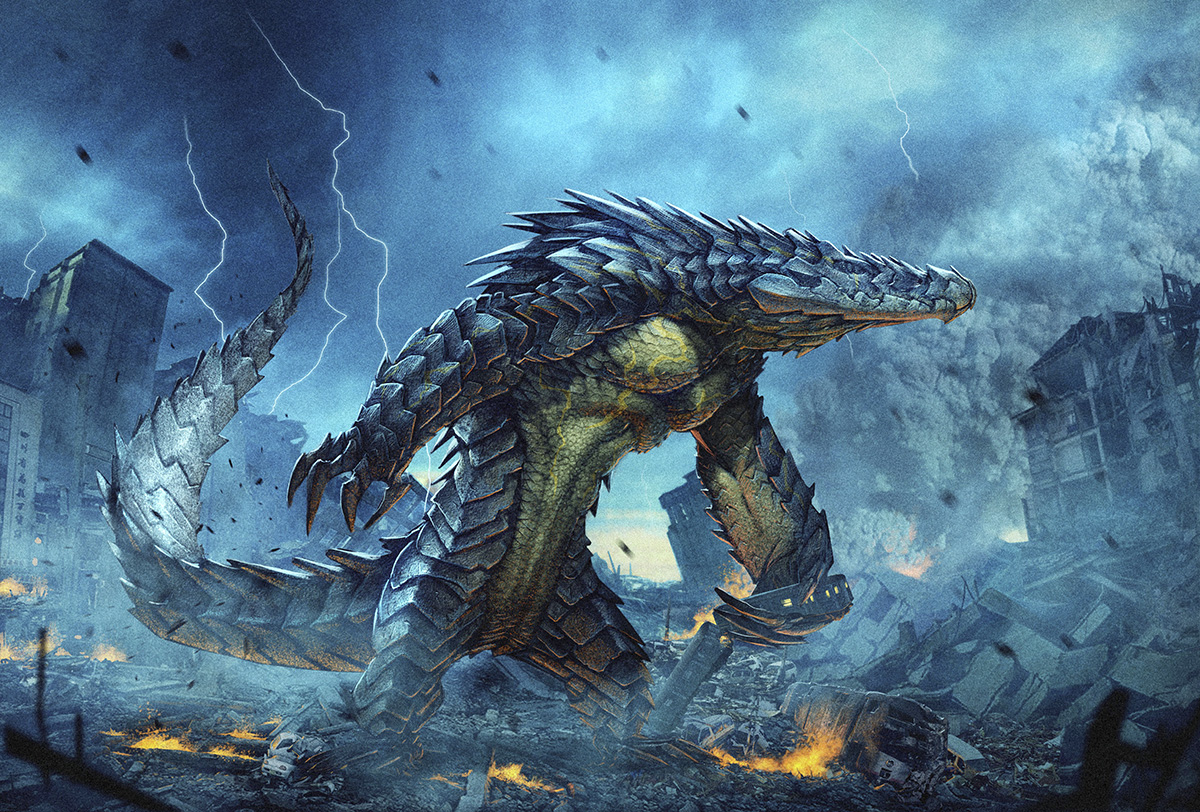
Raiju design by Francisco Ruiz Velasco.
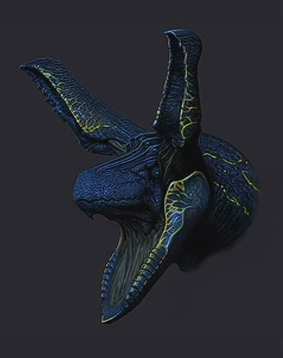
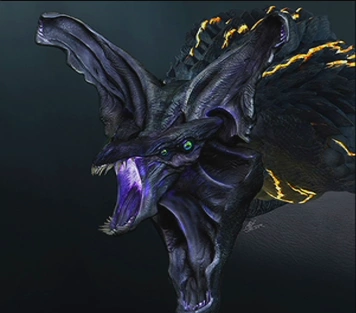
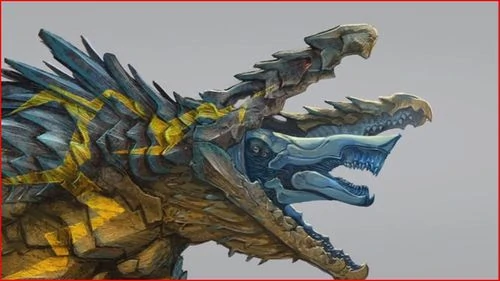
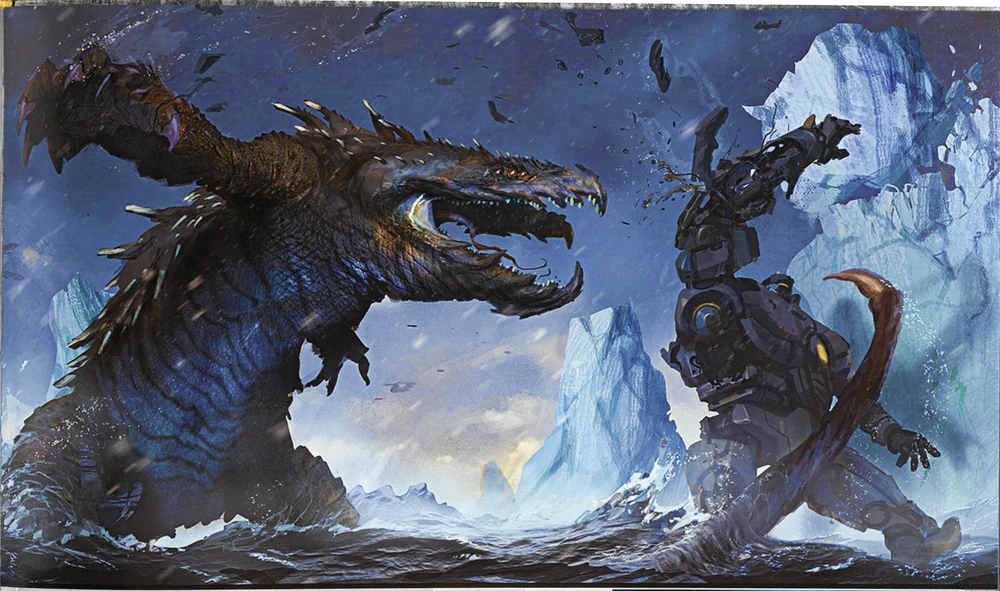
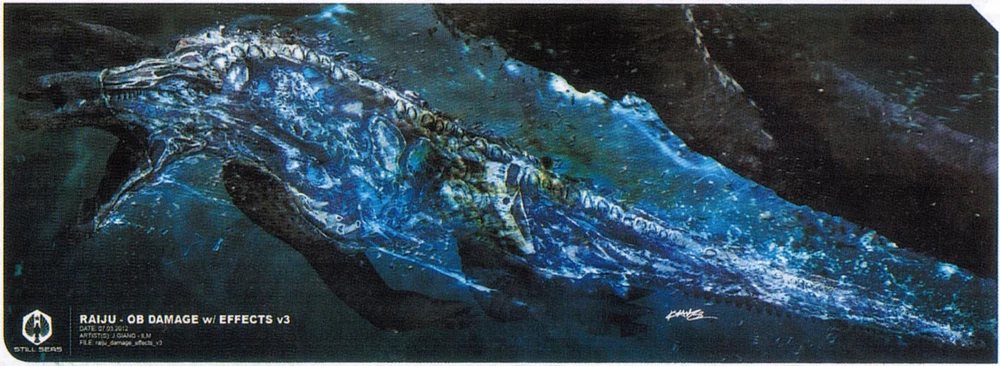
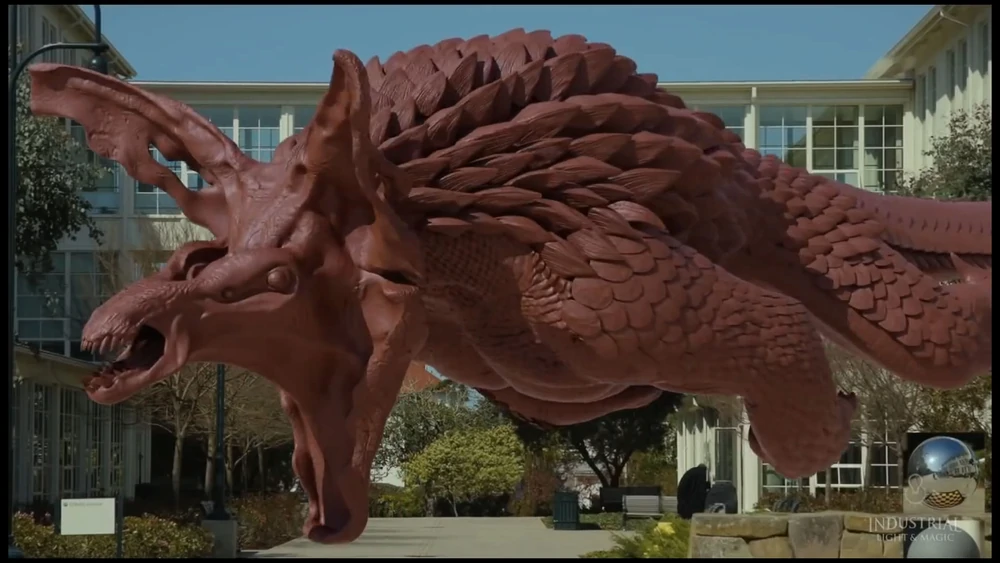
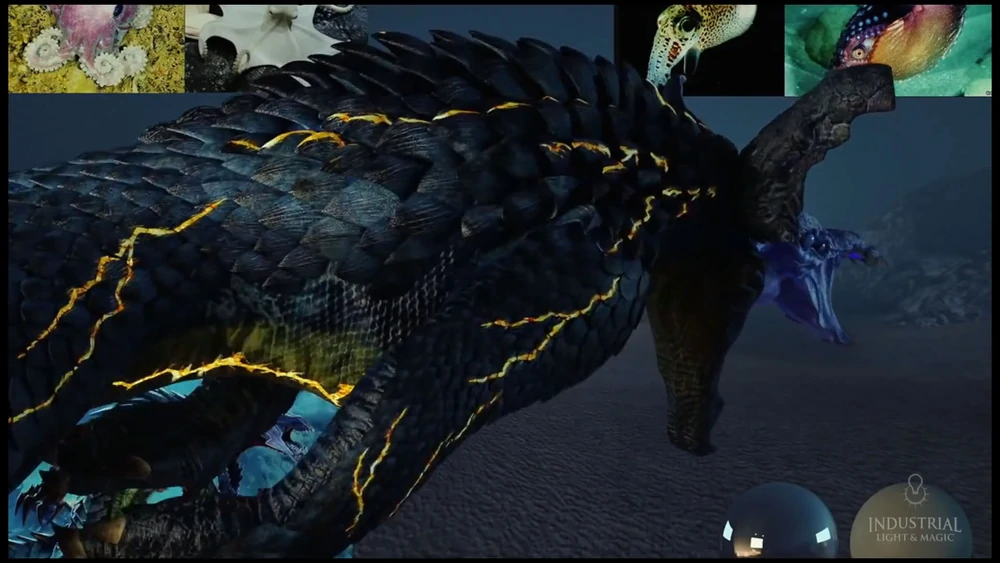
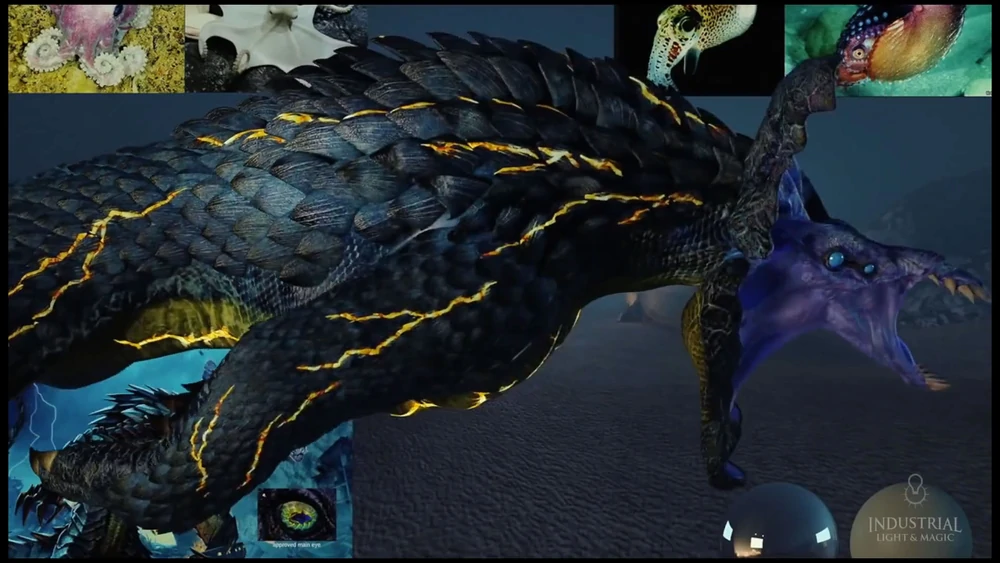
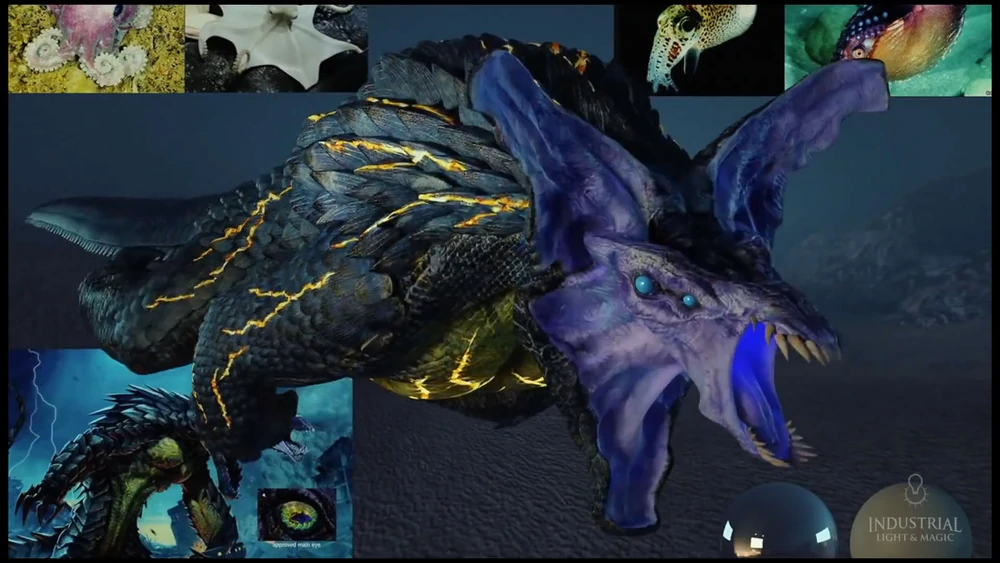
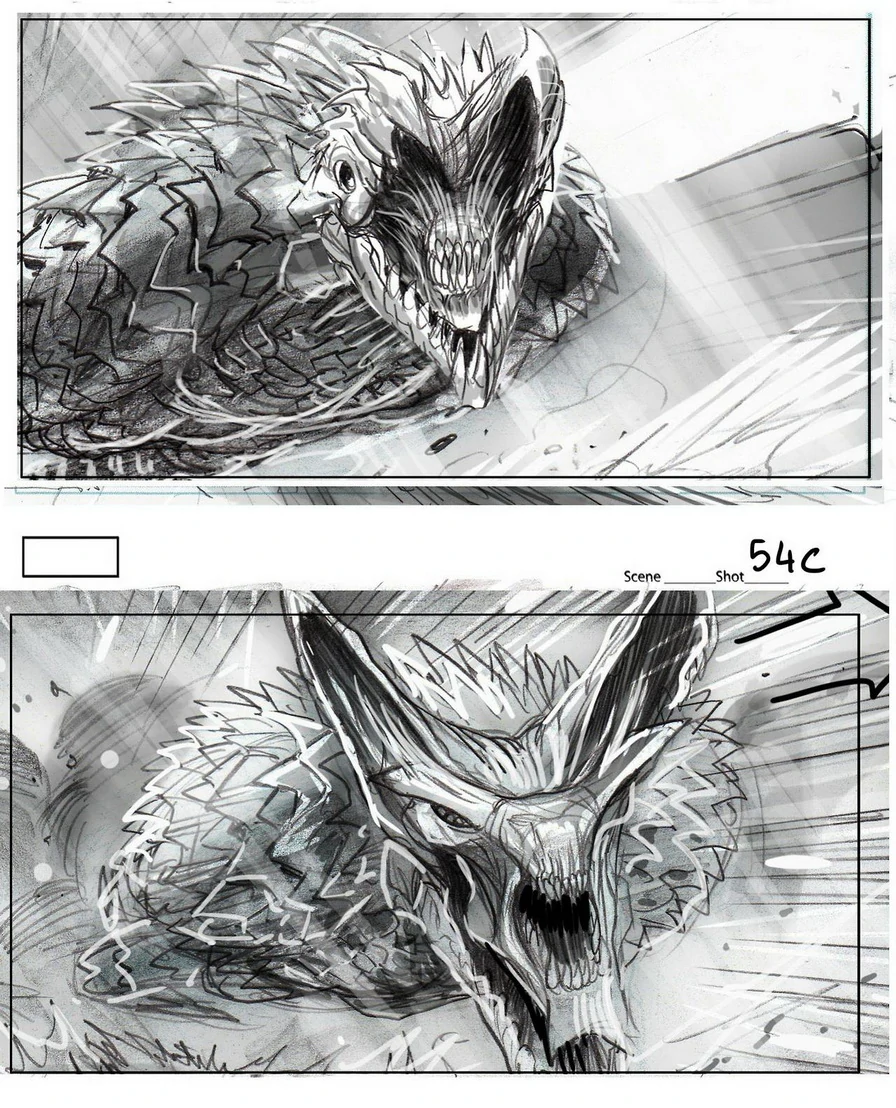
Reckoner

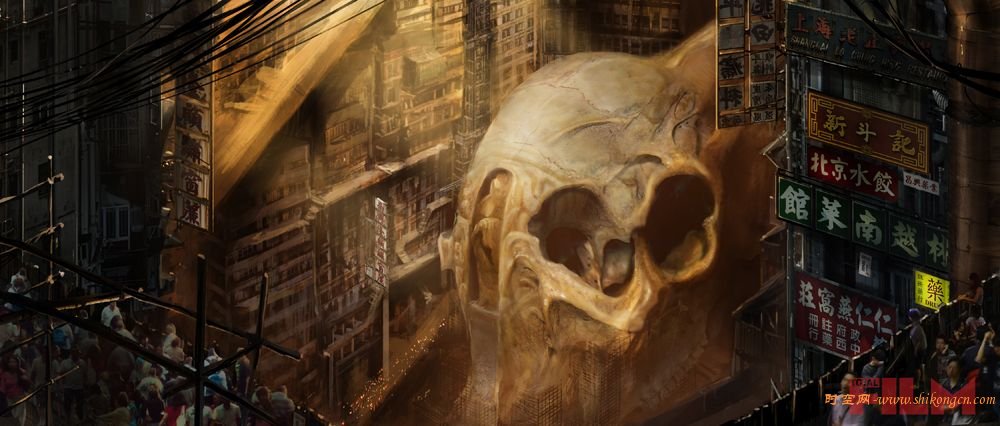
Reckoner concept art.
Scunner
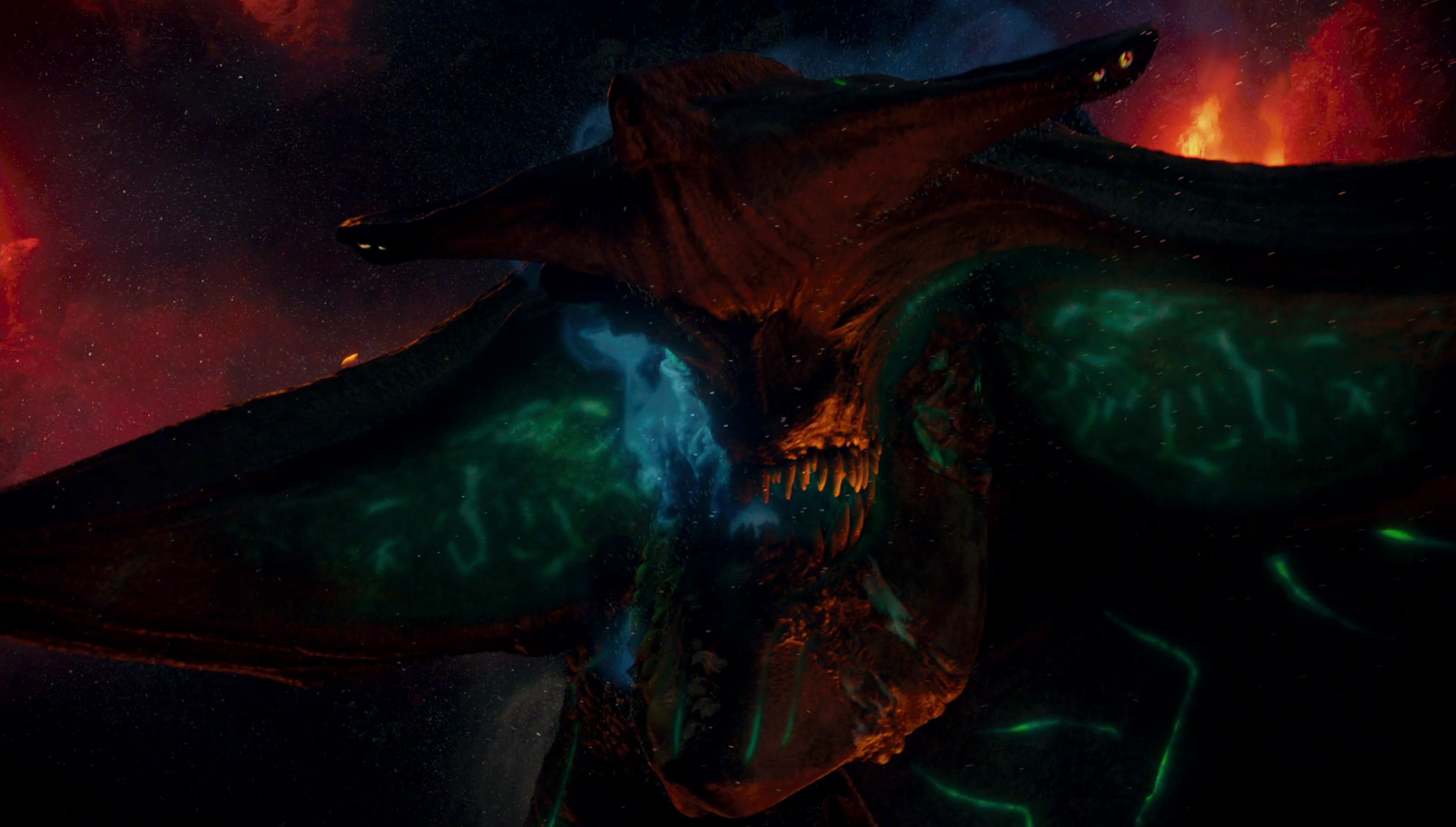
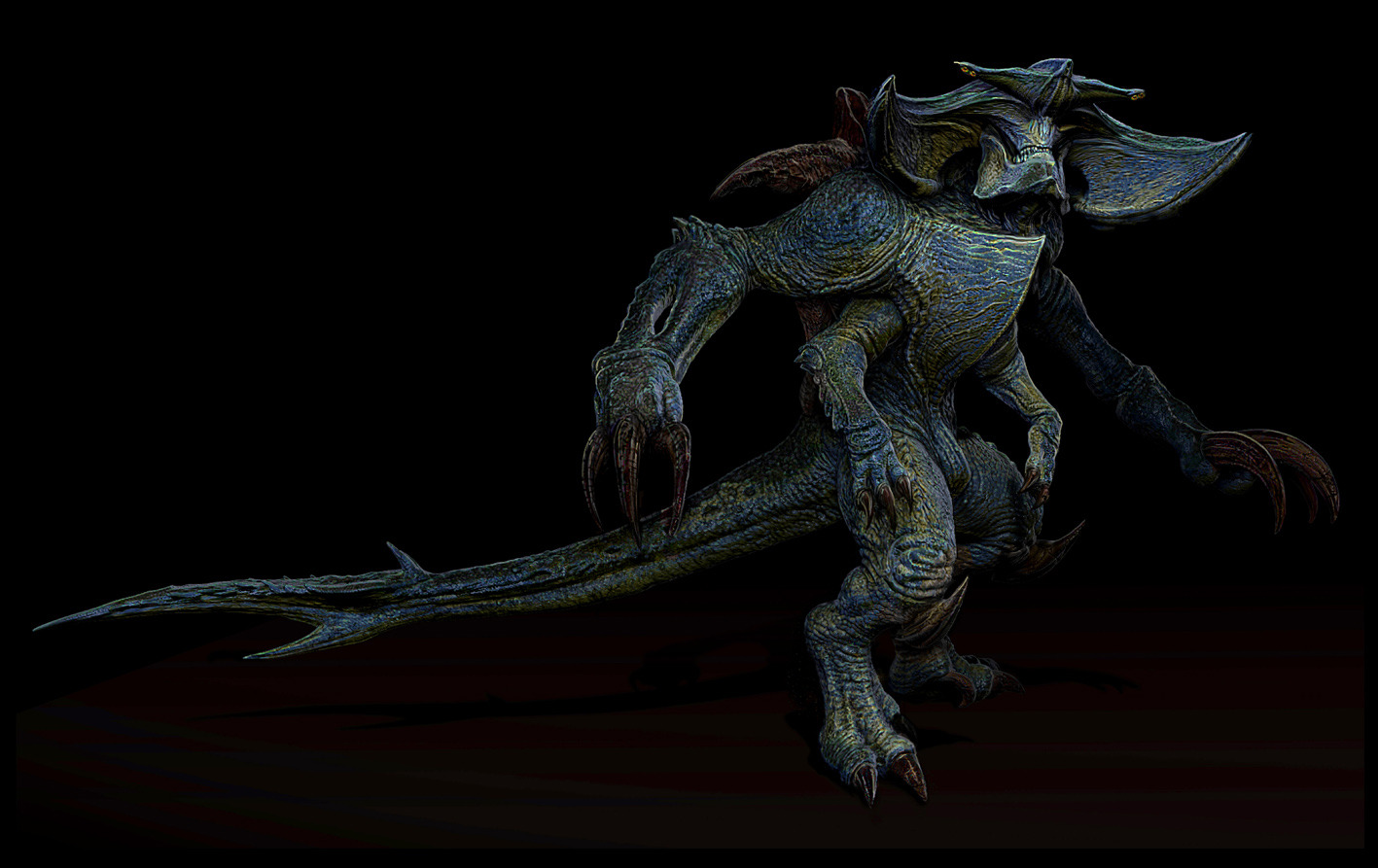
Scunner final design by Simon Webber.
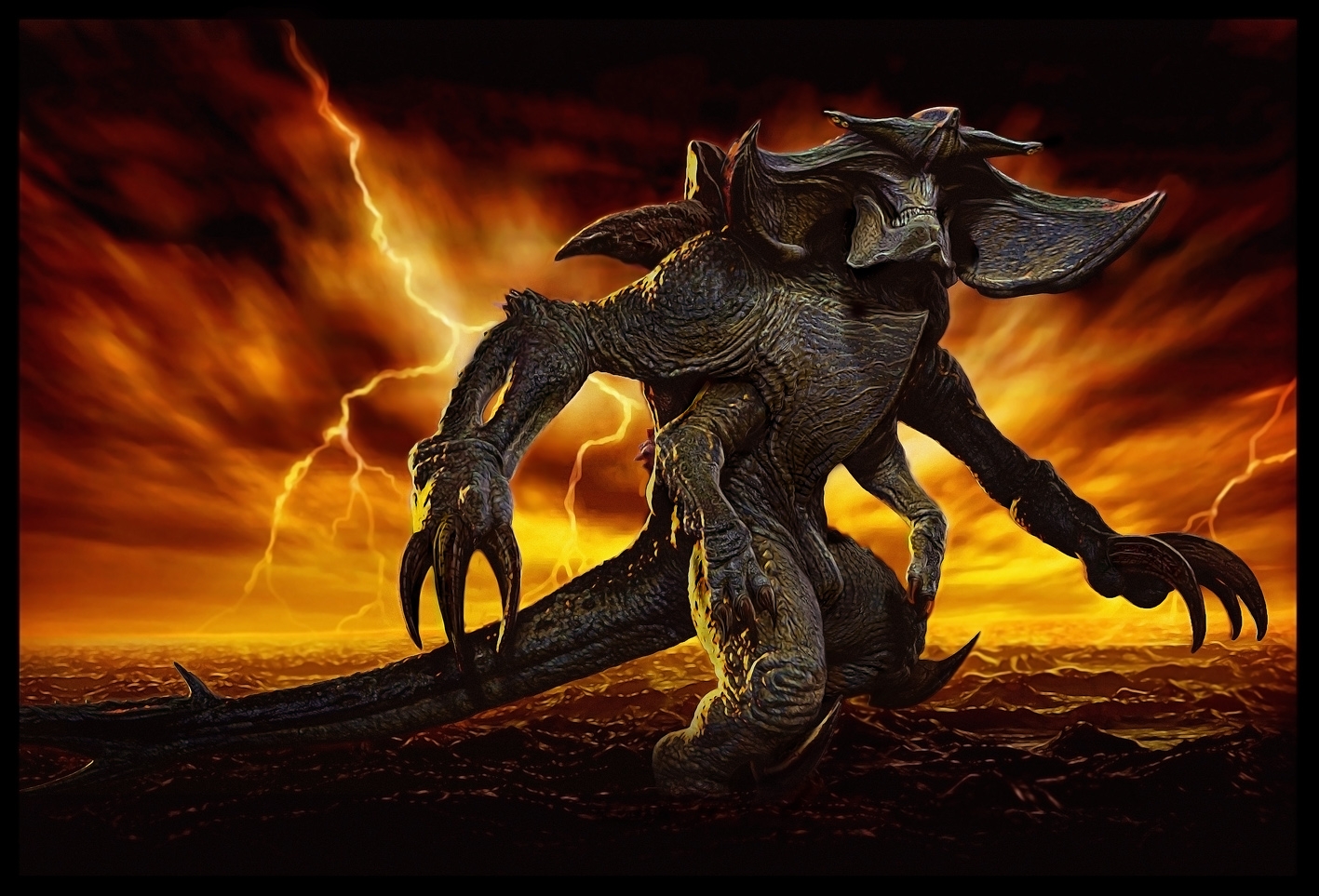
Scunner concept backr
Slattern

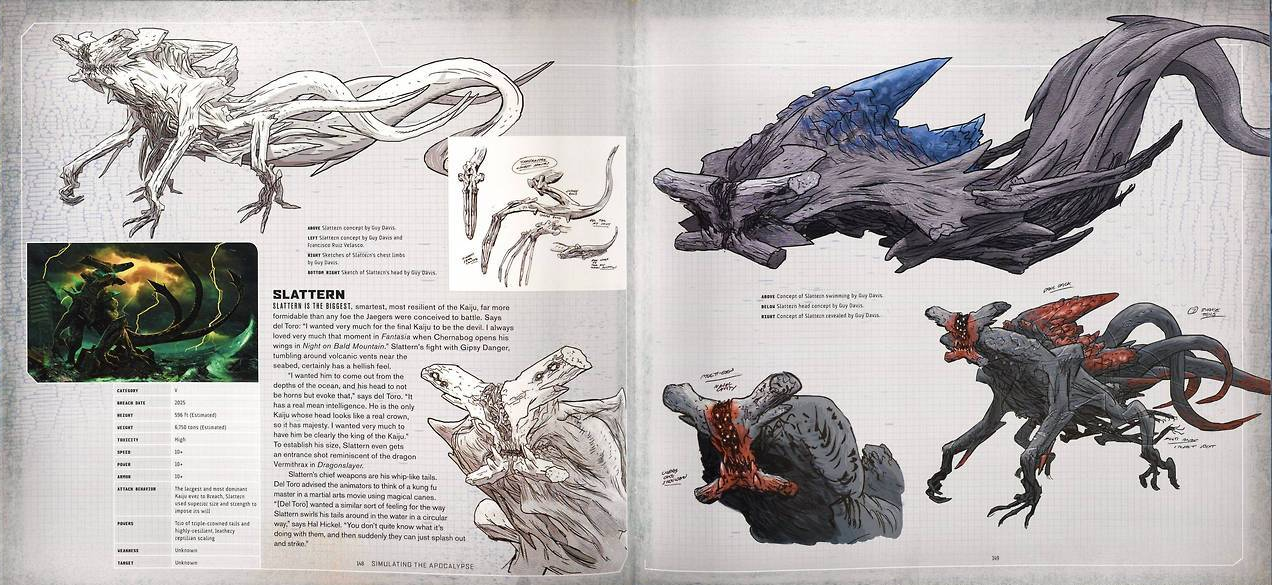

Slattern concept by Guy Davis.

Head detail.
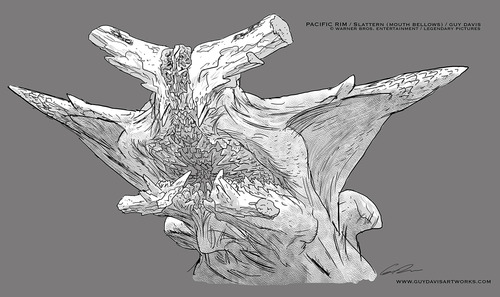
An iteration with a big mouth and a cobra-like hood.
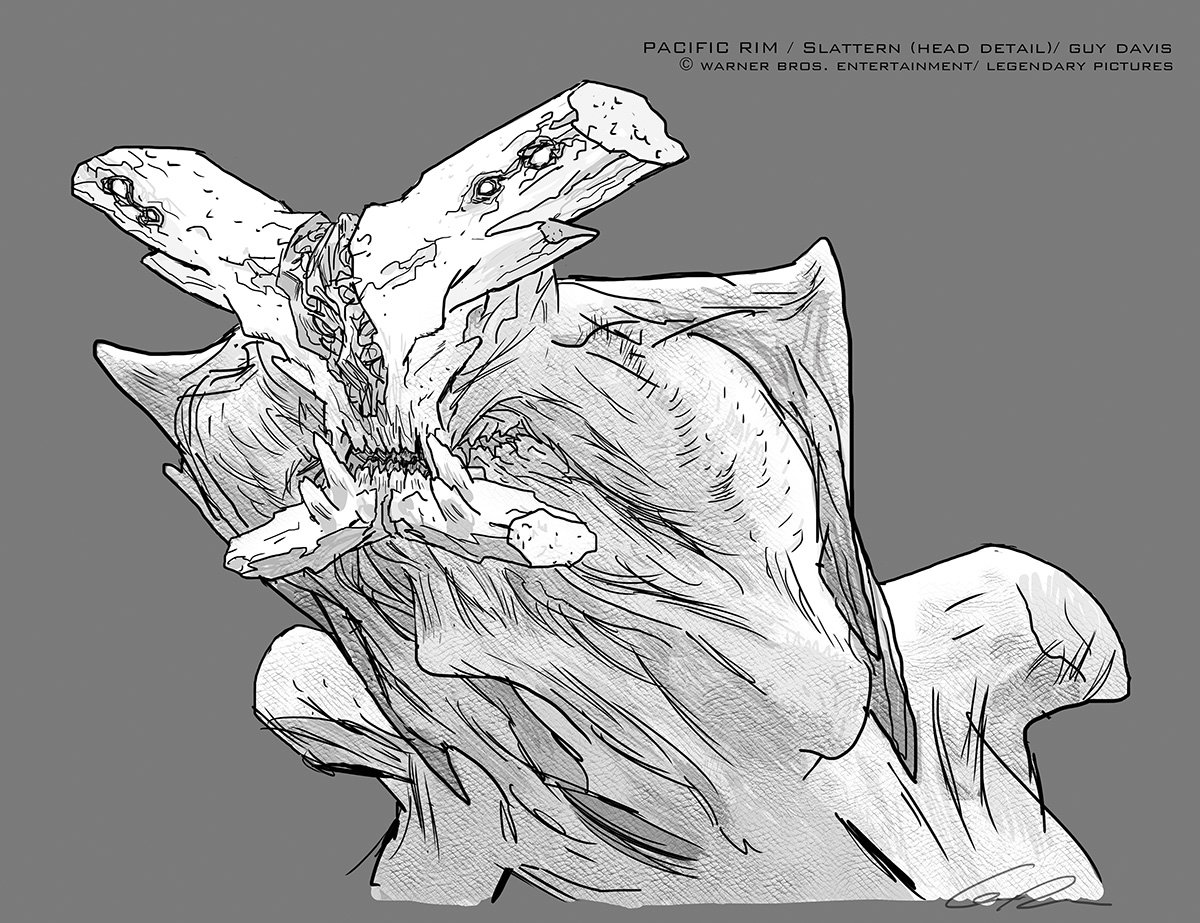
Slattern head concept by Guy Davis.
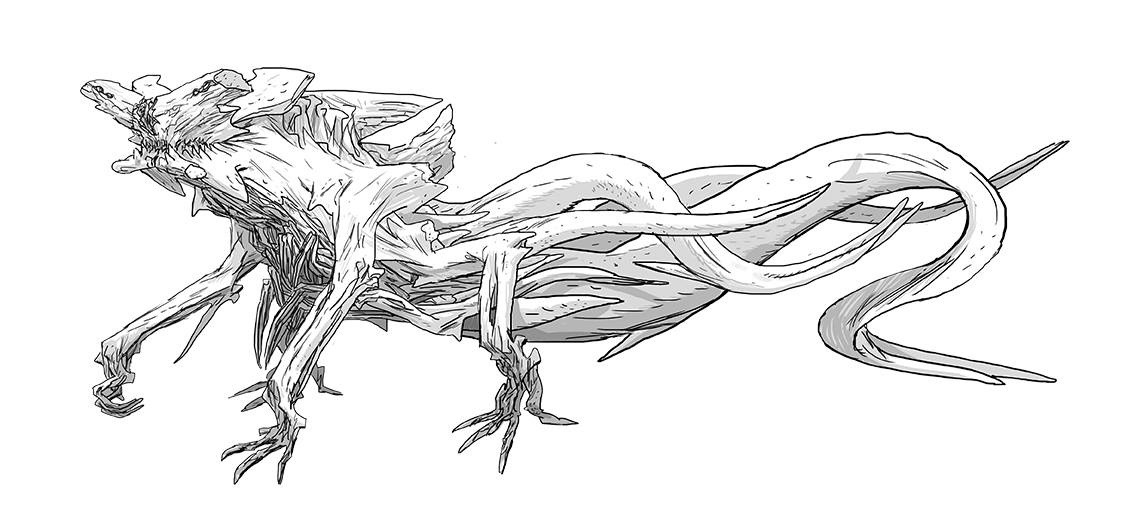
Slattern almost-final design by Guy Davis.
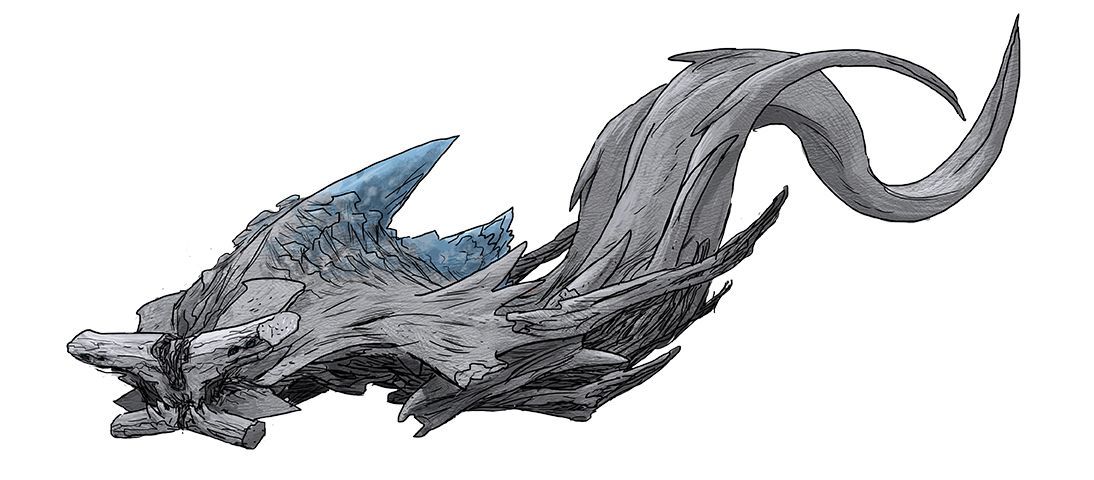
Concept art of Slattern swimming by Guy Davis.
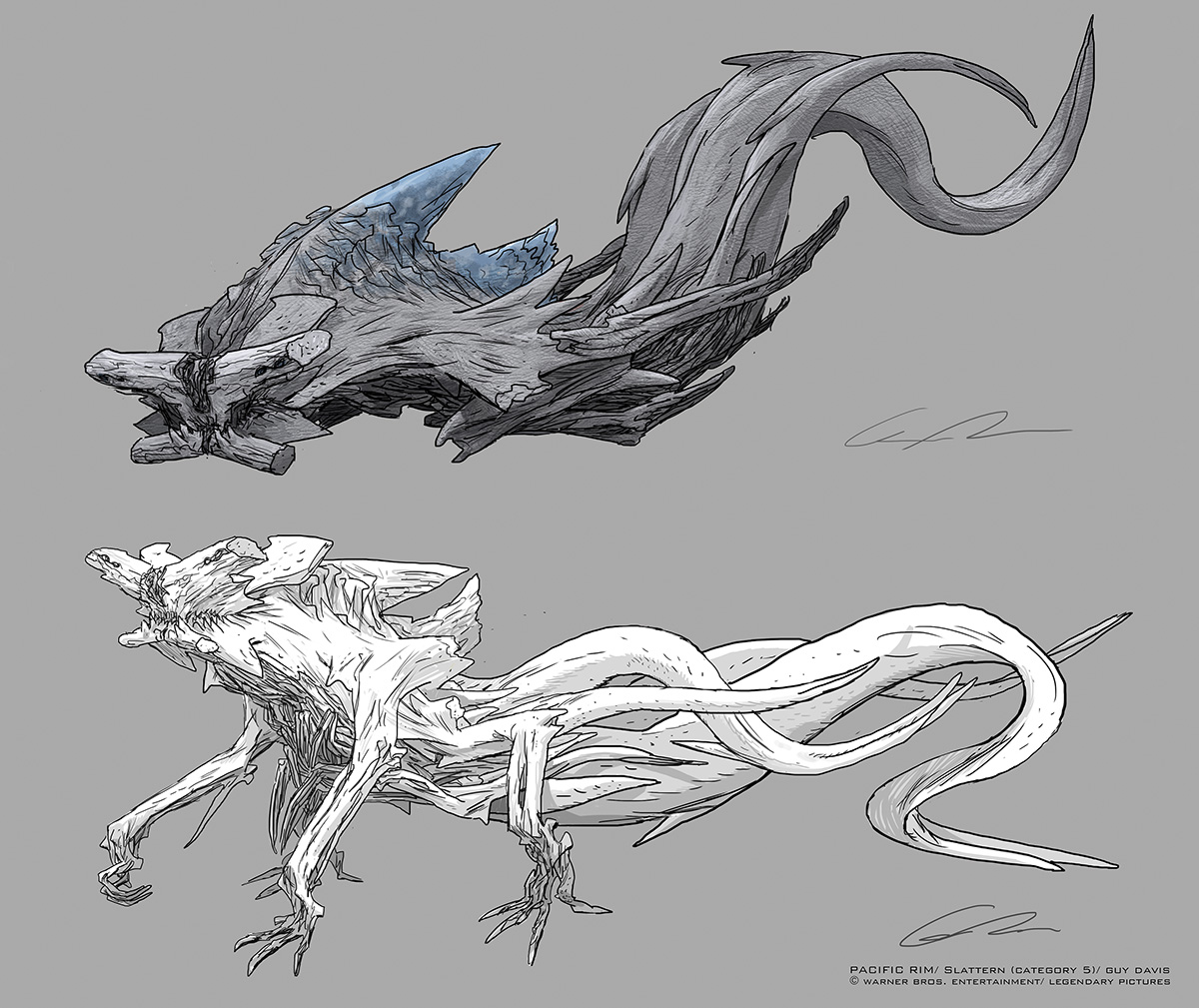
Slattern concepts

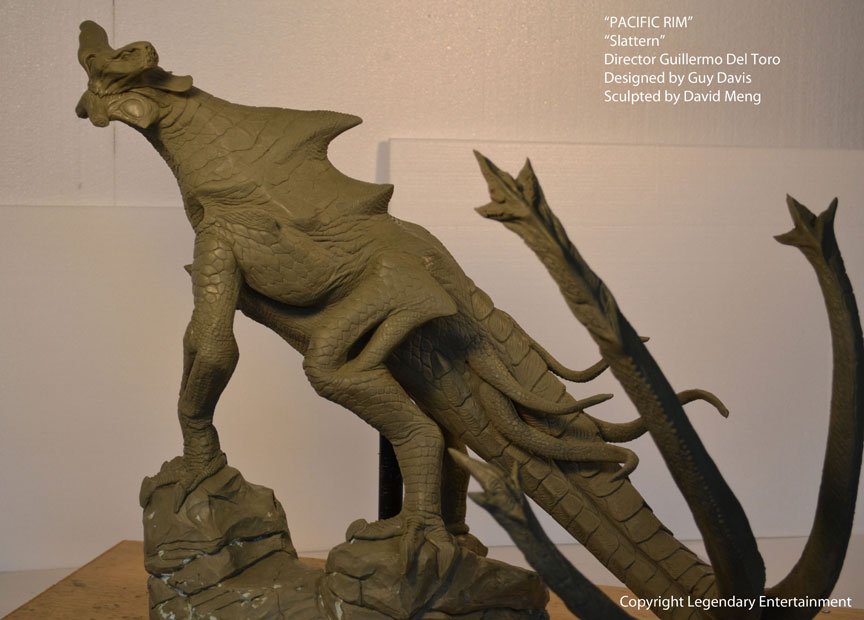
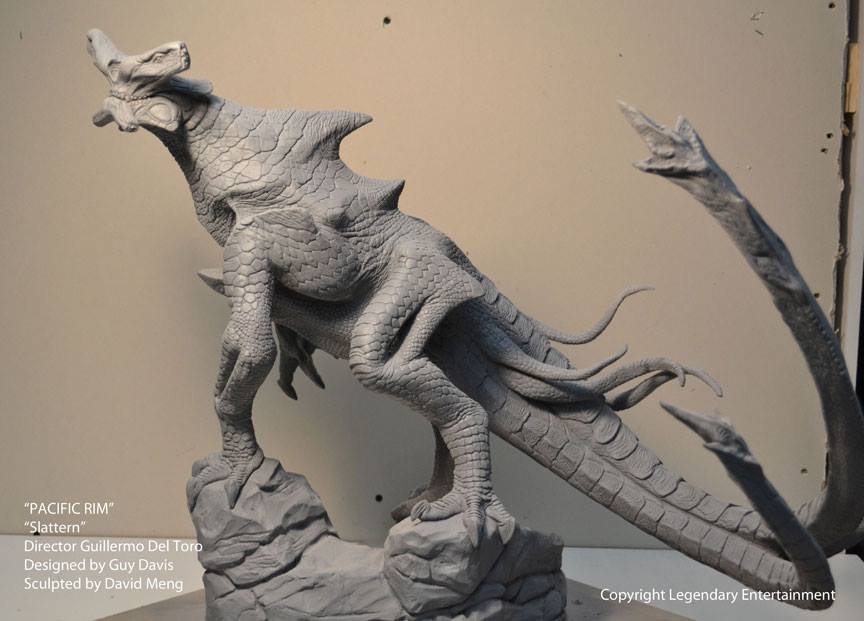
Unpainted maquette of Slattern.

Final painted maquette of Slattern.
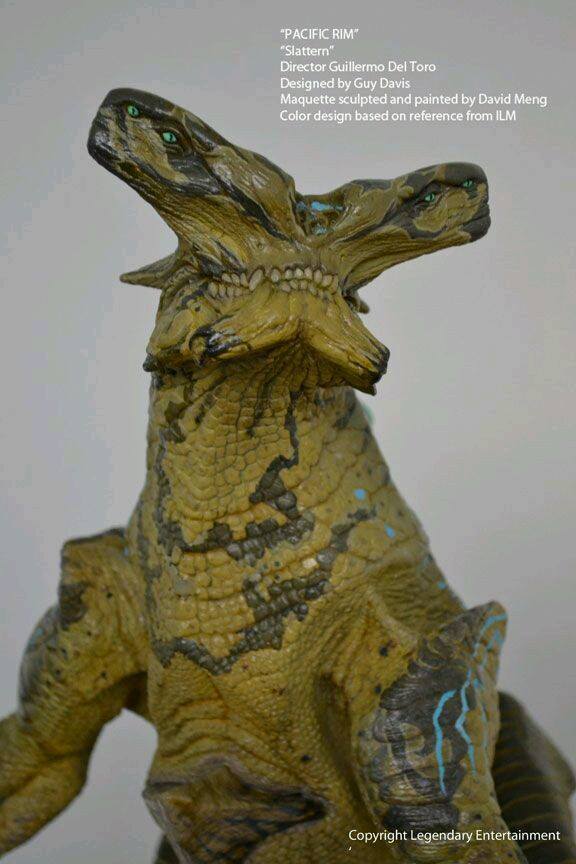
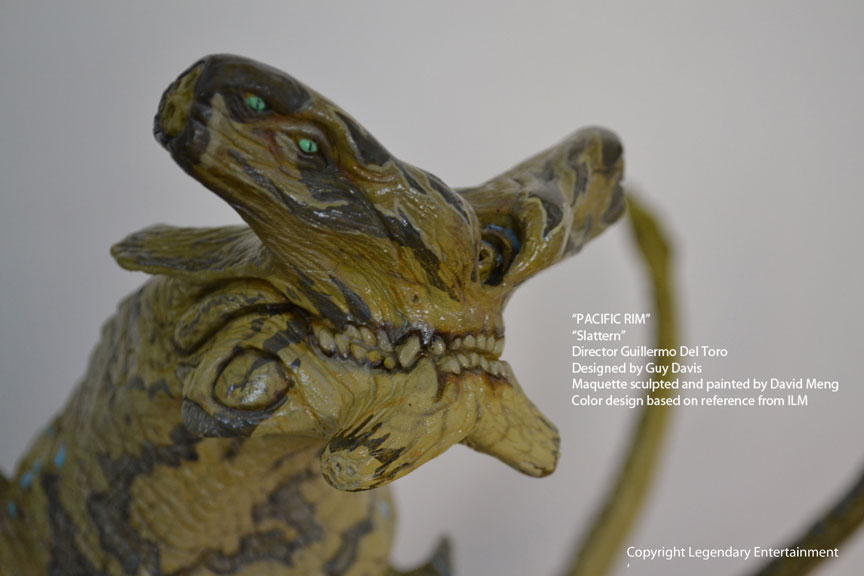

'크리쳐 Creature > 잡다 정리' 카테고리의 다른 글
| [DB] 골룸 Gollum The Lord Of The Rings (0) | 2023.02.09 |
|---|---|
| [DB] 스마우그 Smaug Hobbit (0) | 2023.02.08 |
| [DB] 스위트홈 시즌1 크리쳐 디자인 Sweet Home Season1 Creature Design (0) | 2022.11.30 |
| [DB] 한국의 요괴 크리쳐 몬스터 Mythical Creature of Korea (0) | 2022.07.20 |
| [DB] 데모고르곤 기묘한 이야기 Demogorgon Stranger Things (0) | 2022.06.26 |

